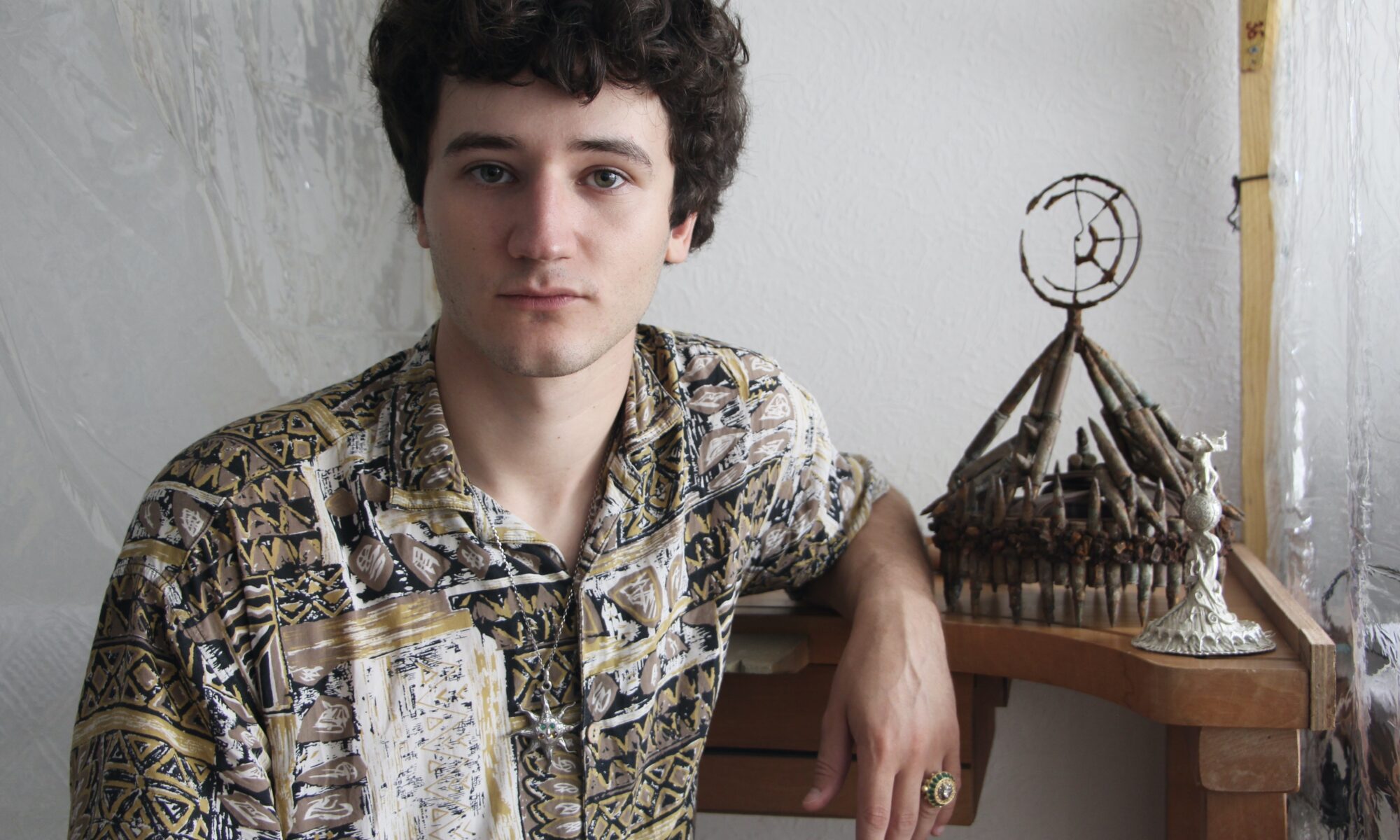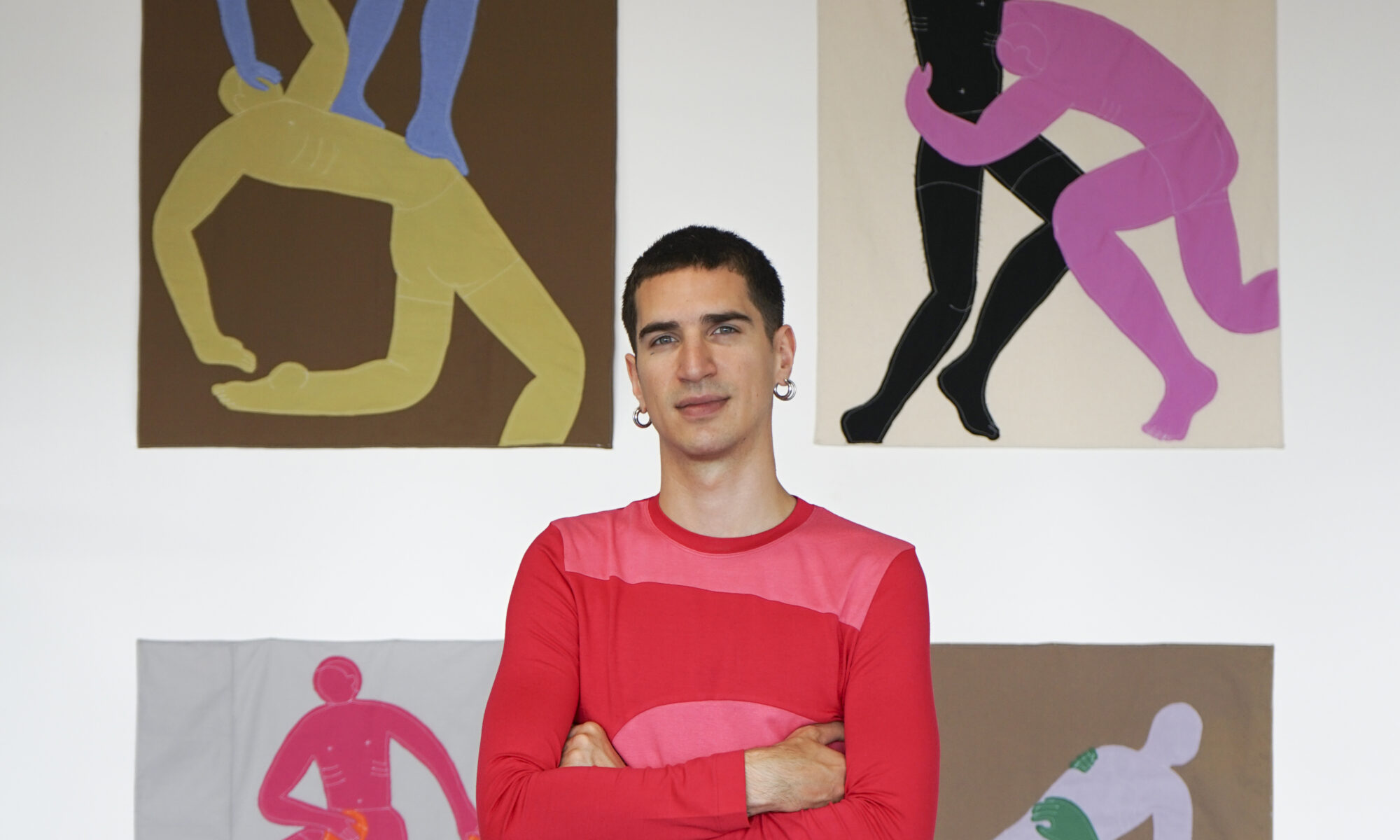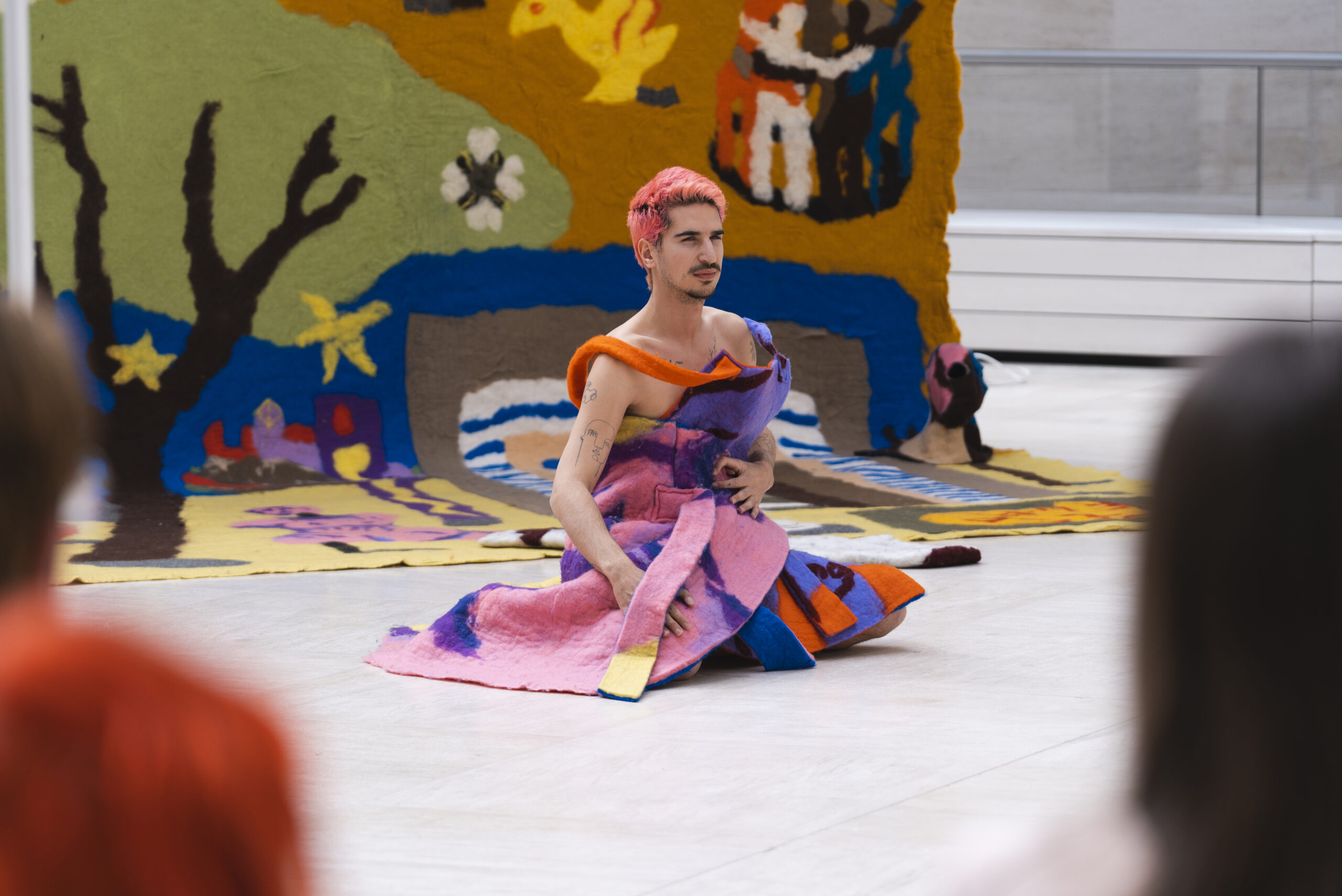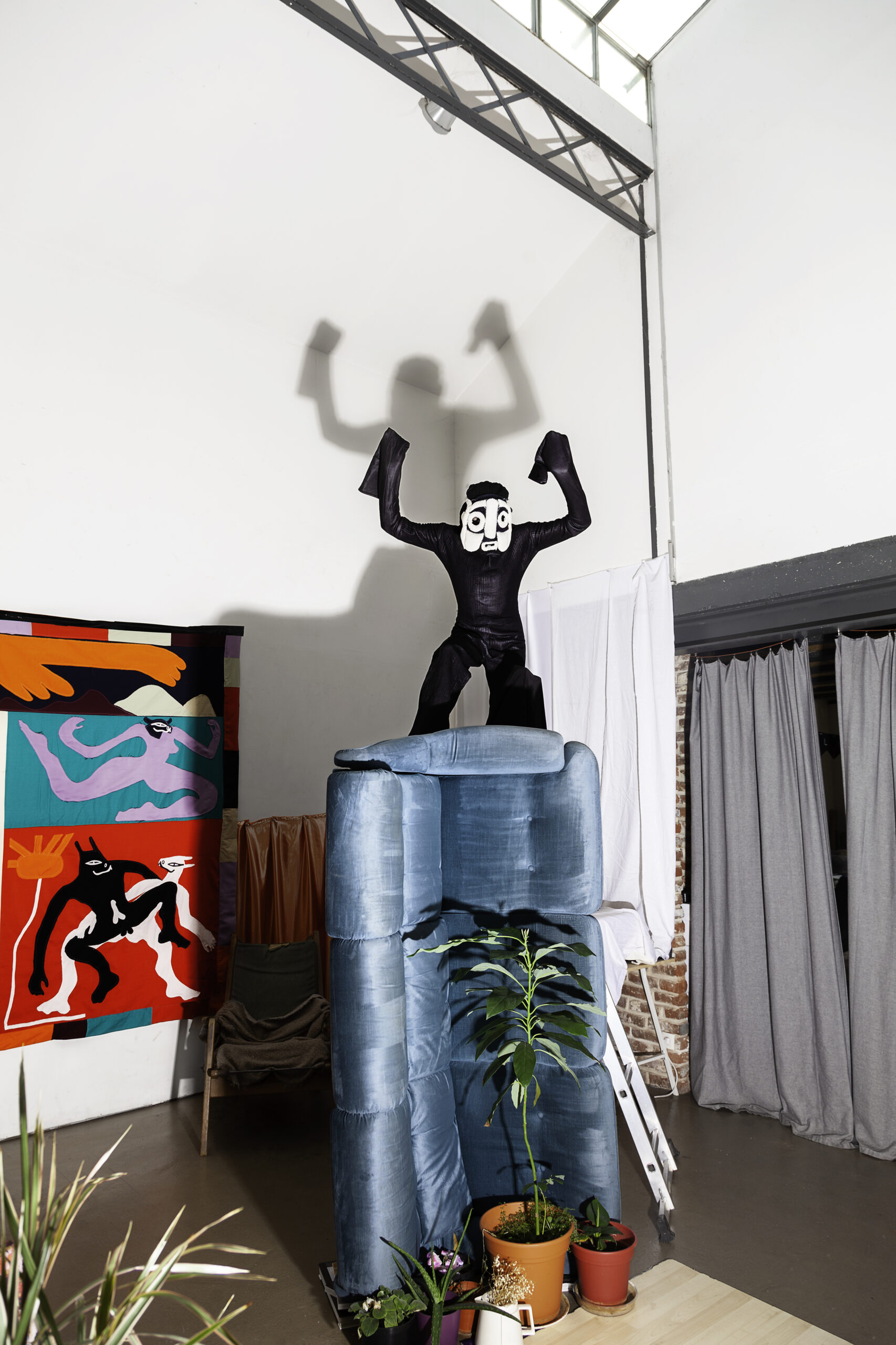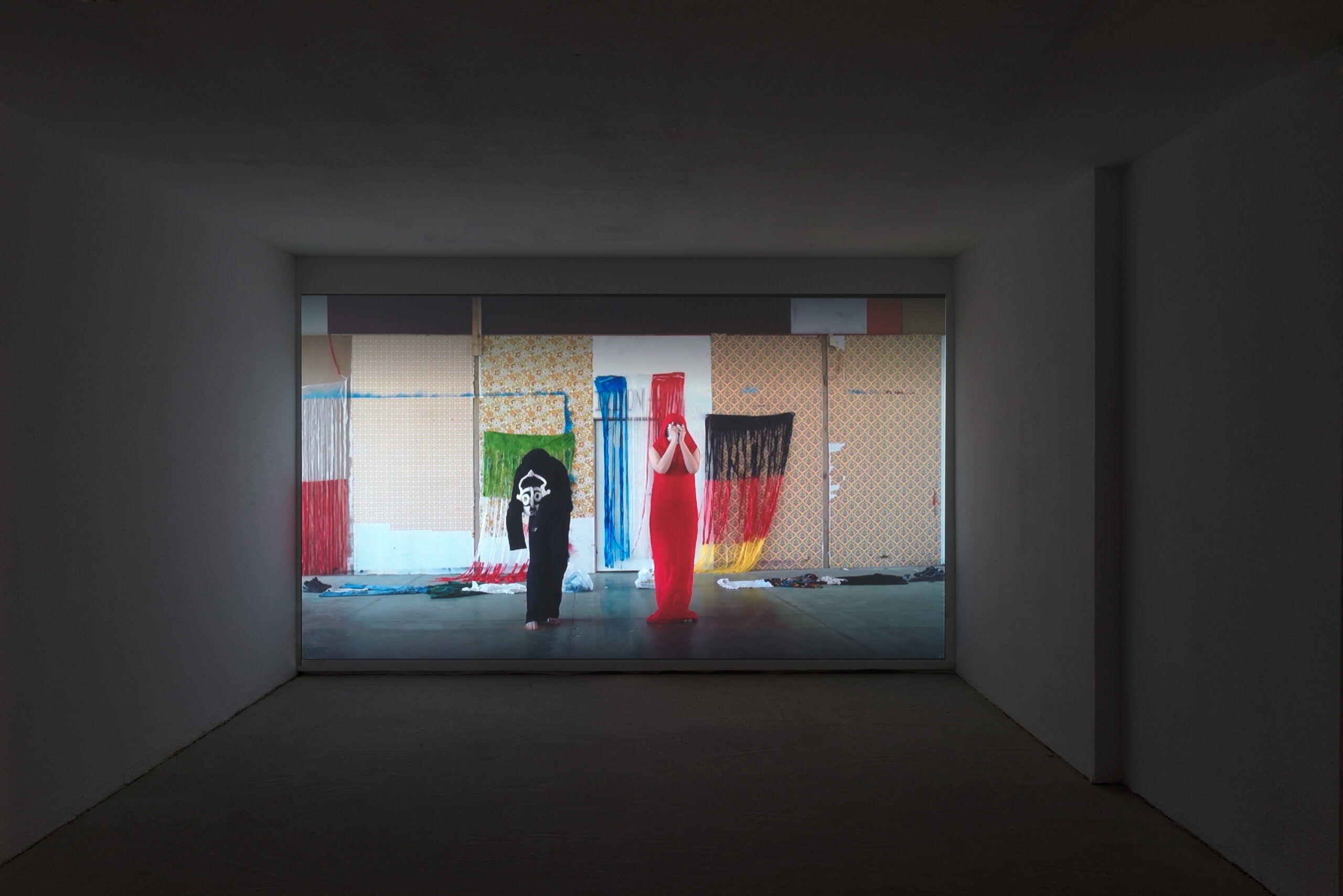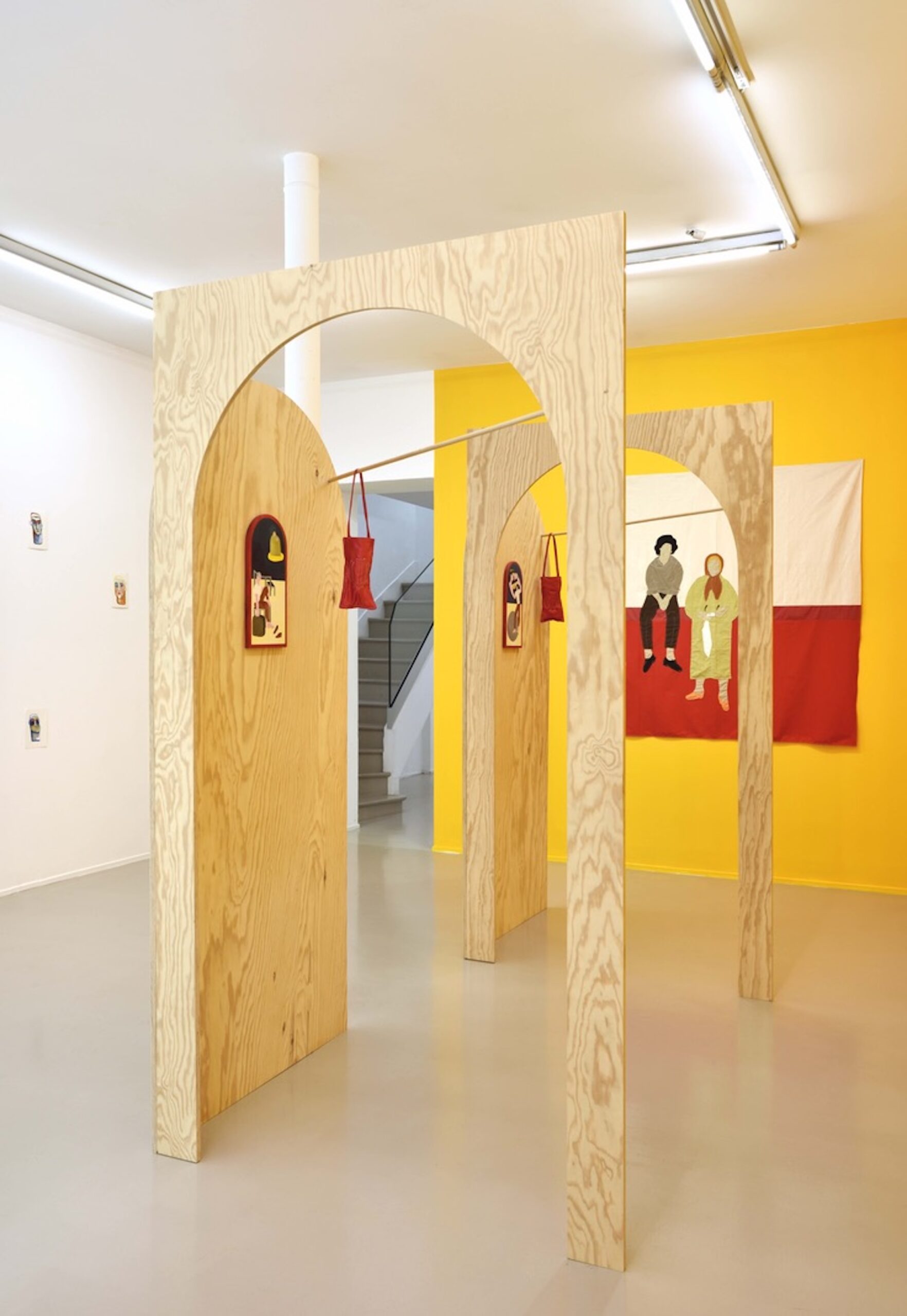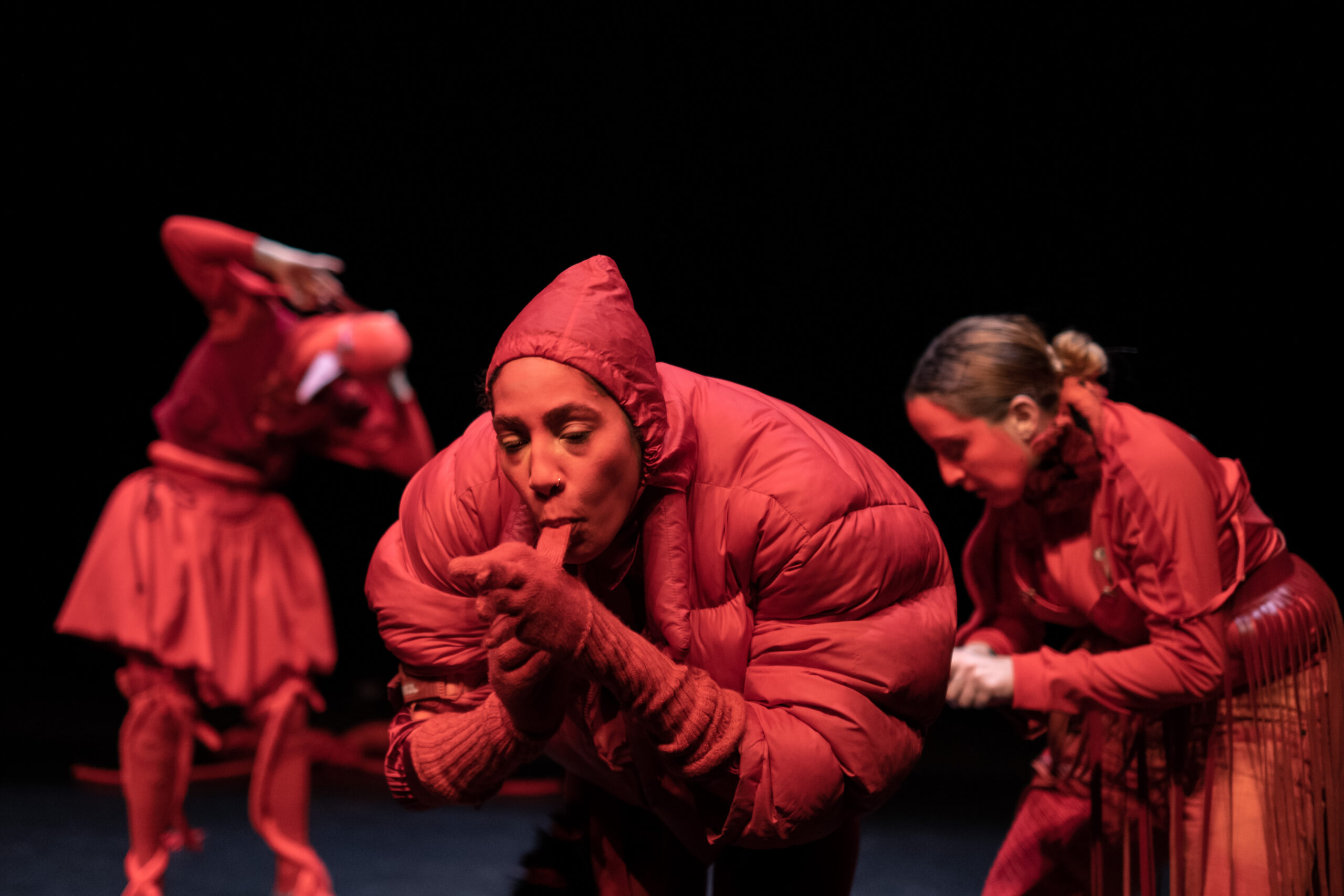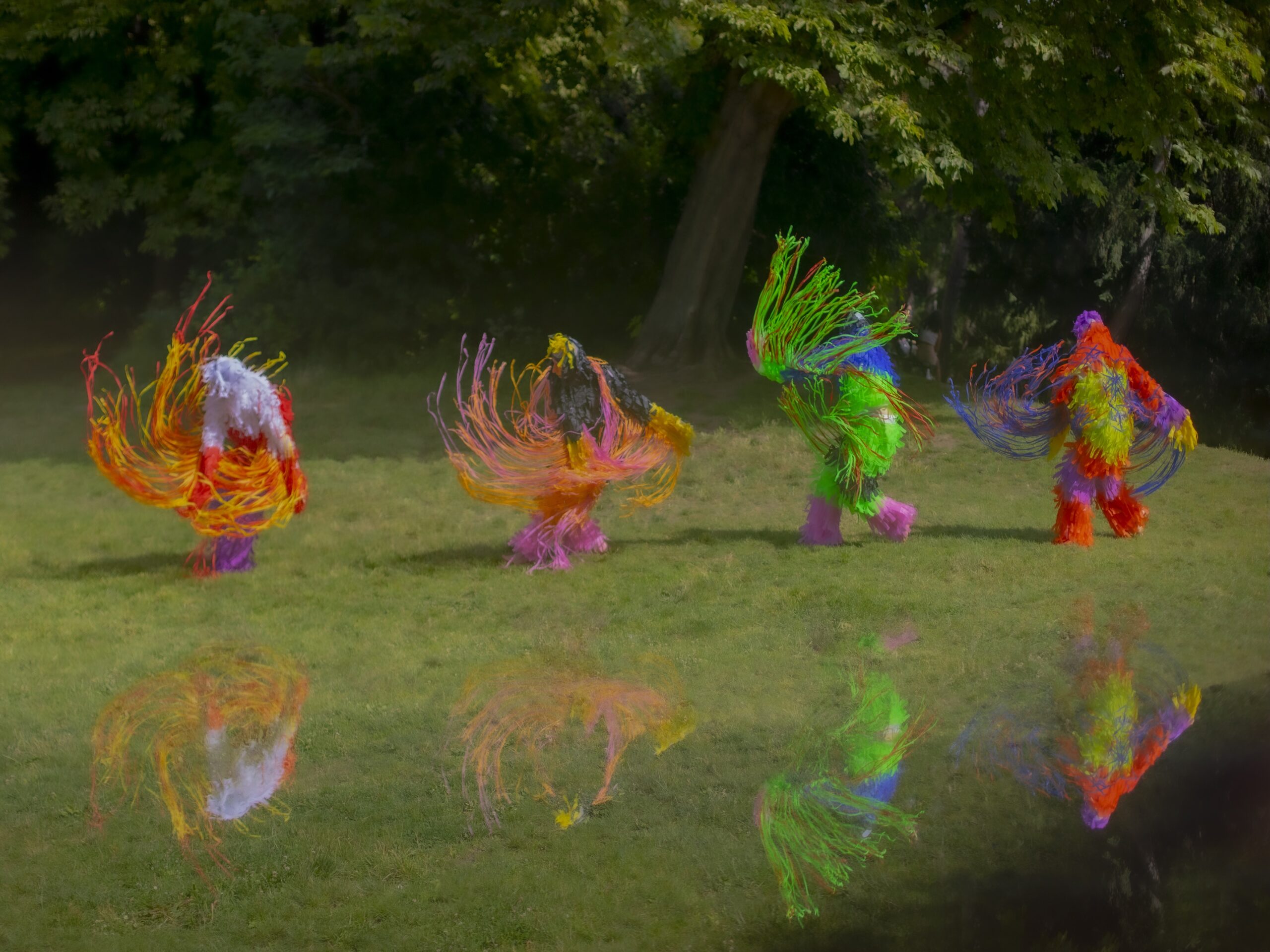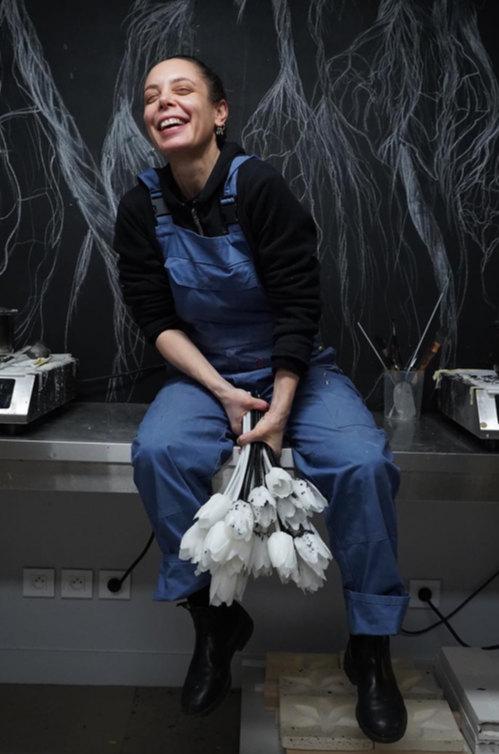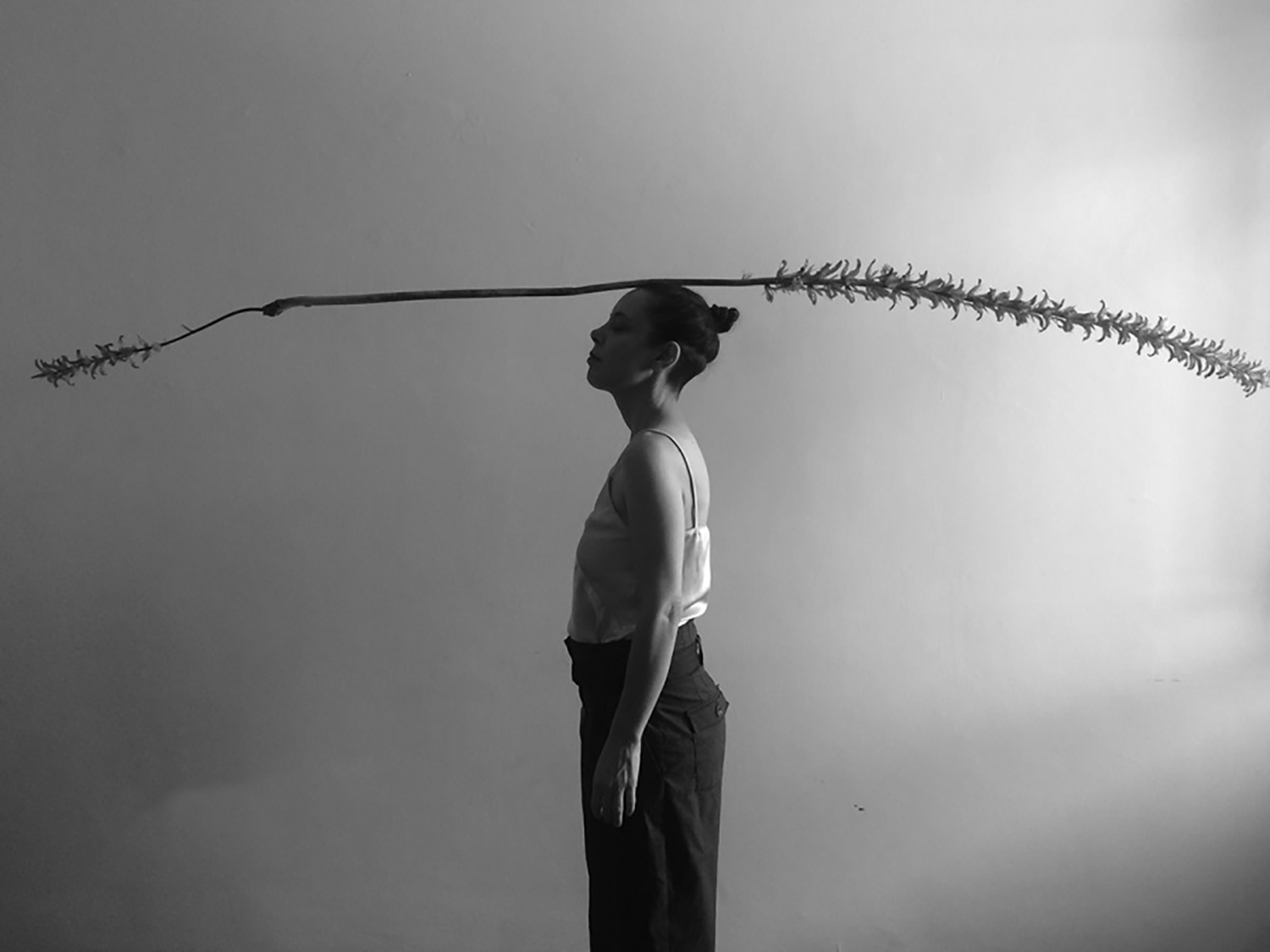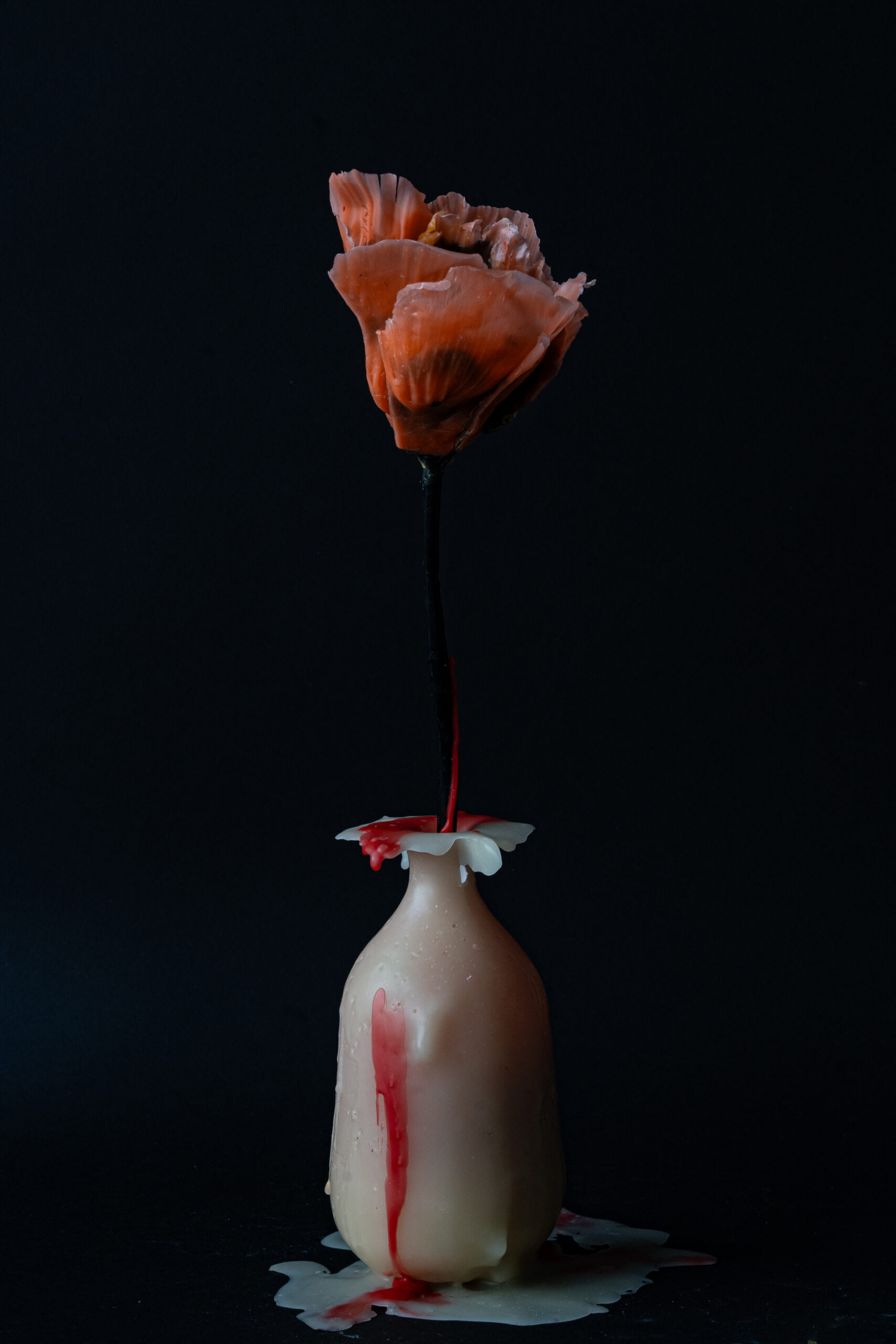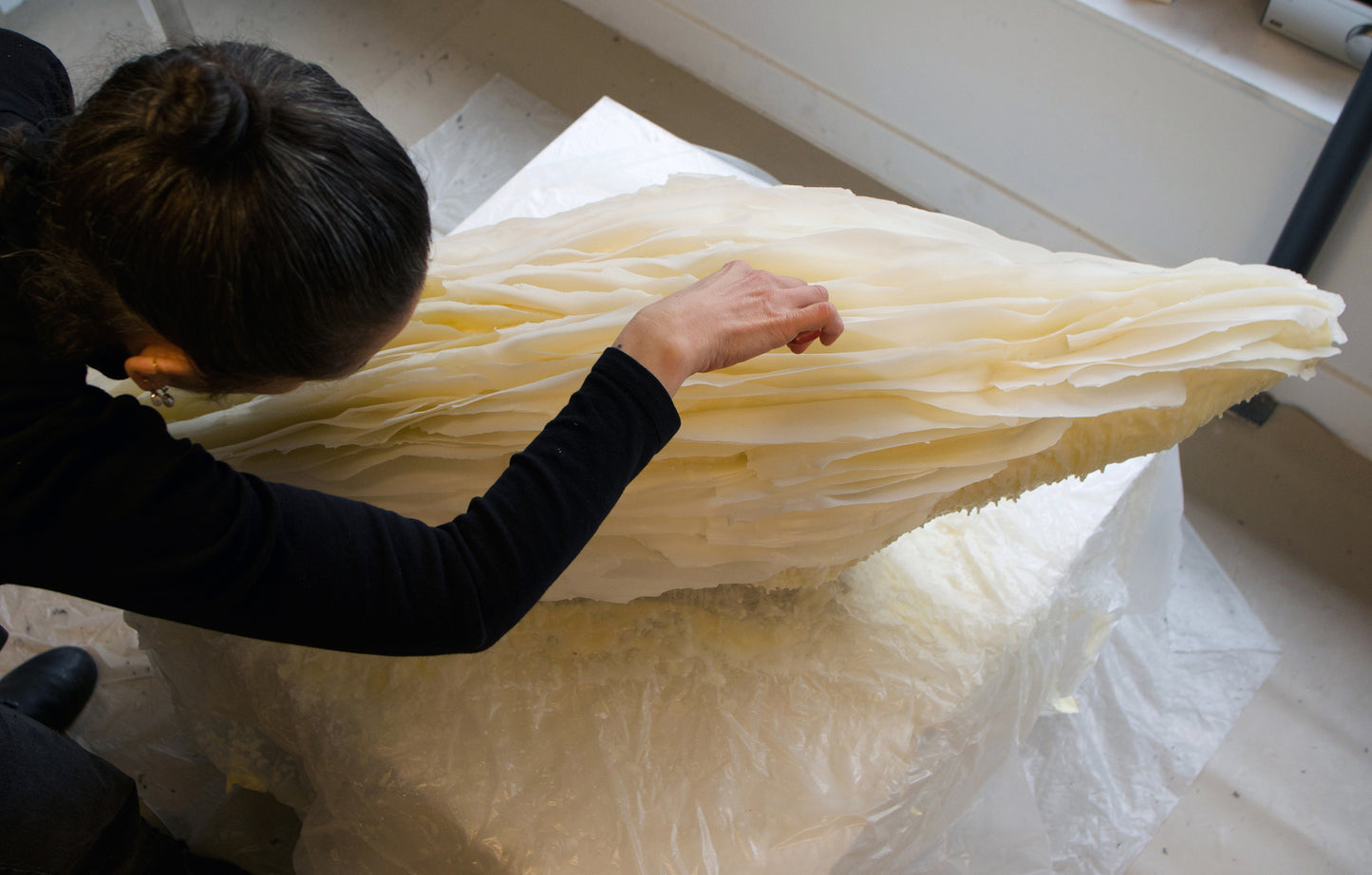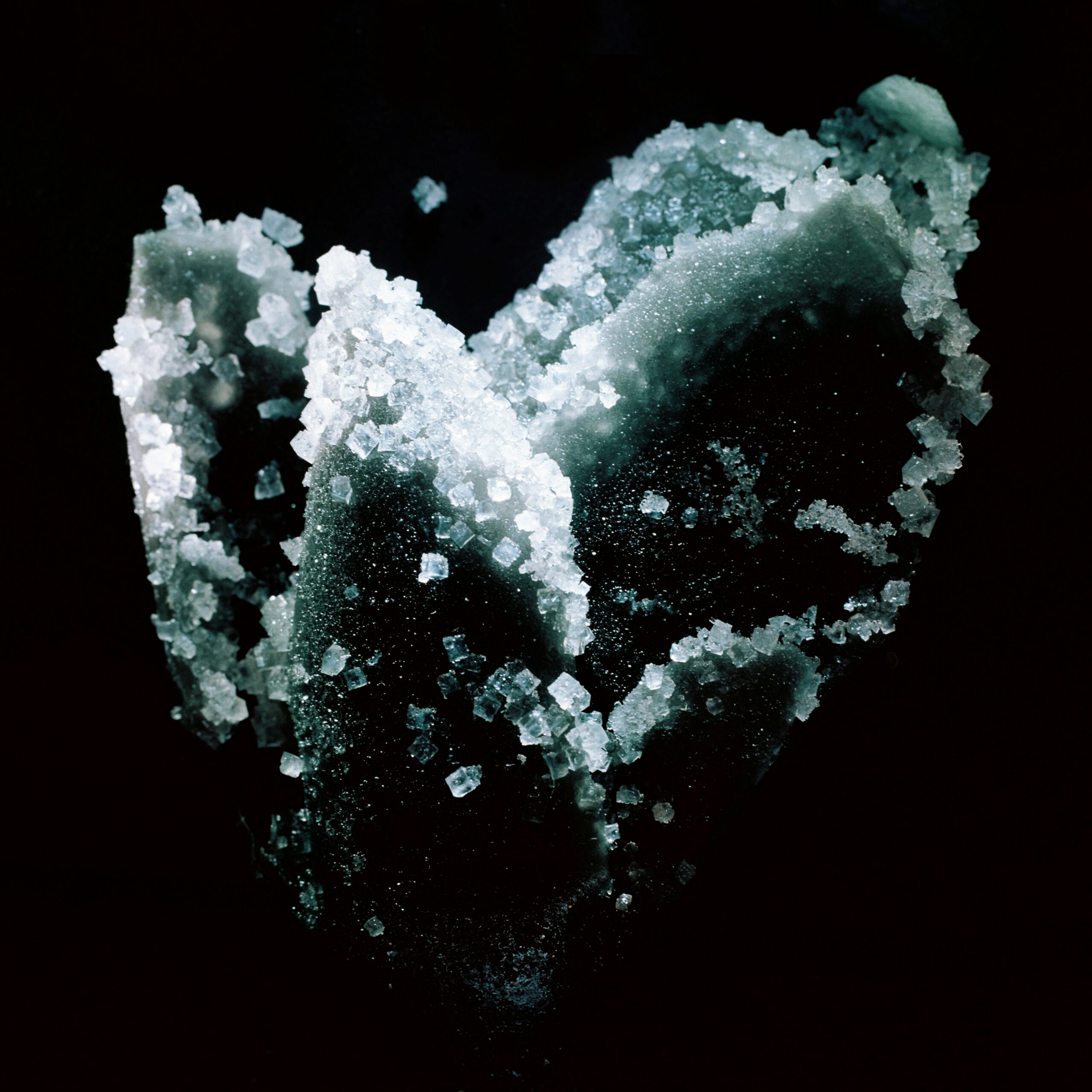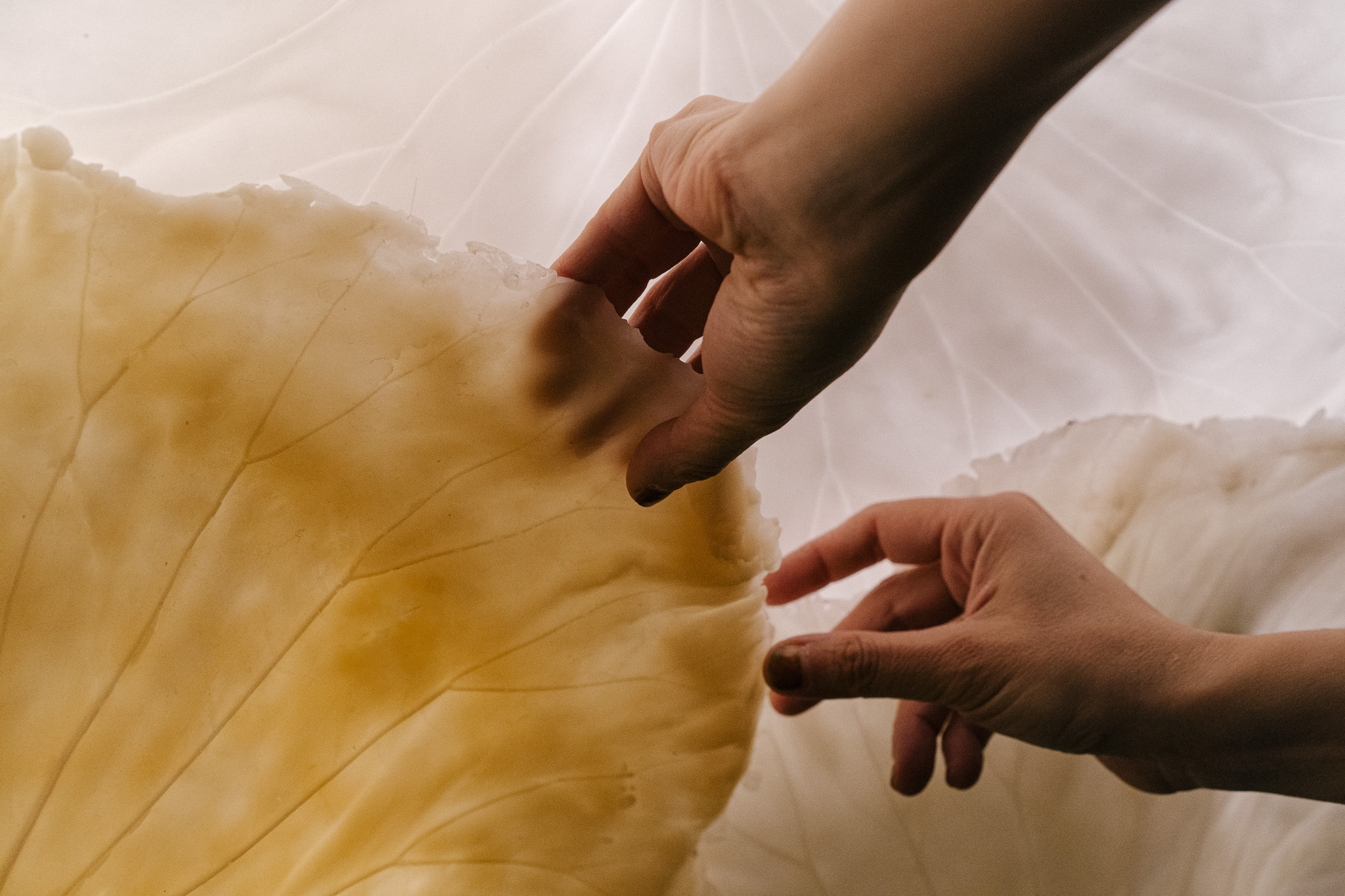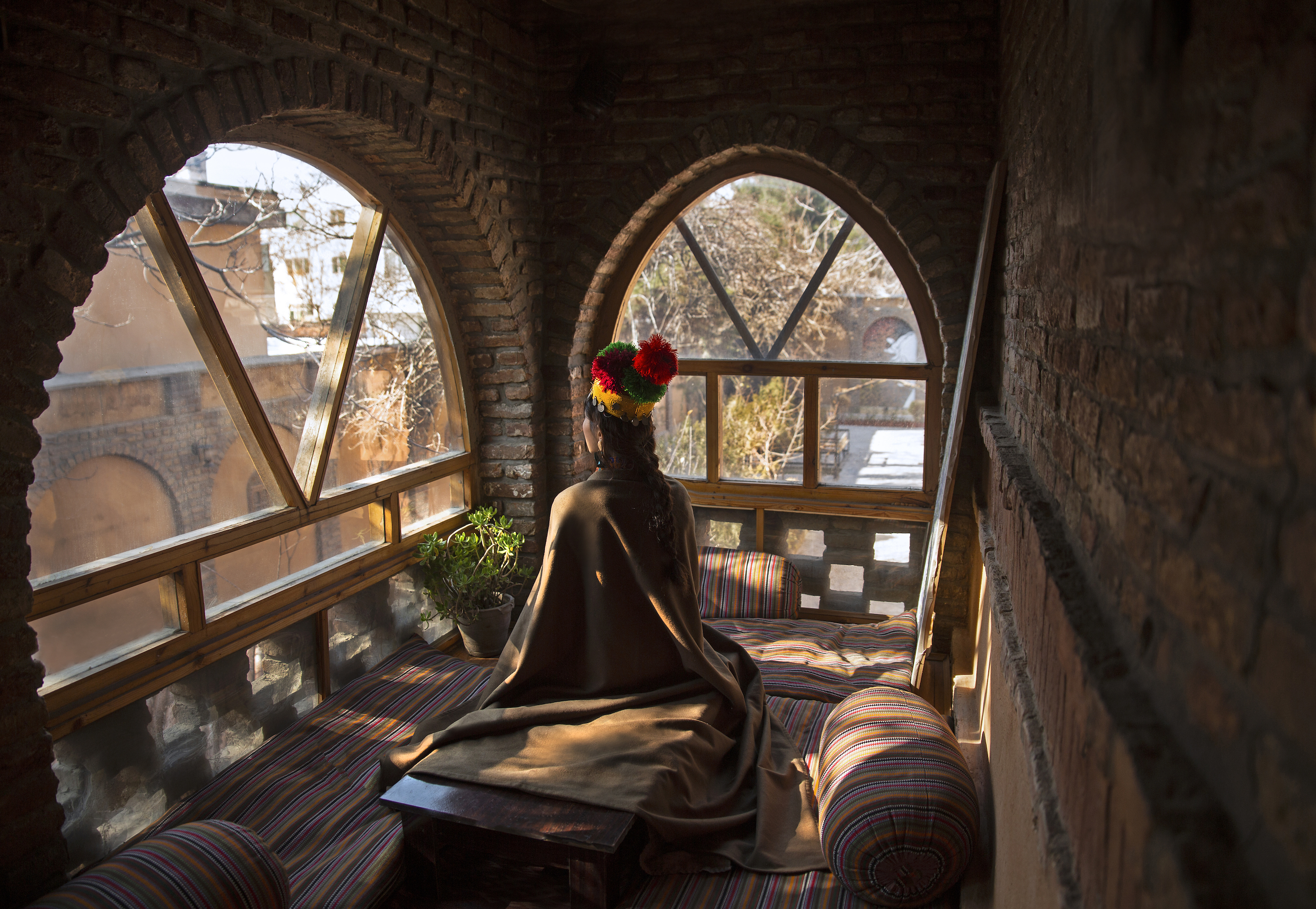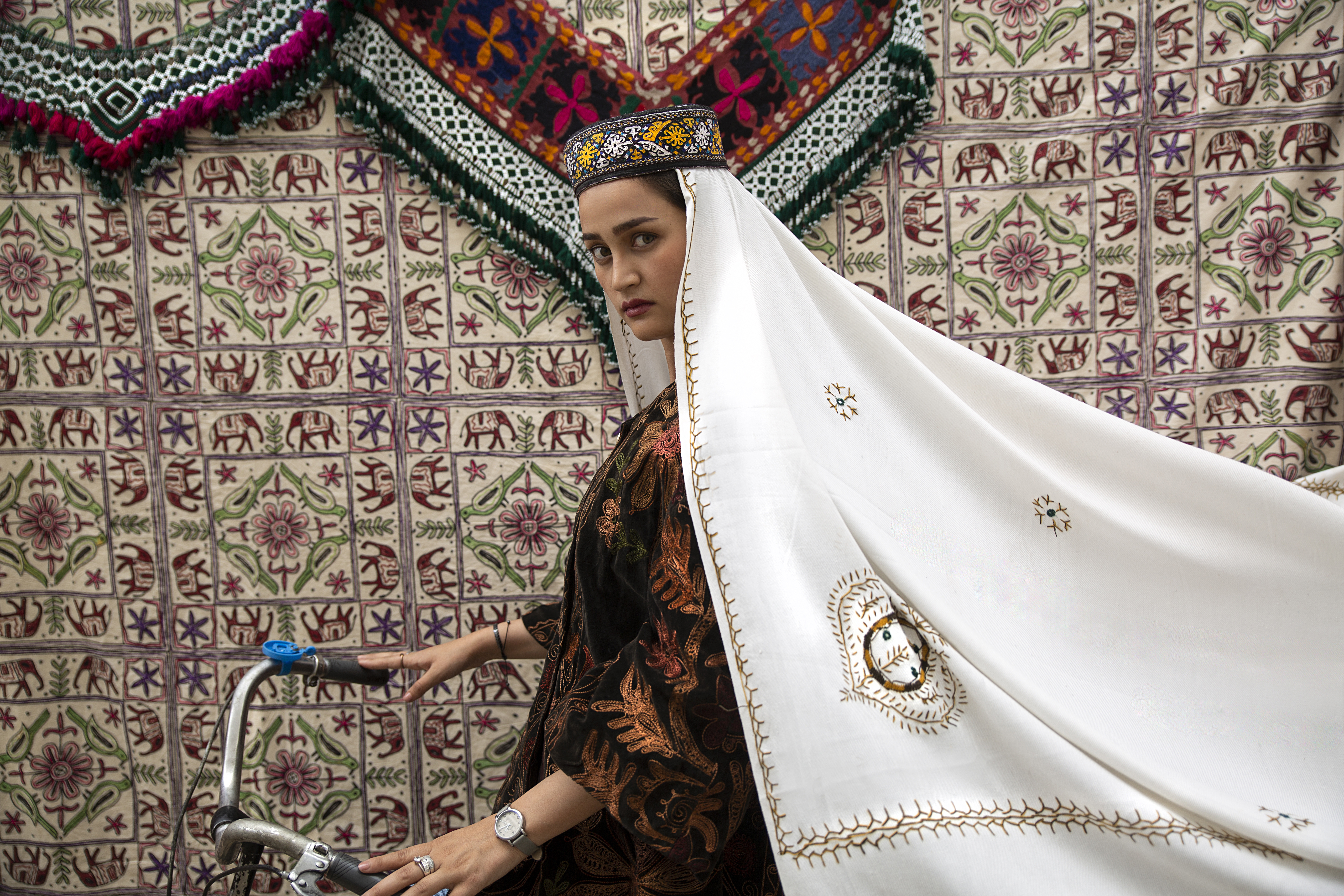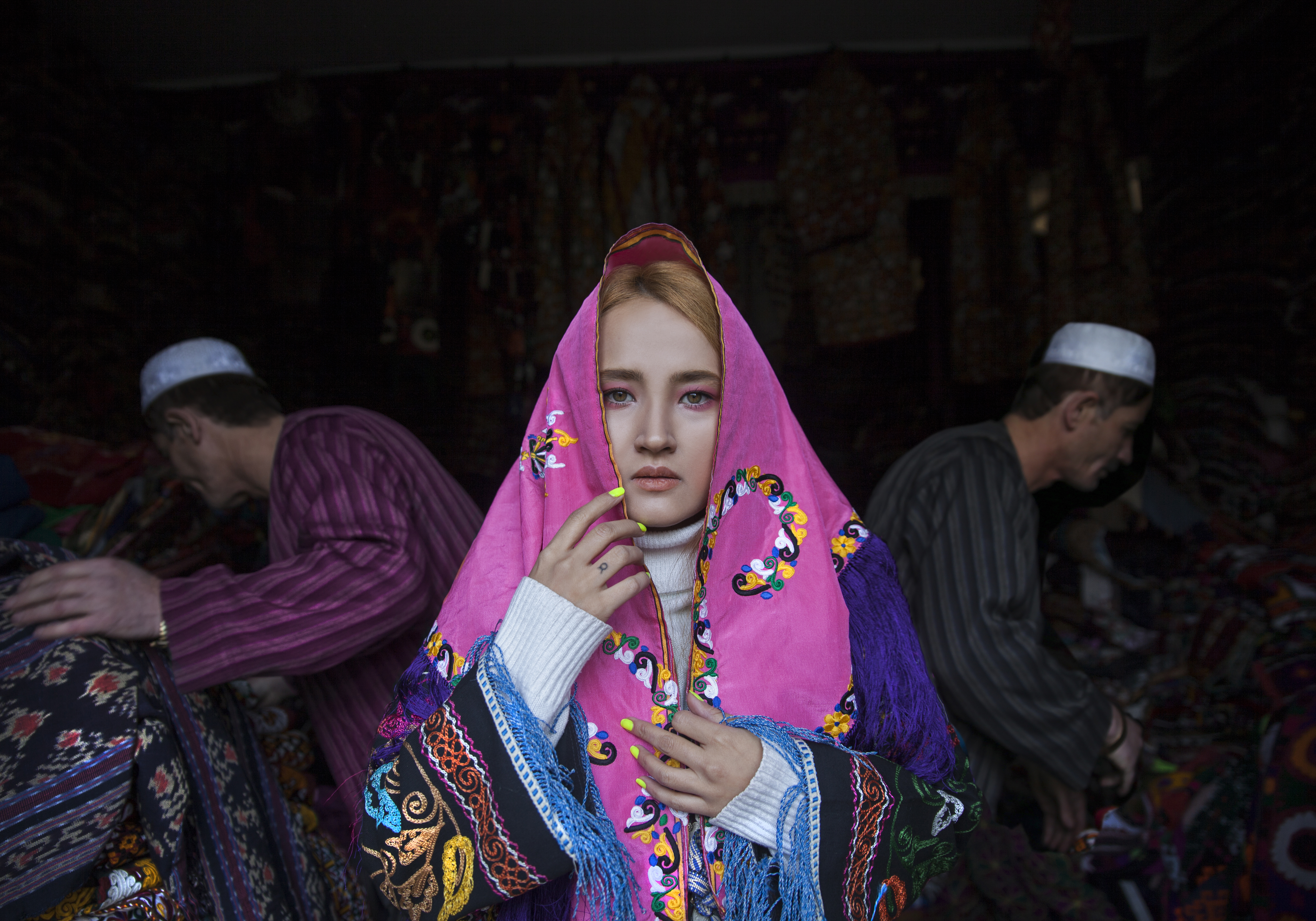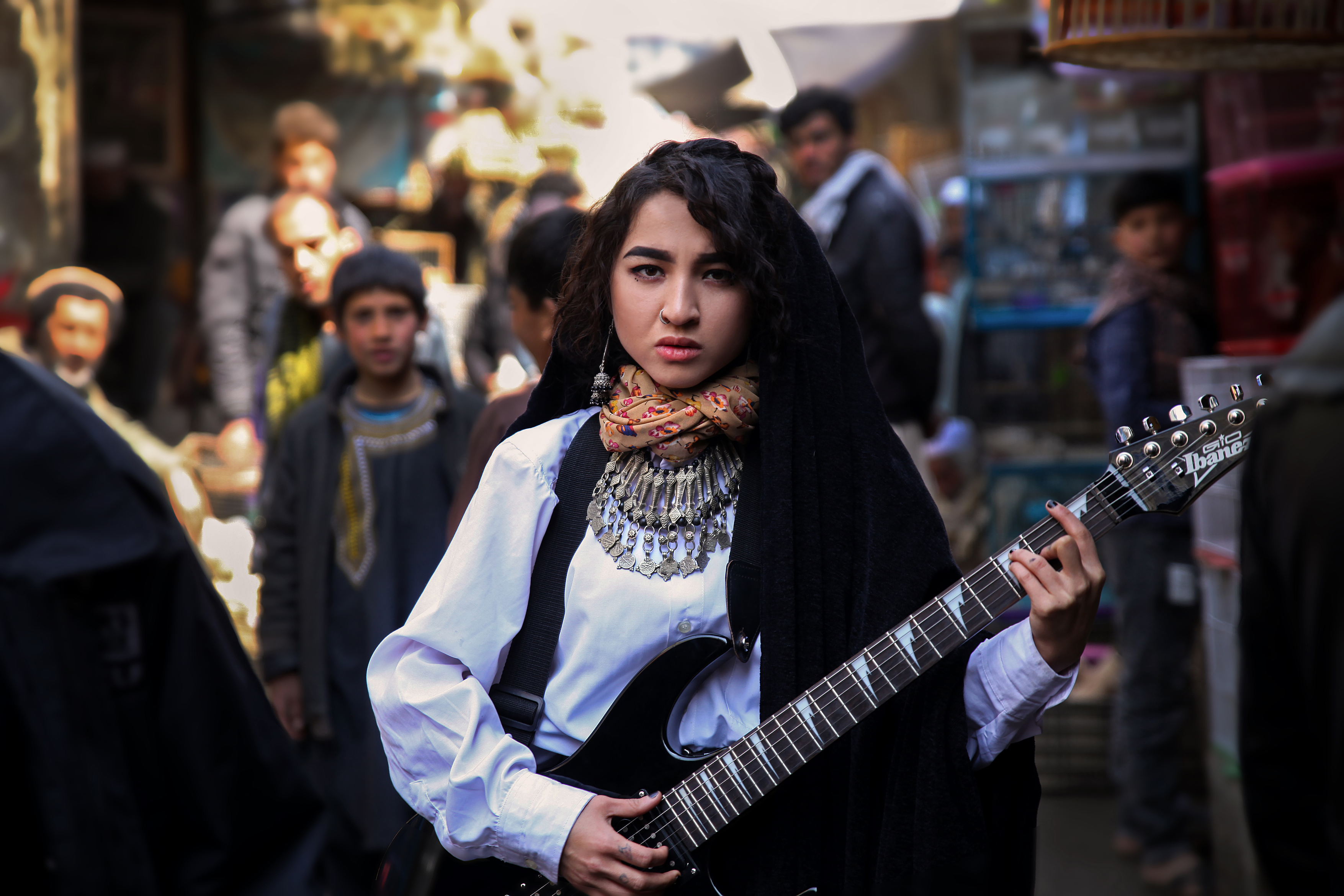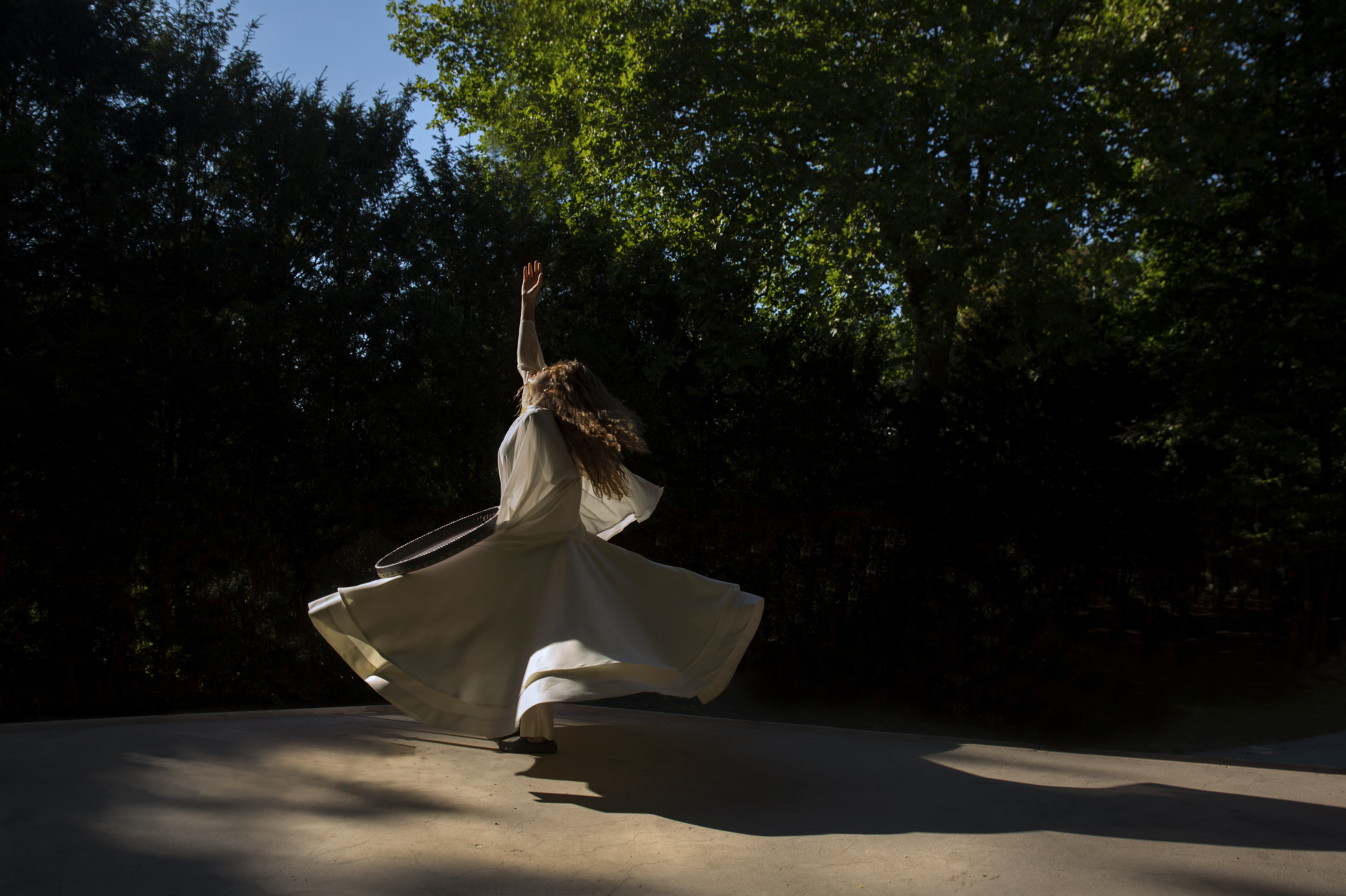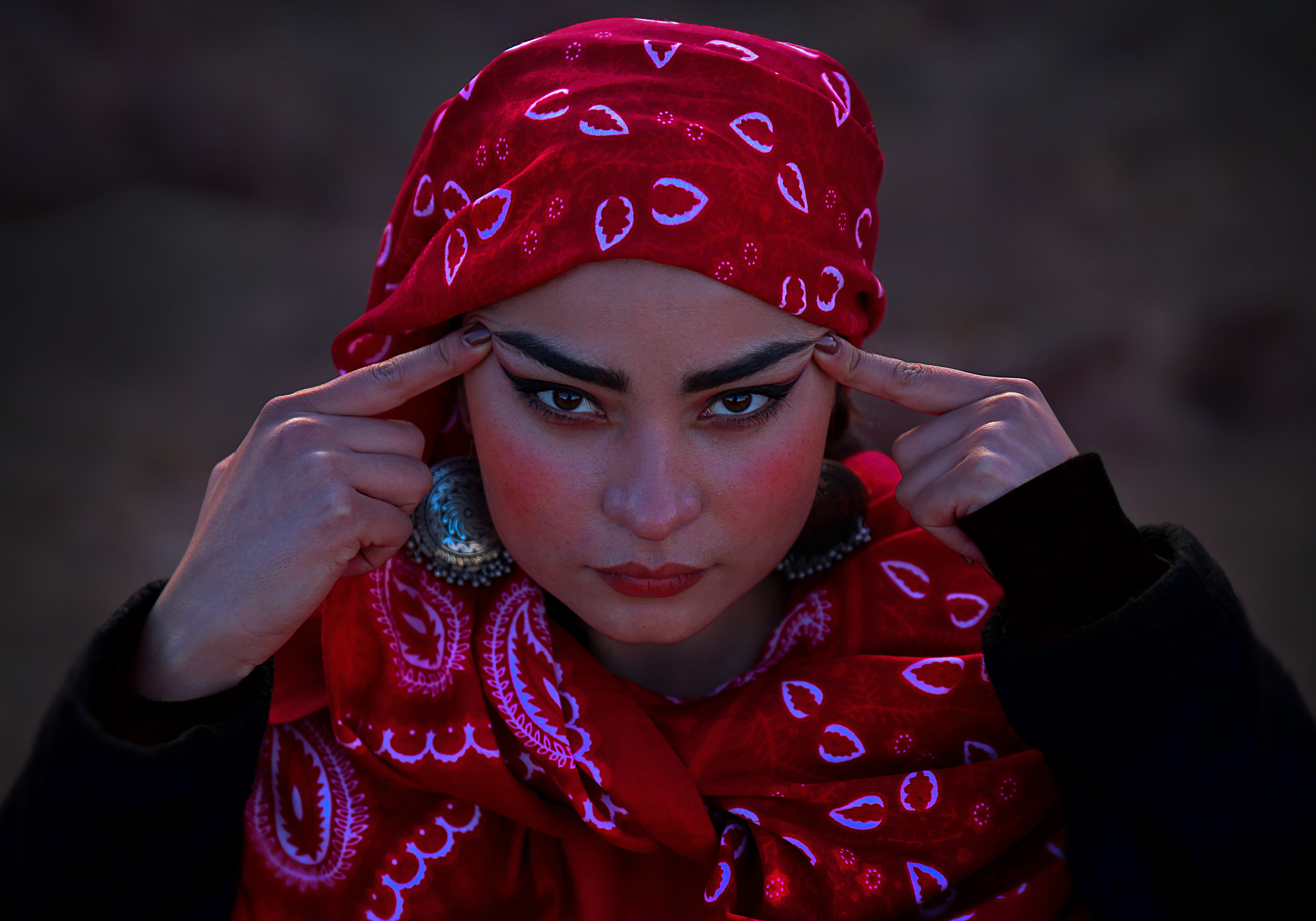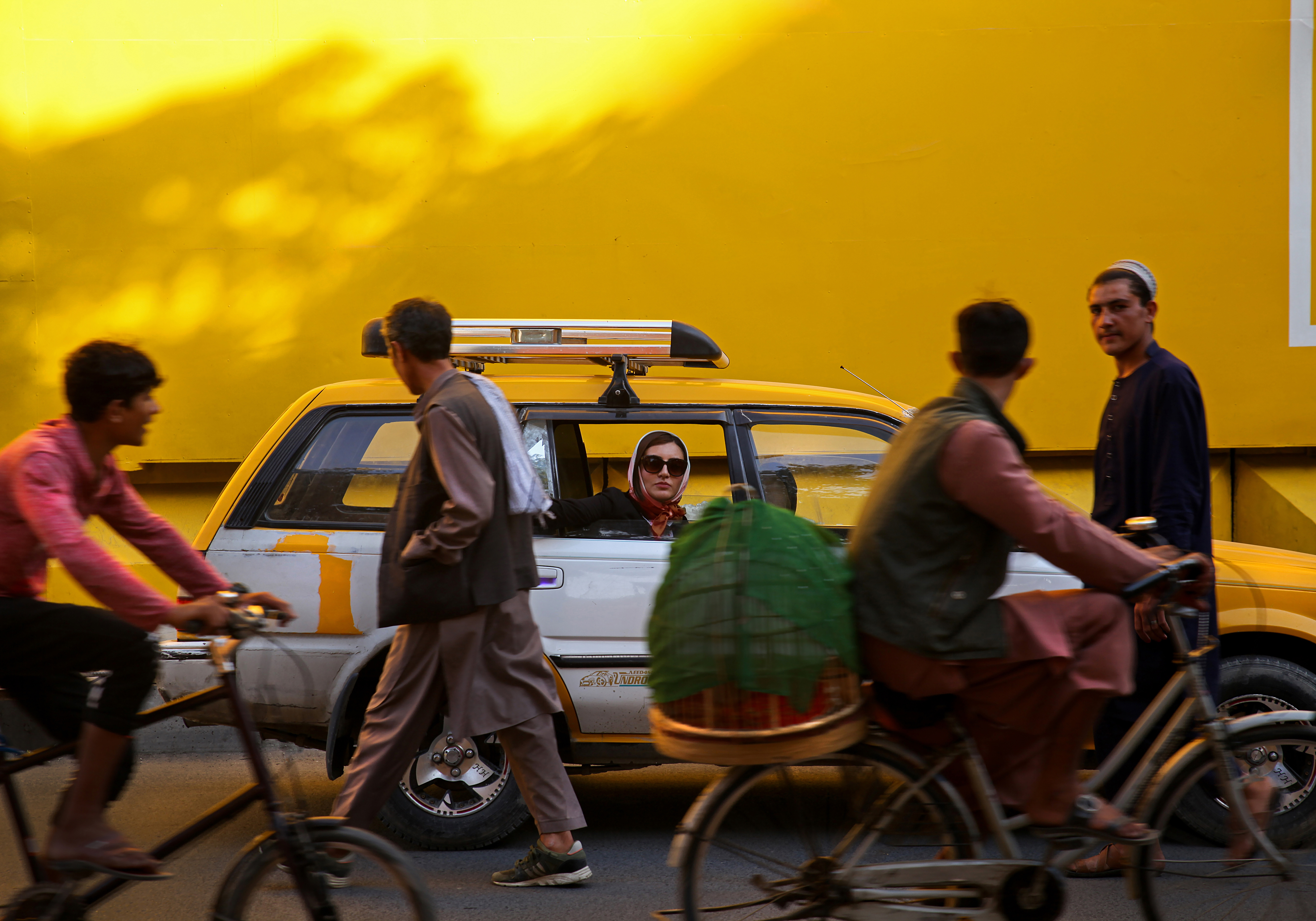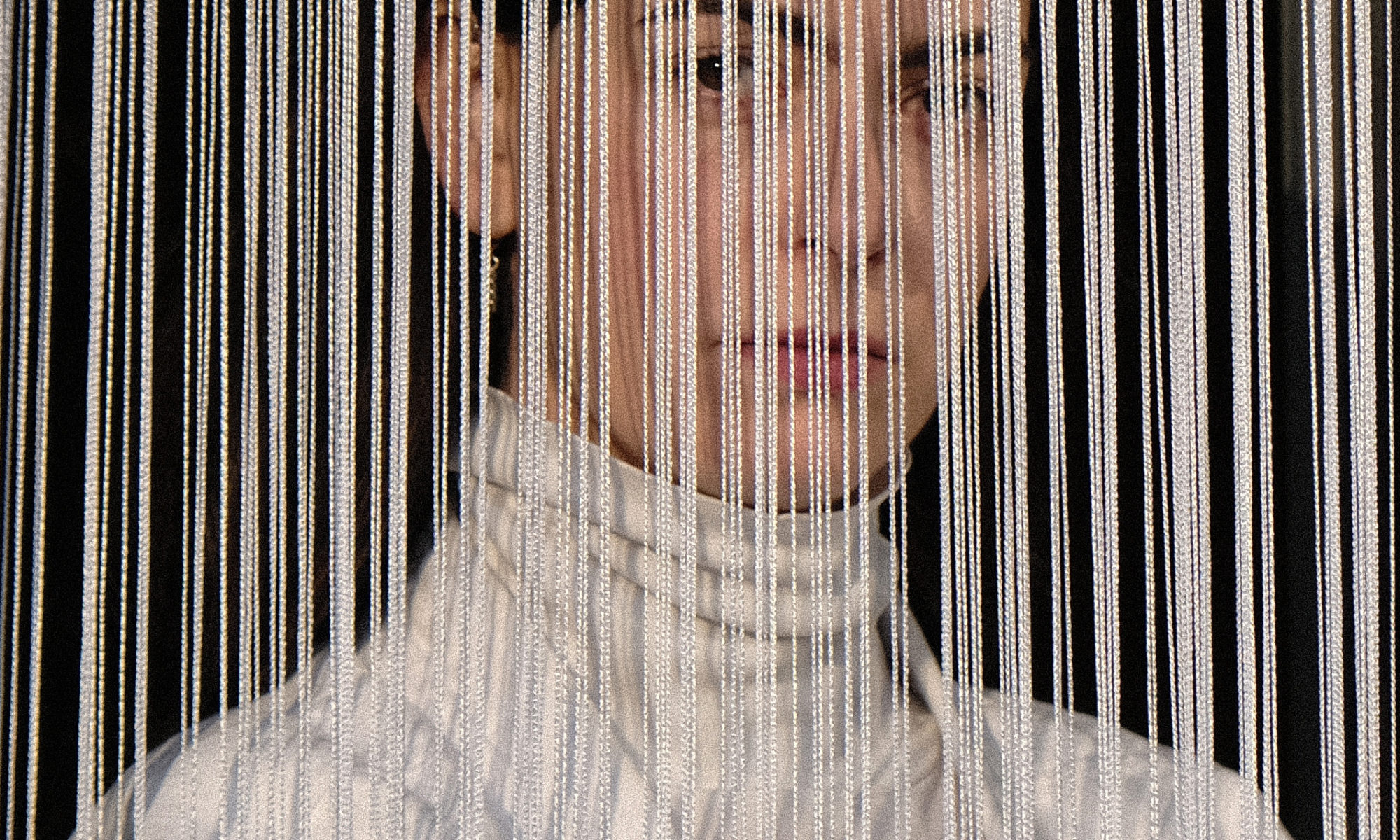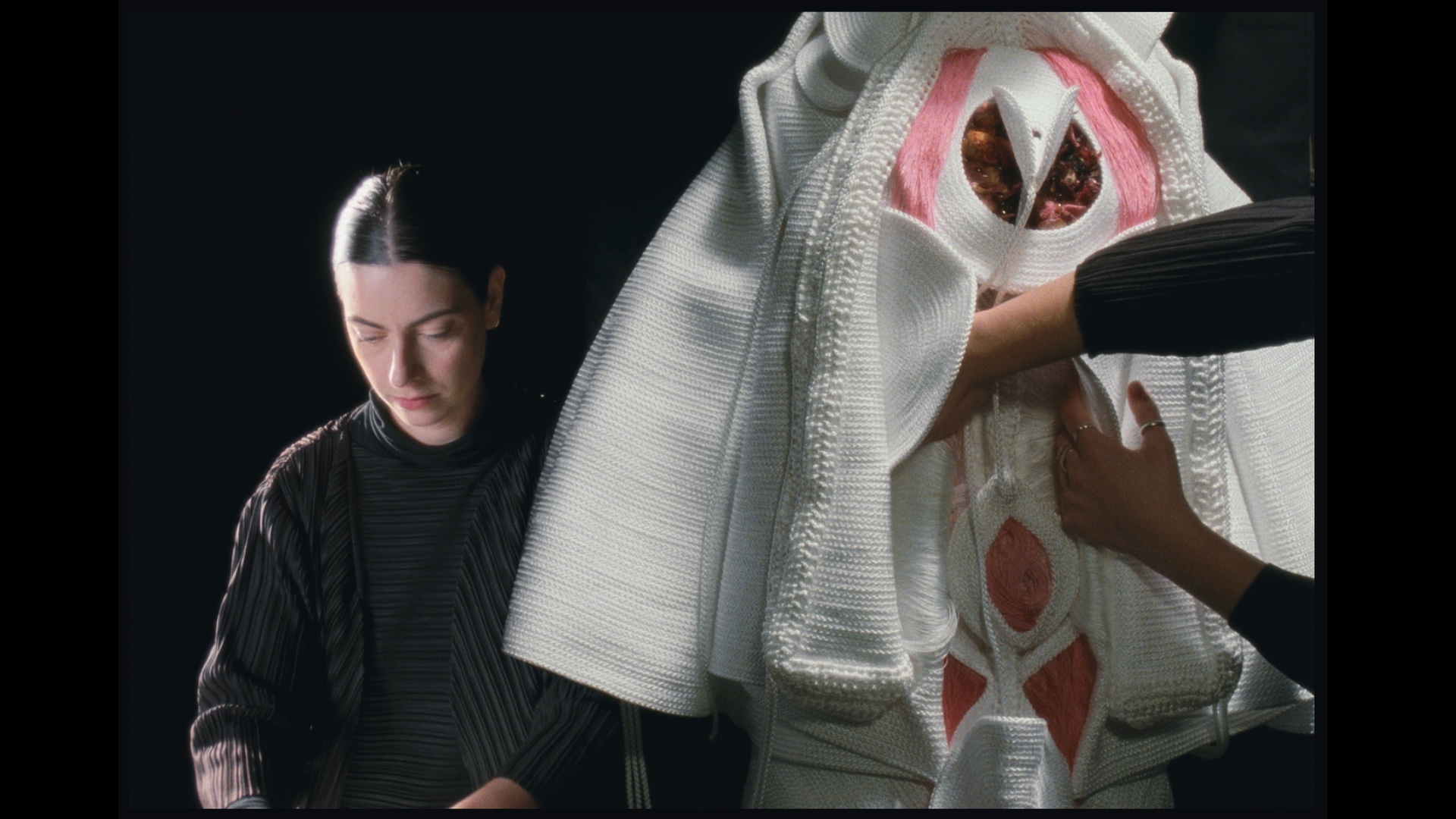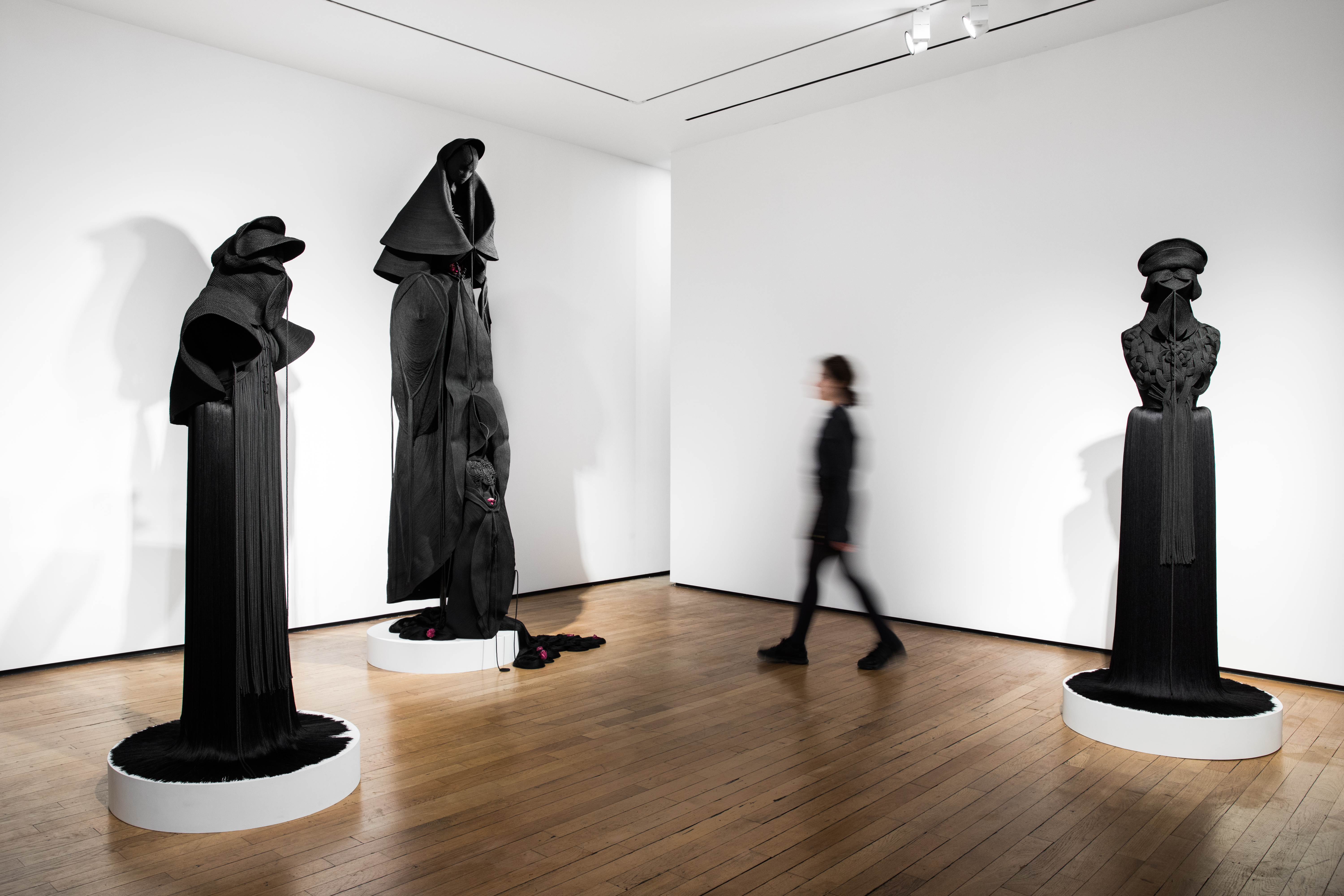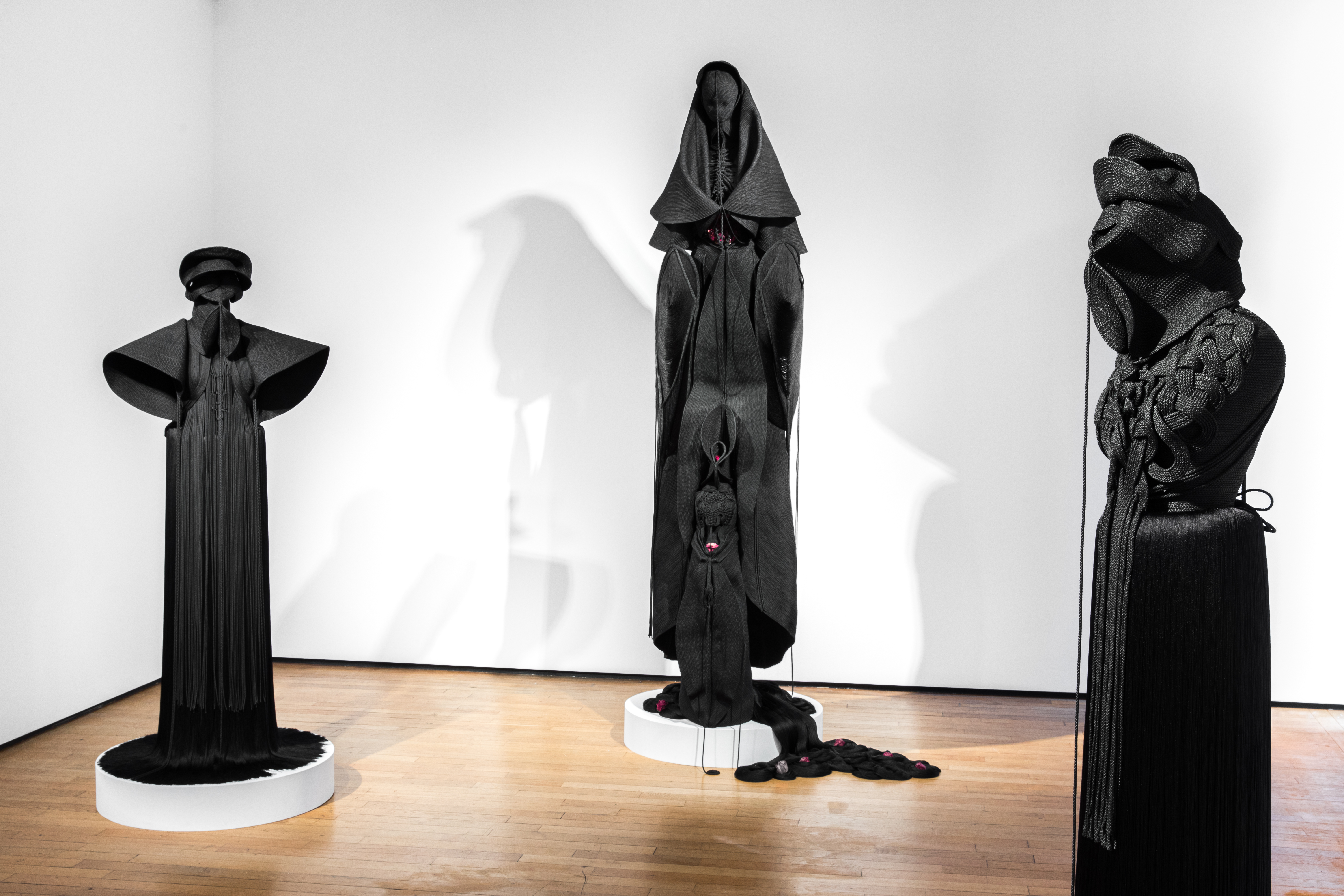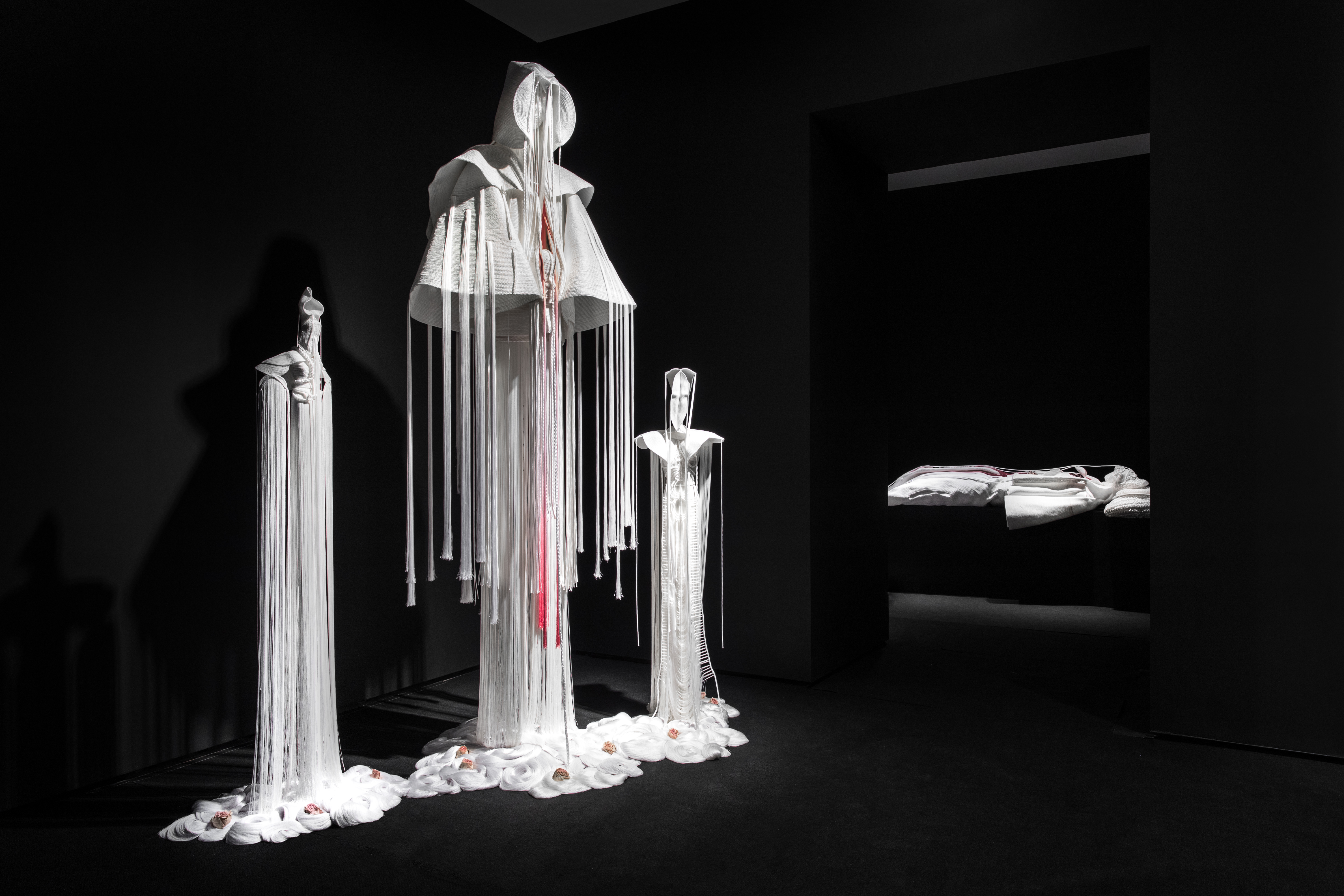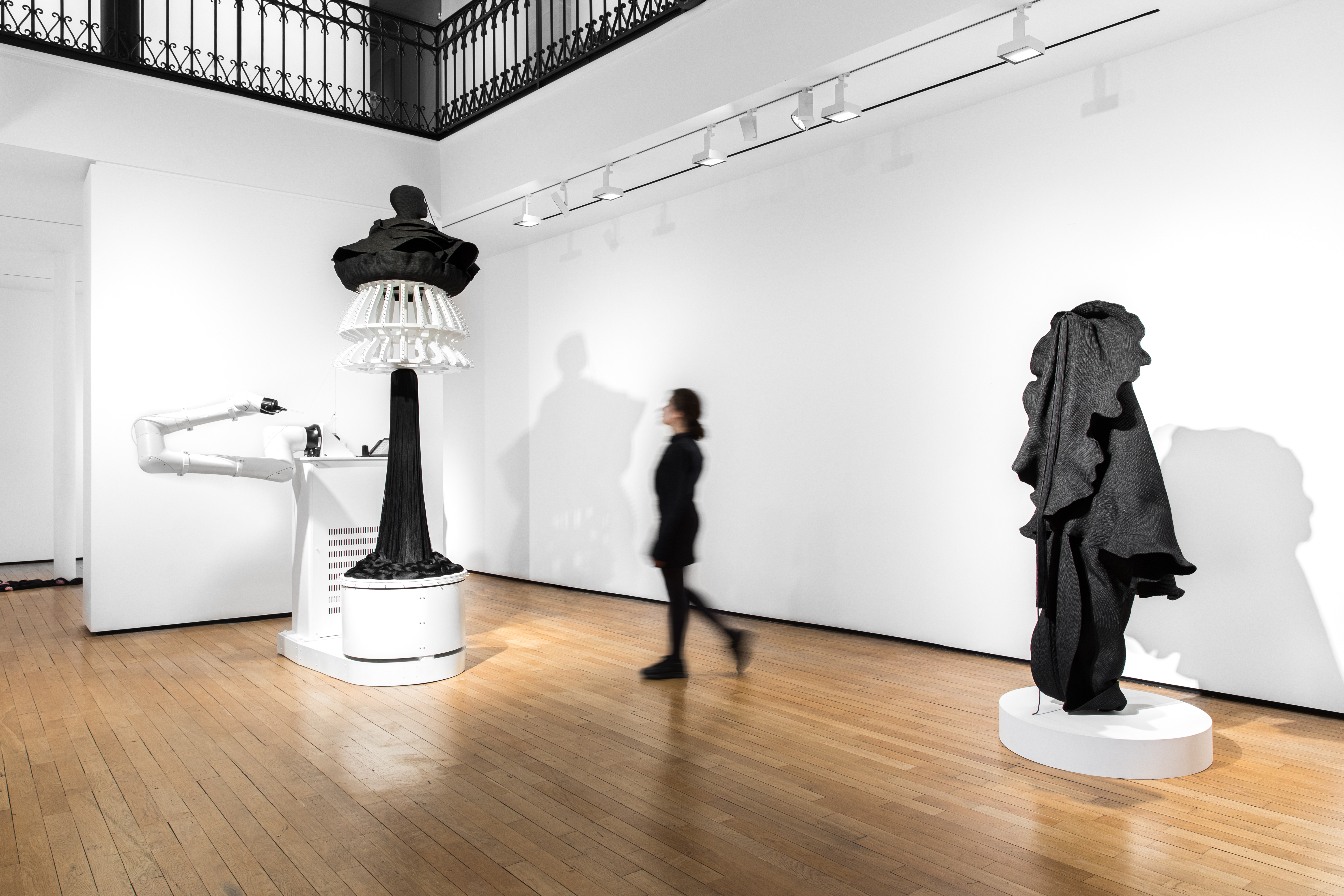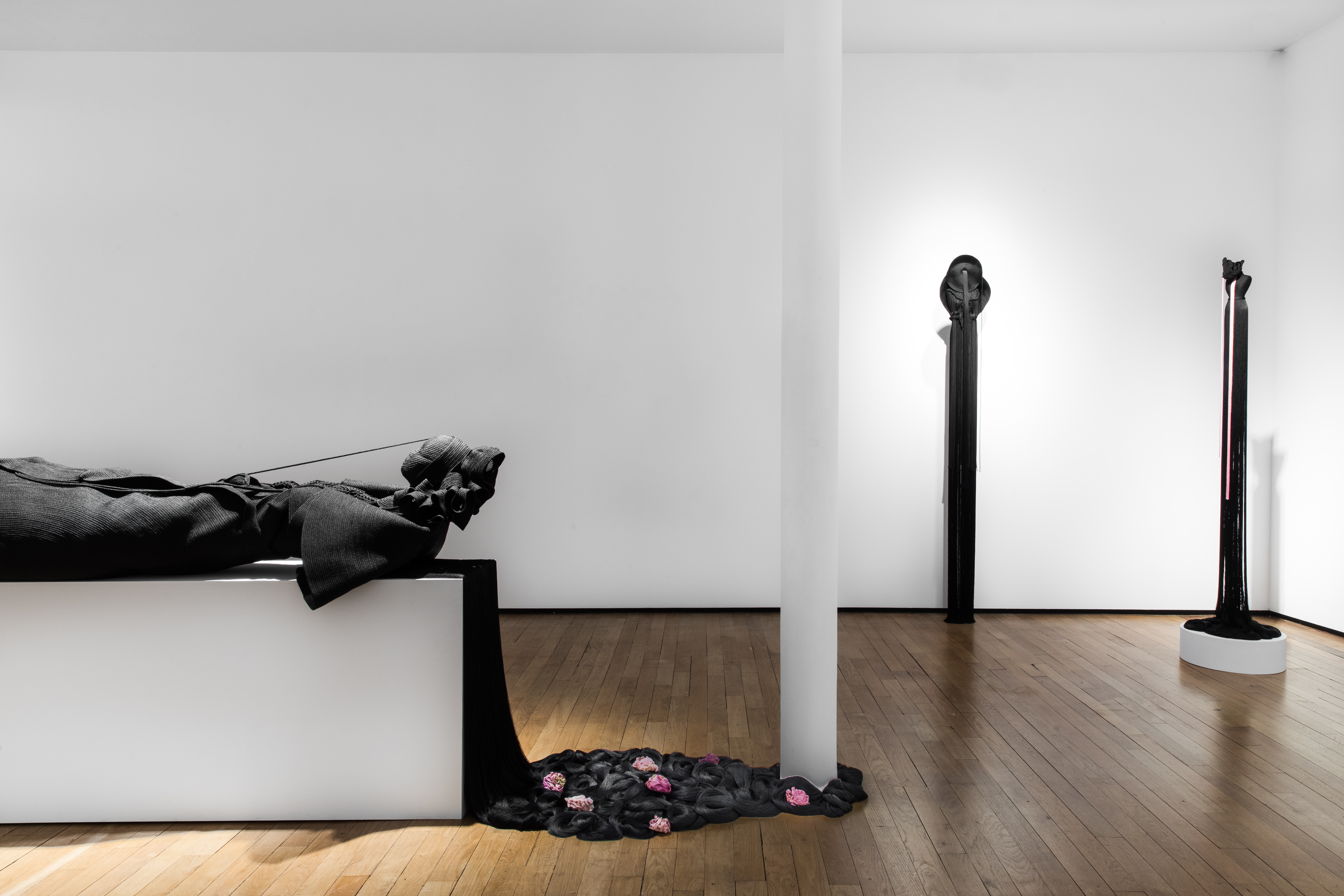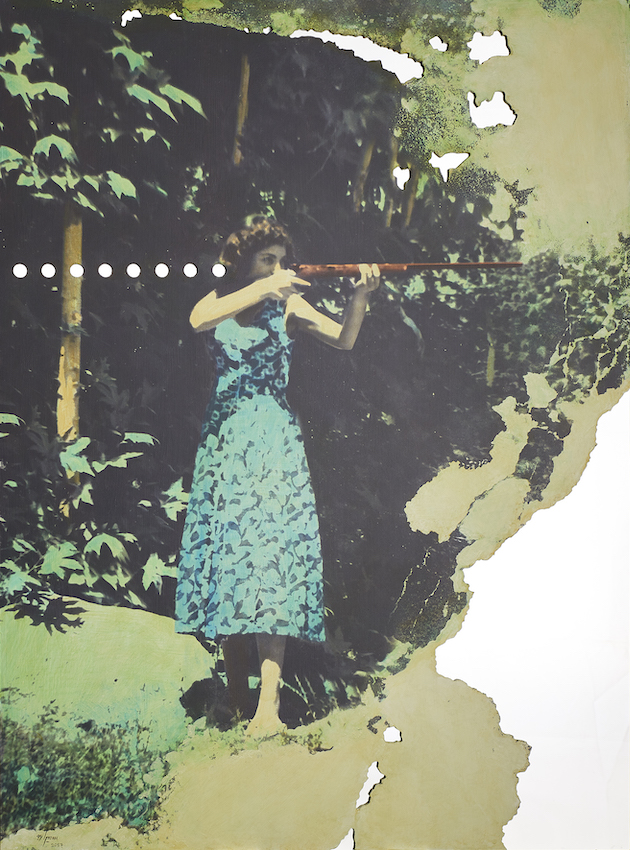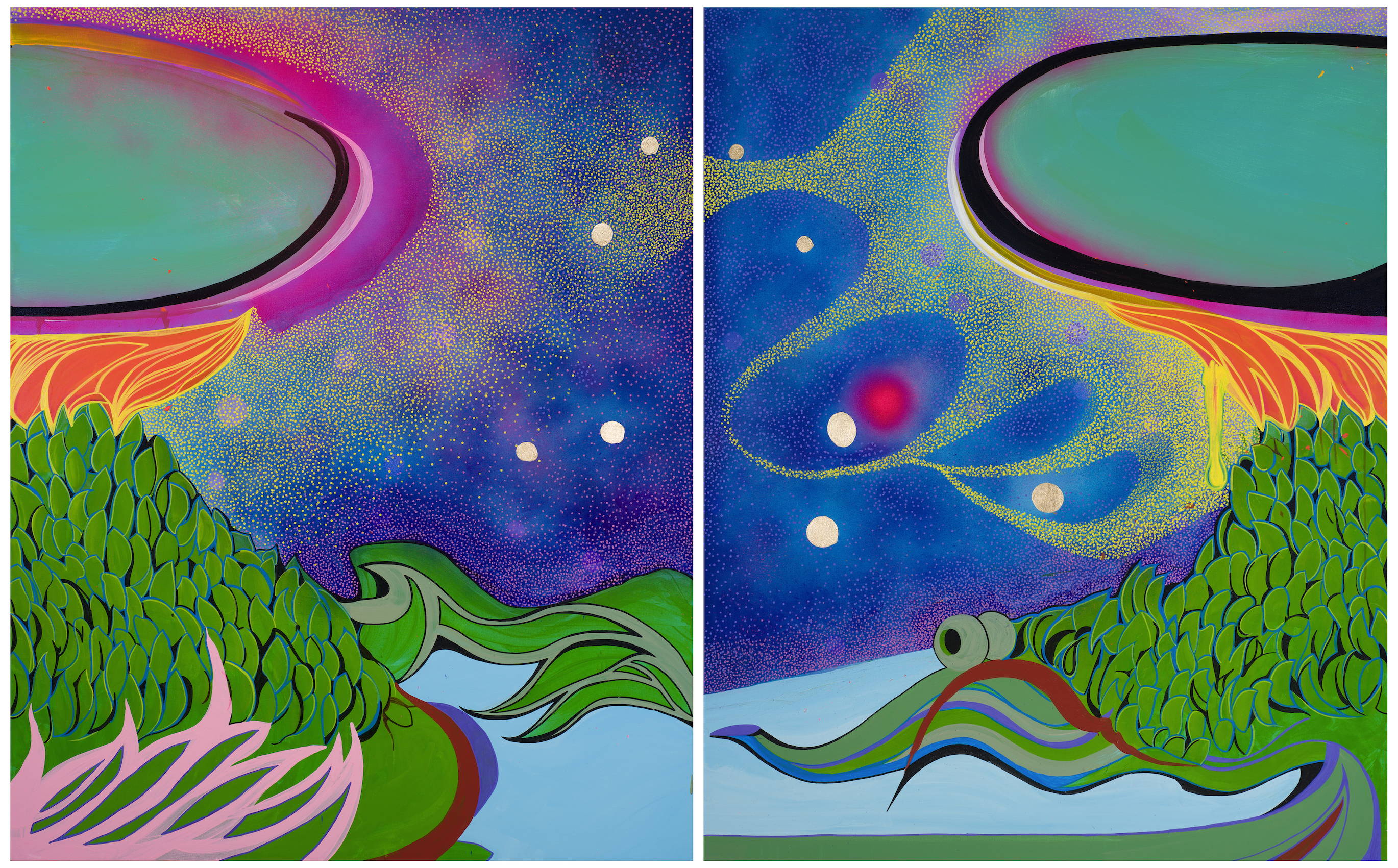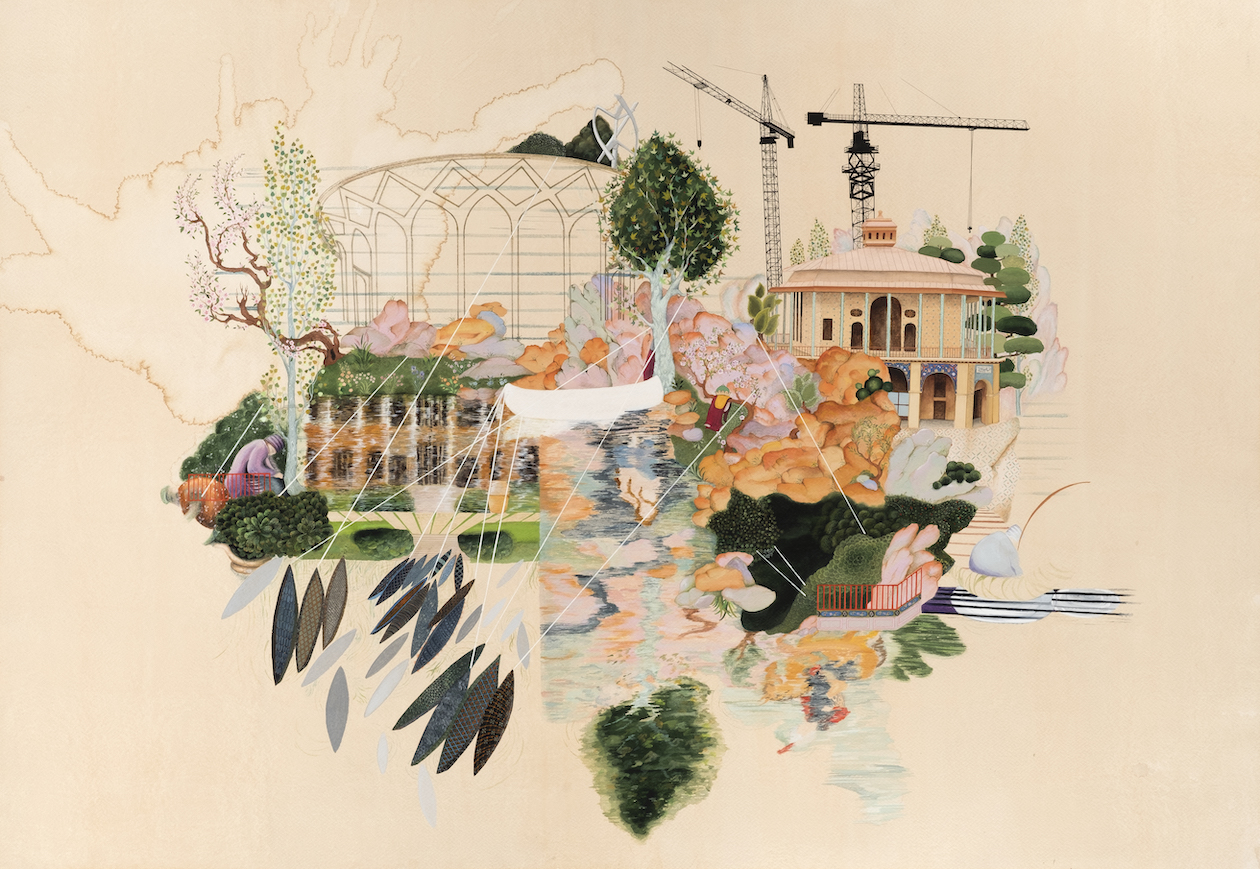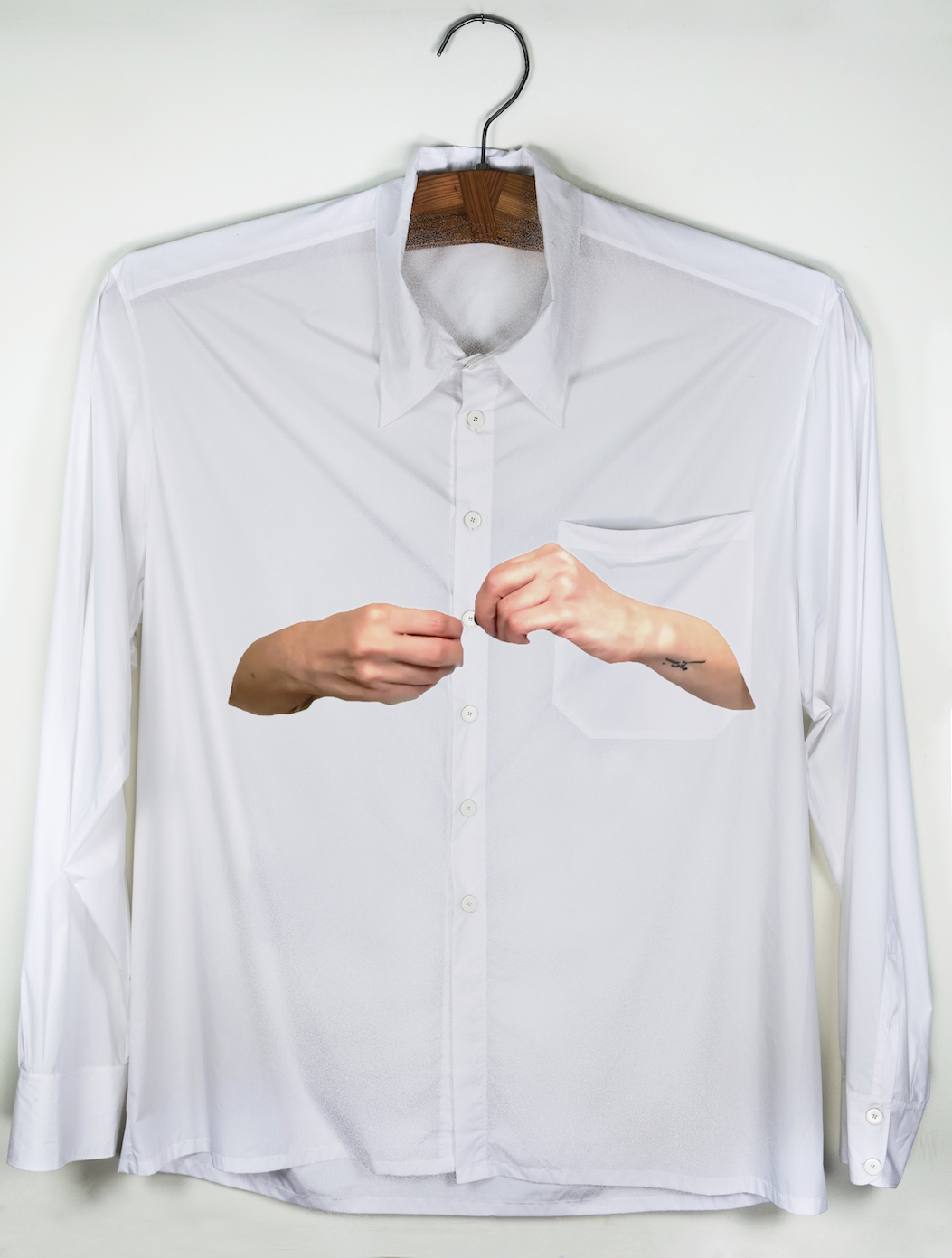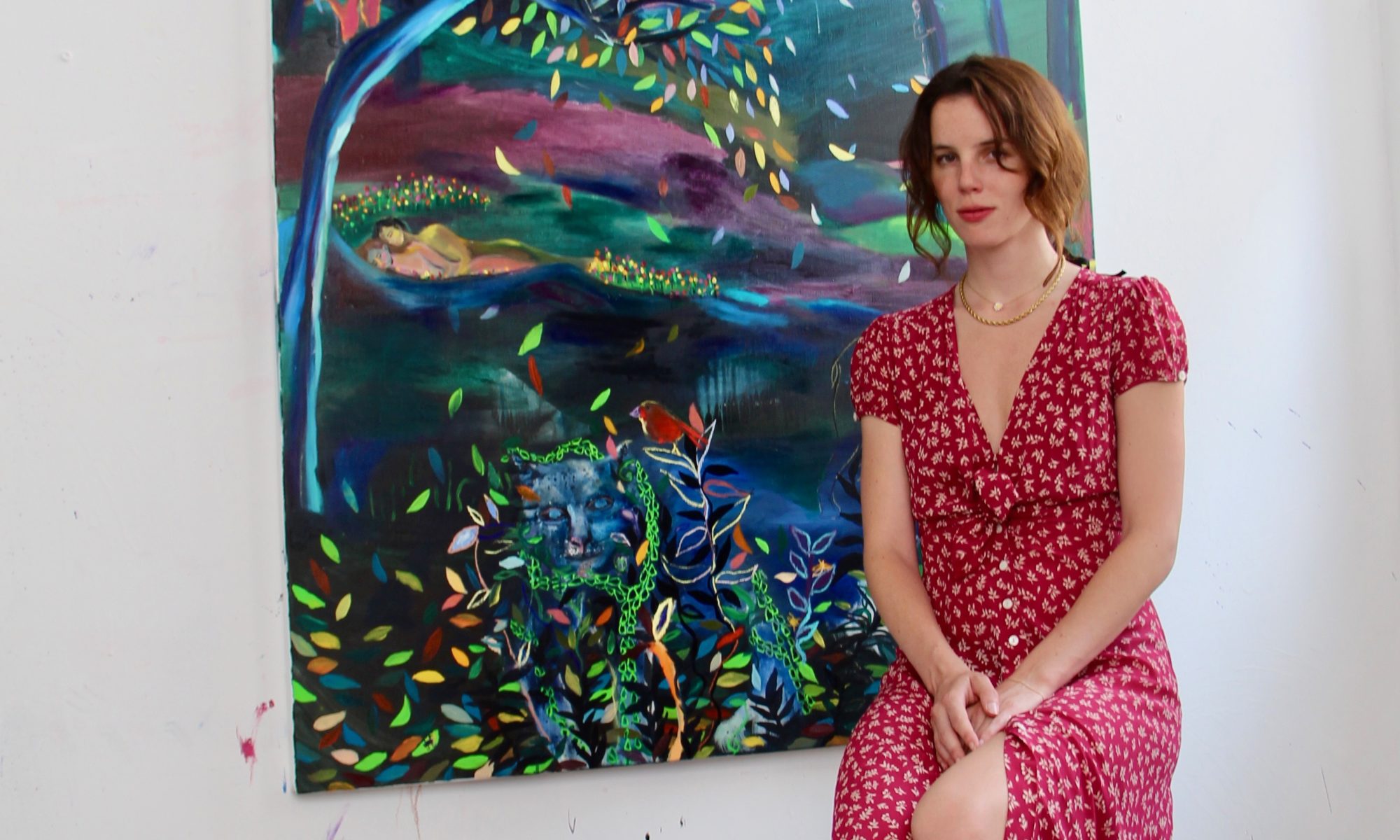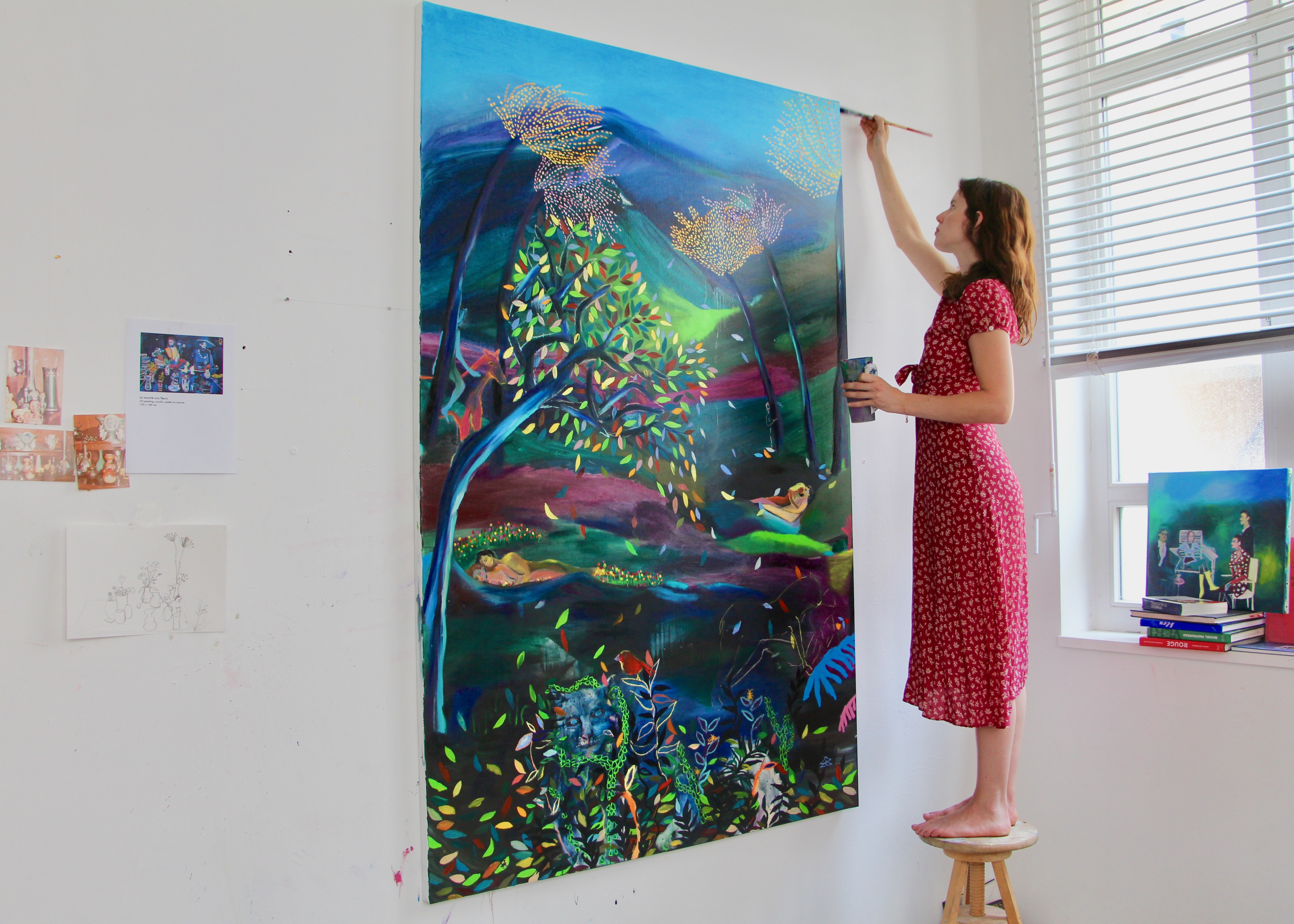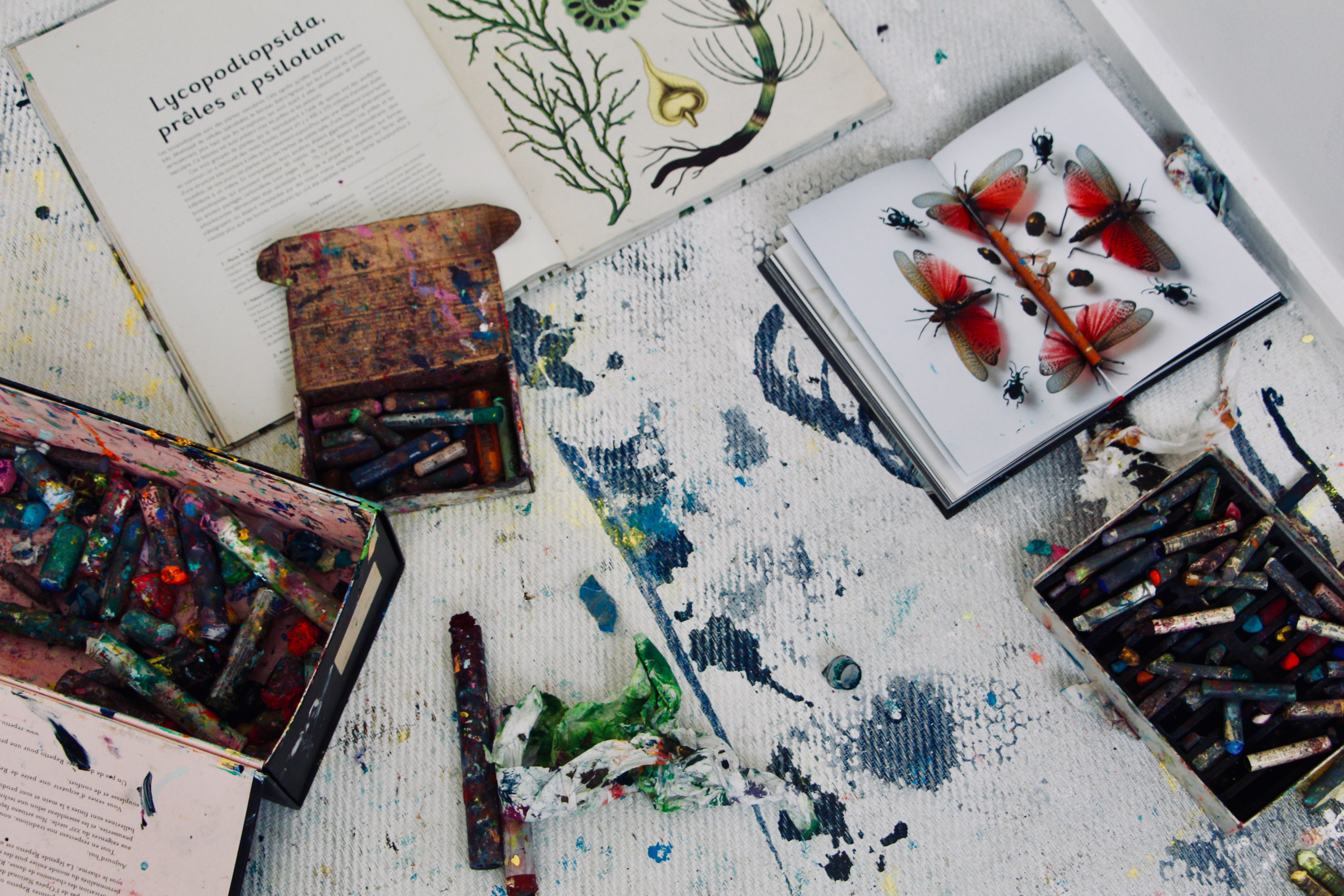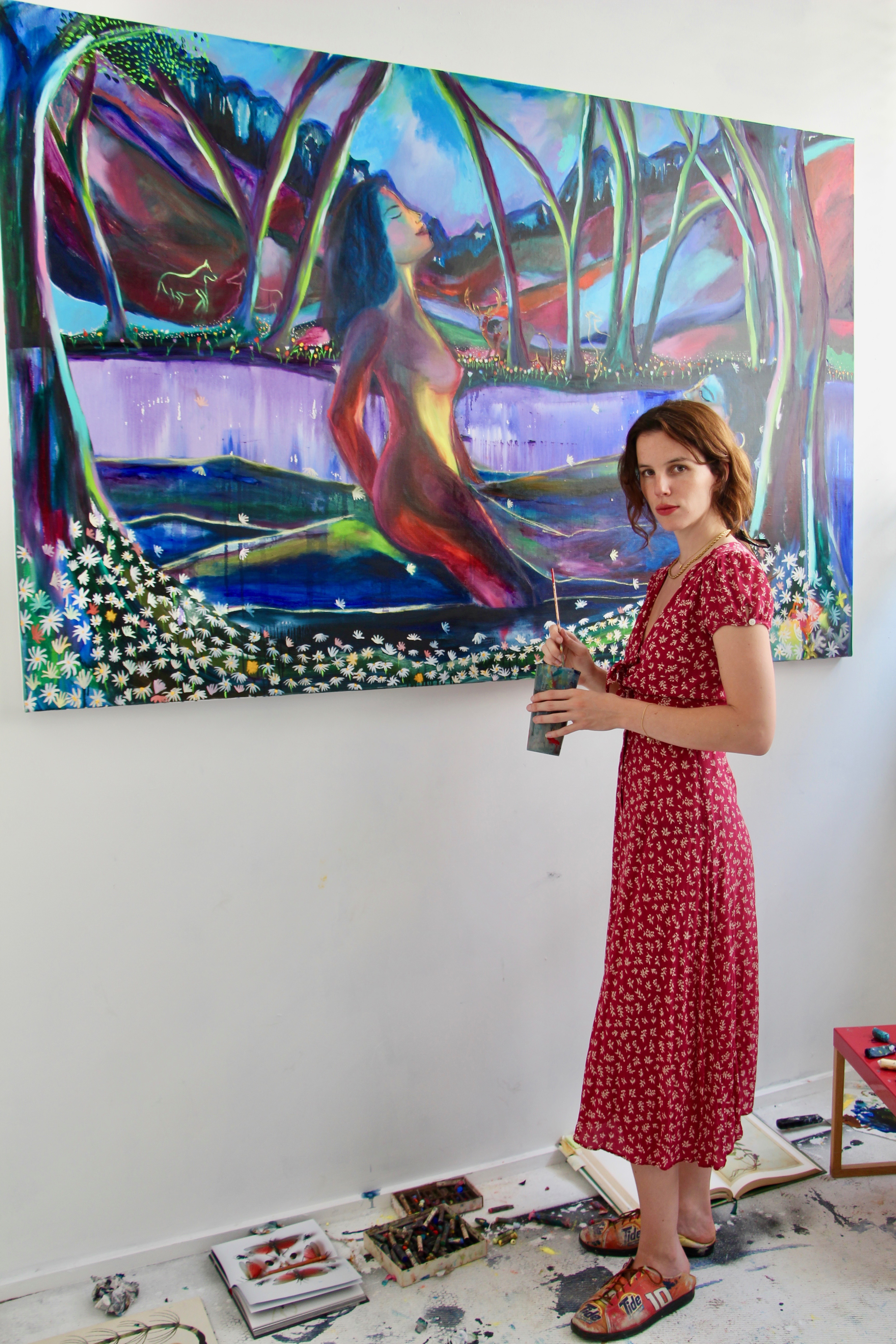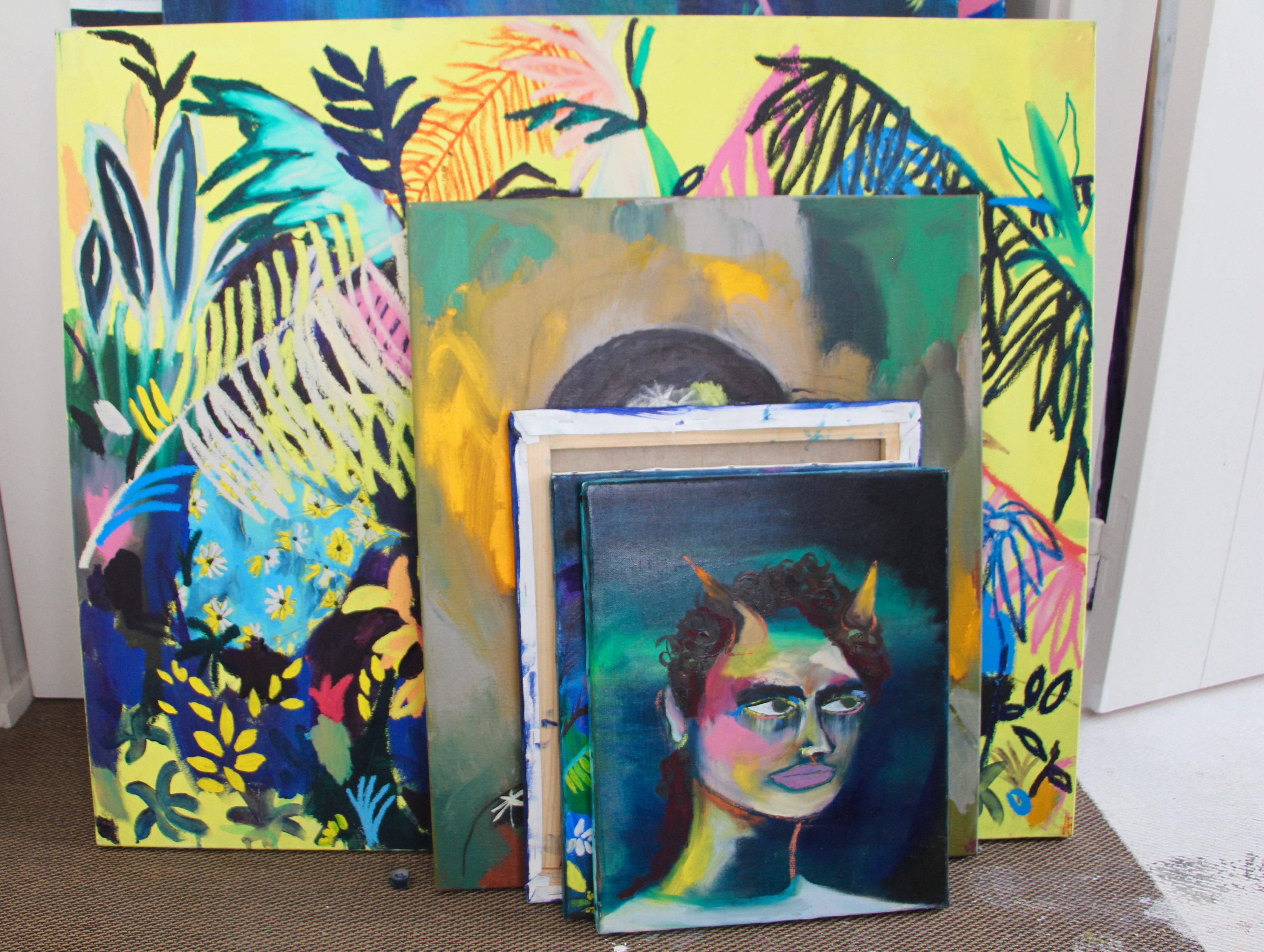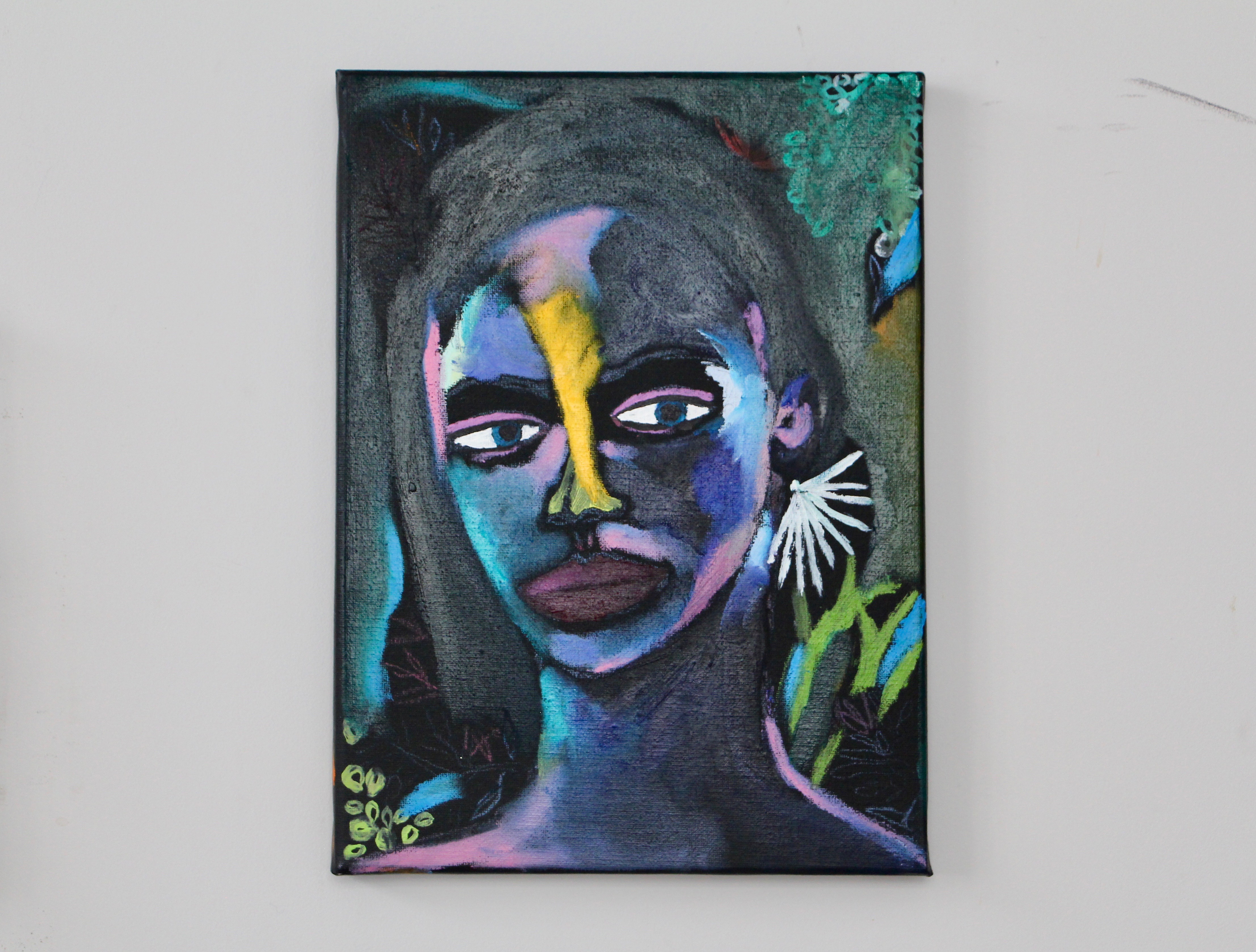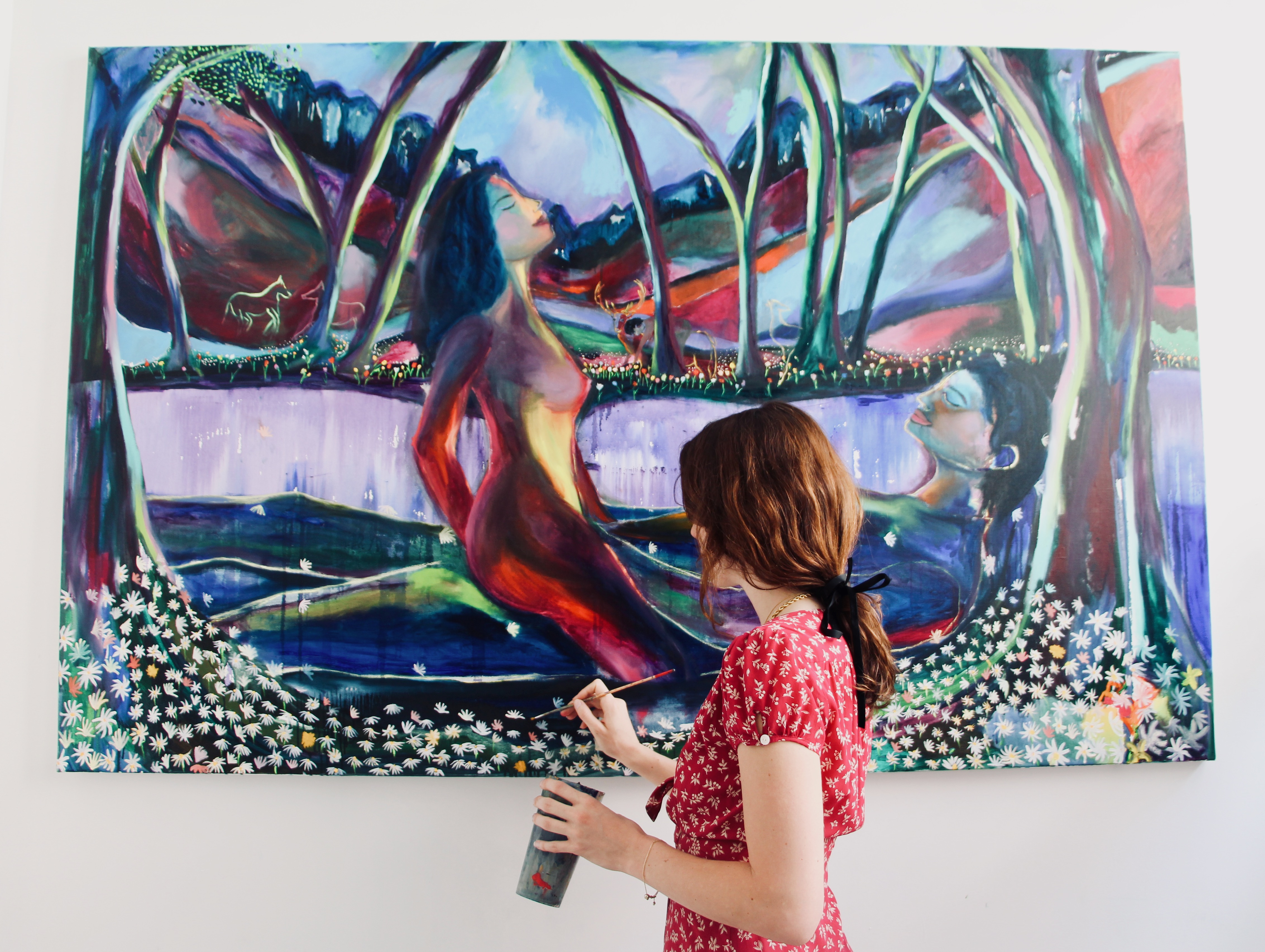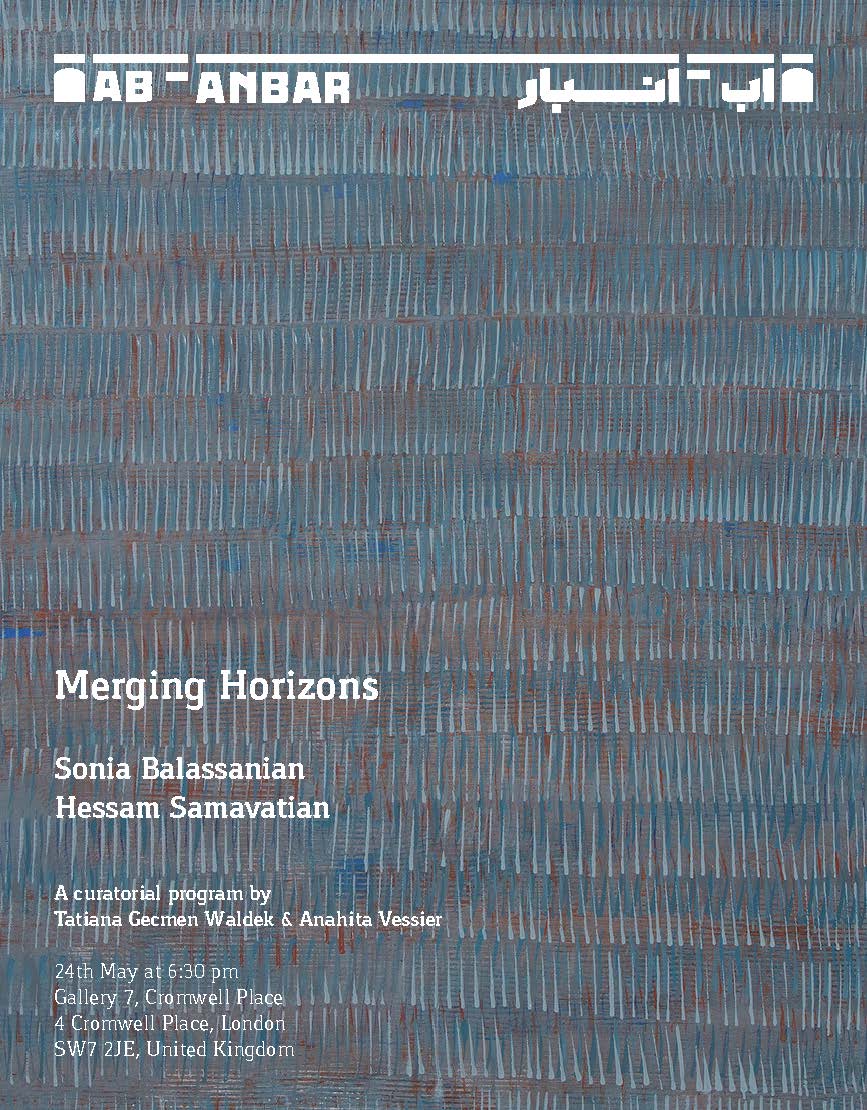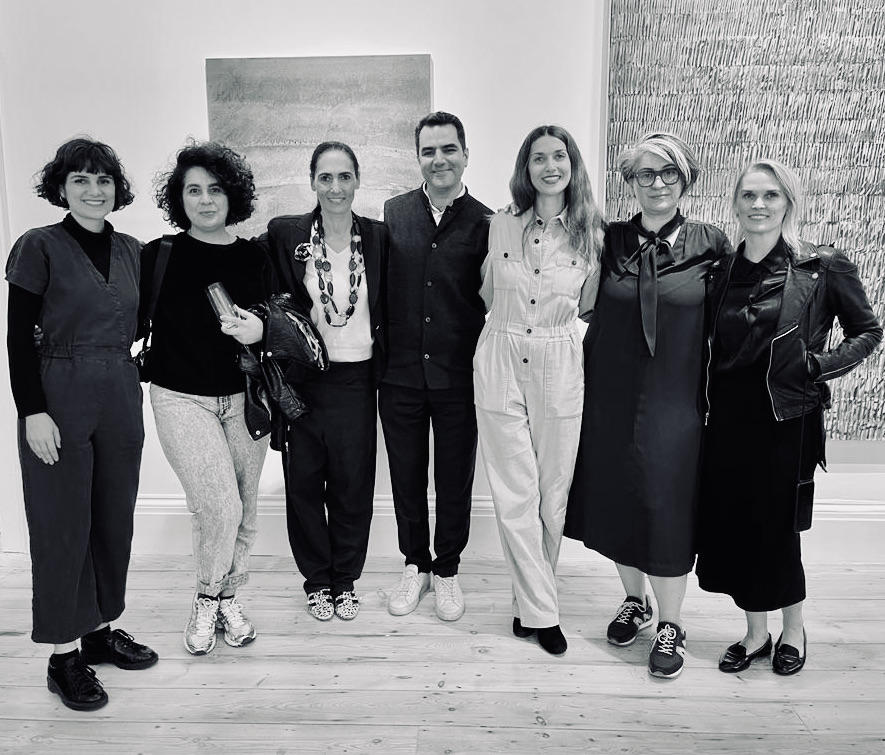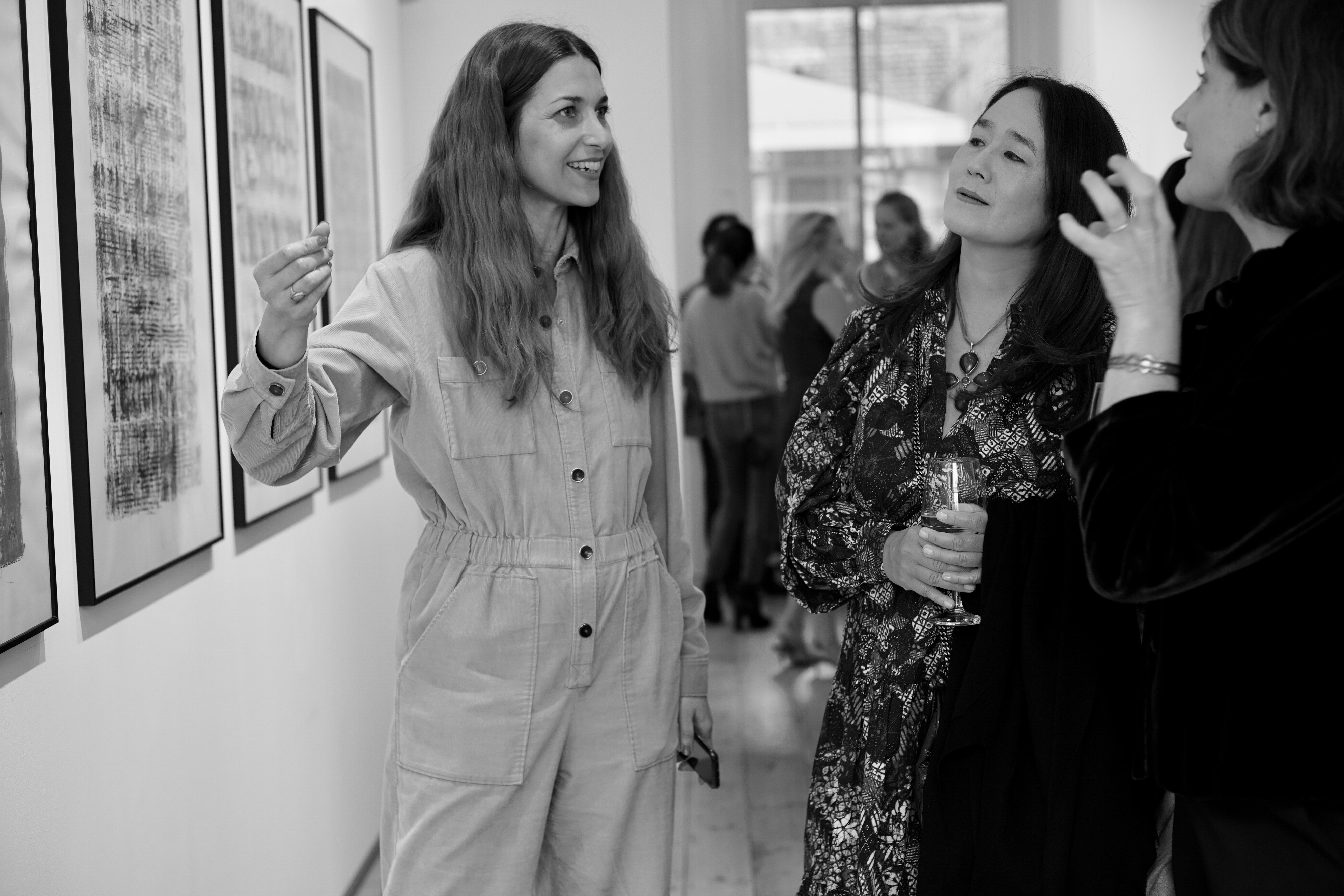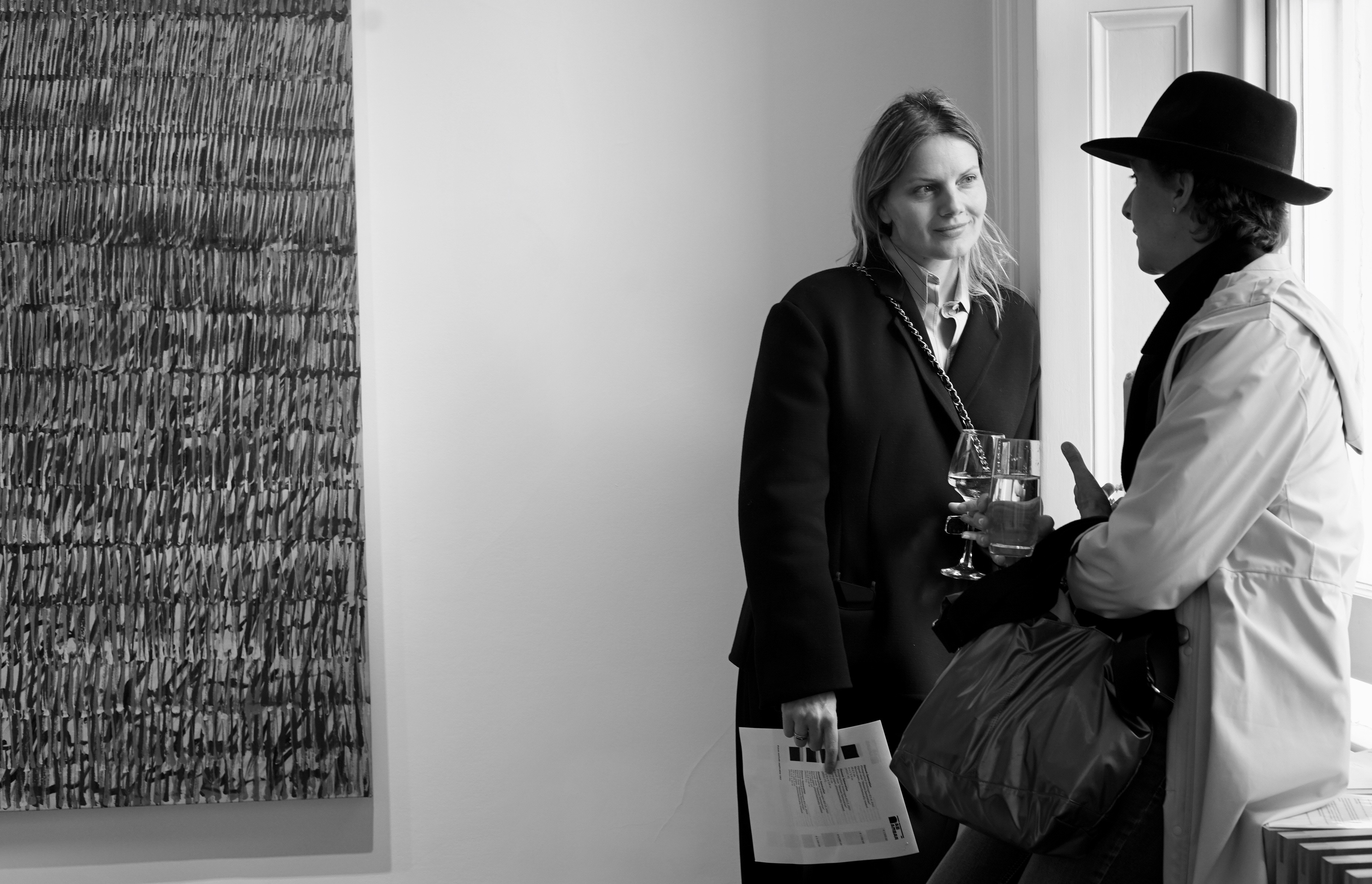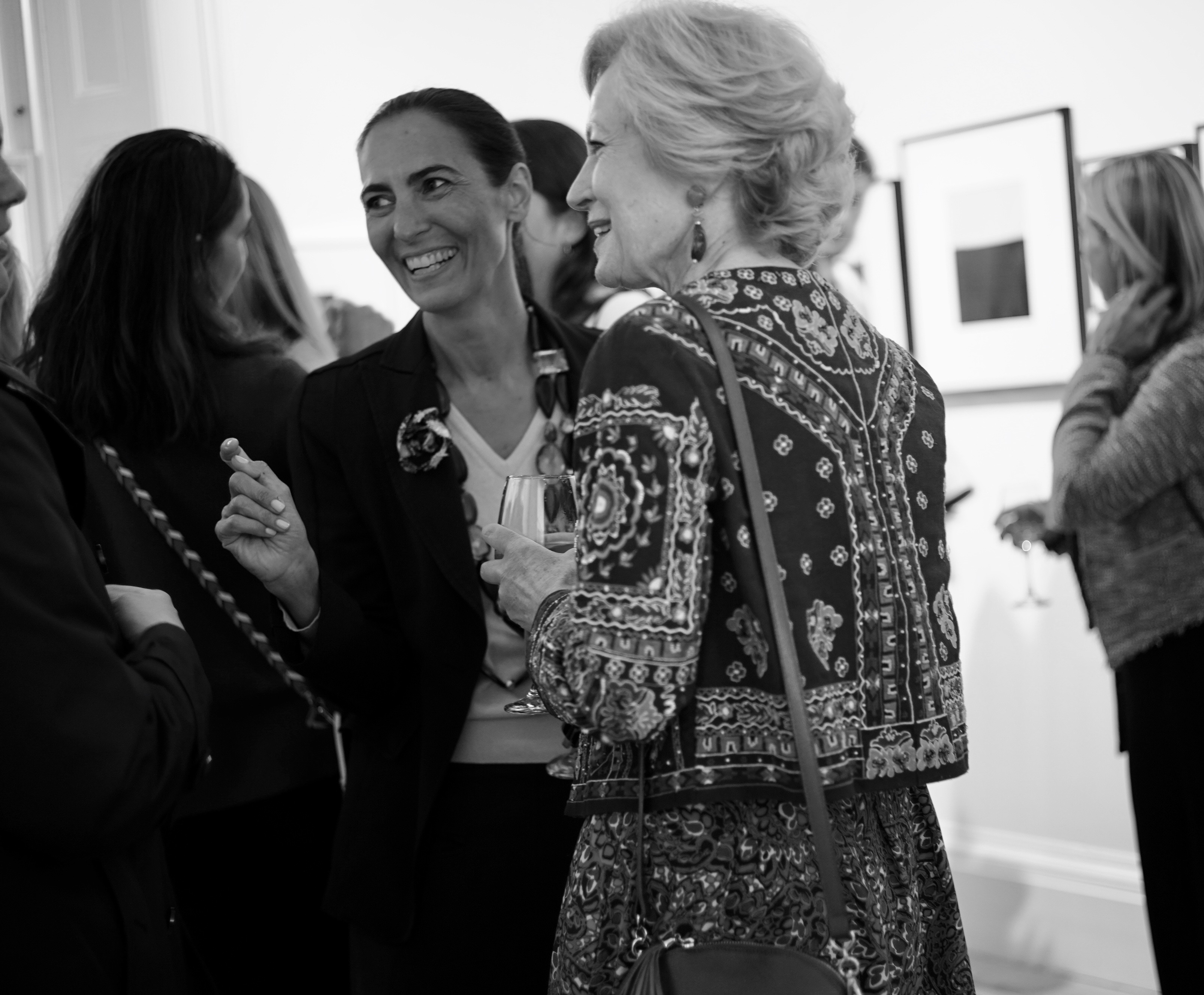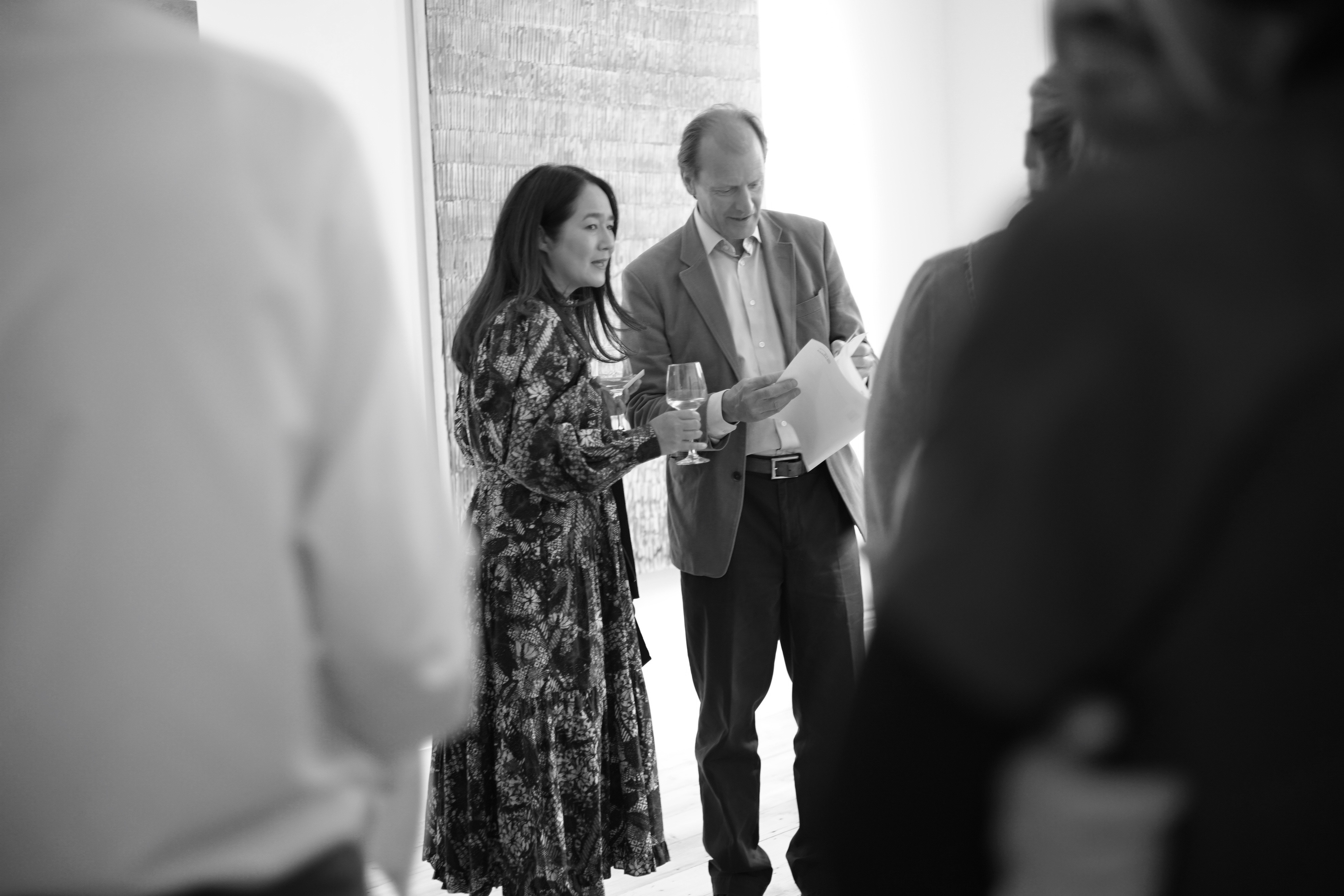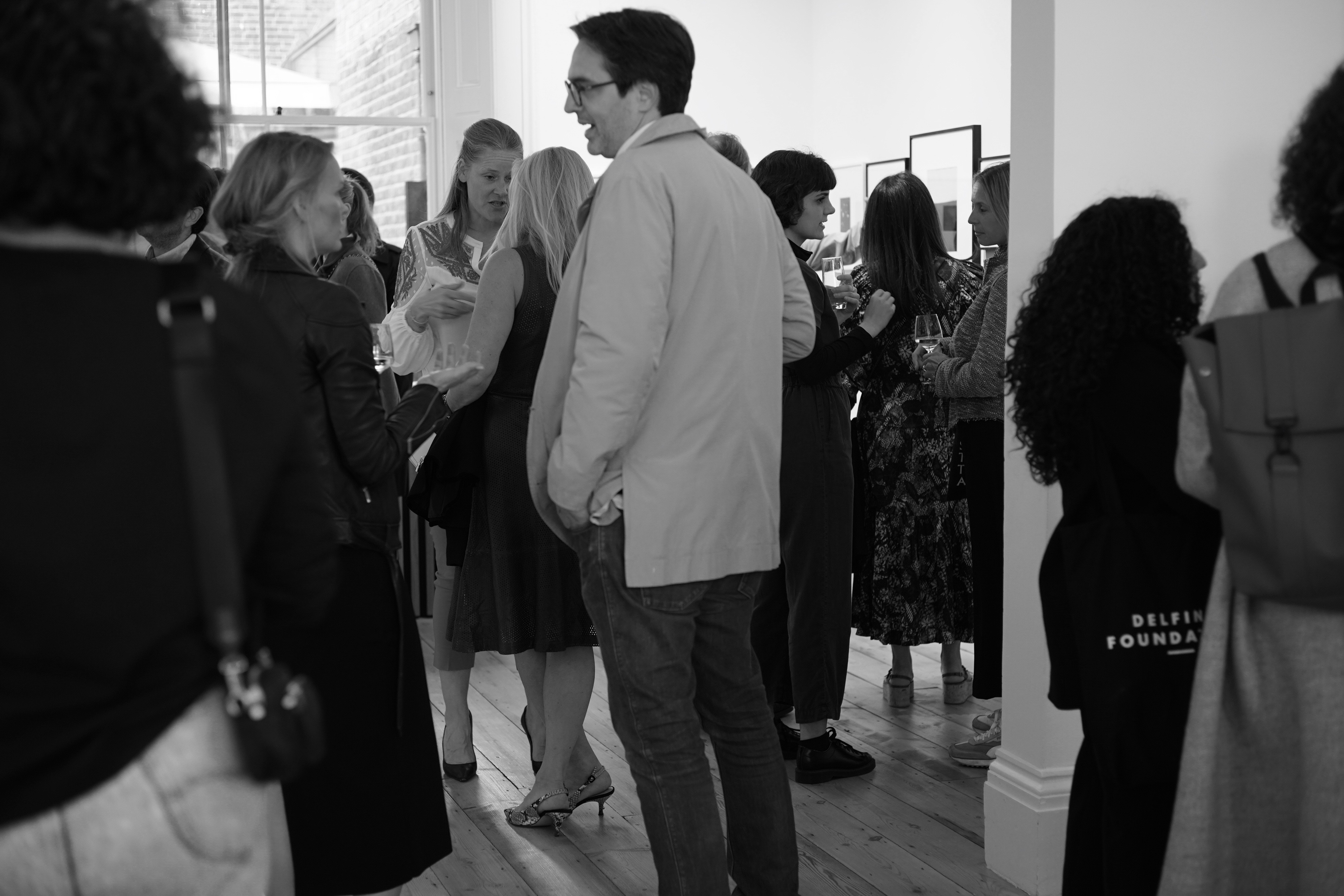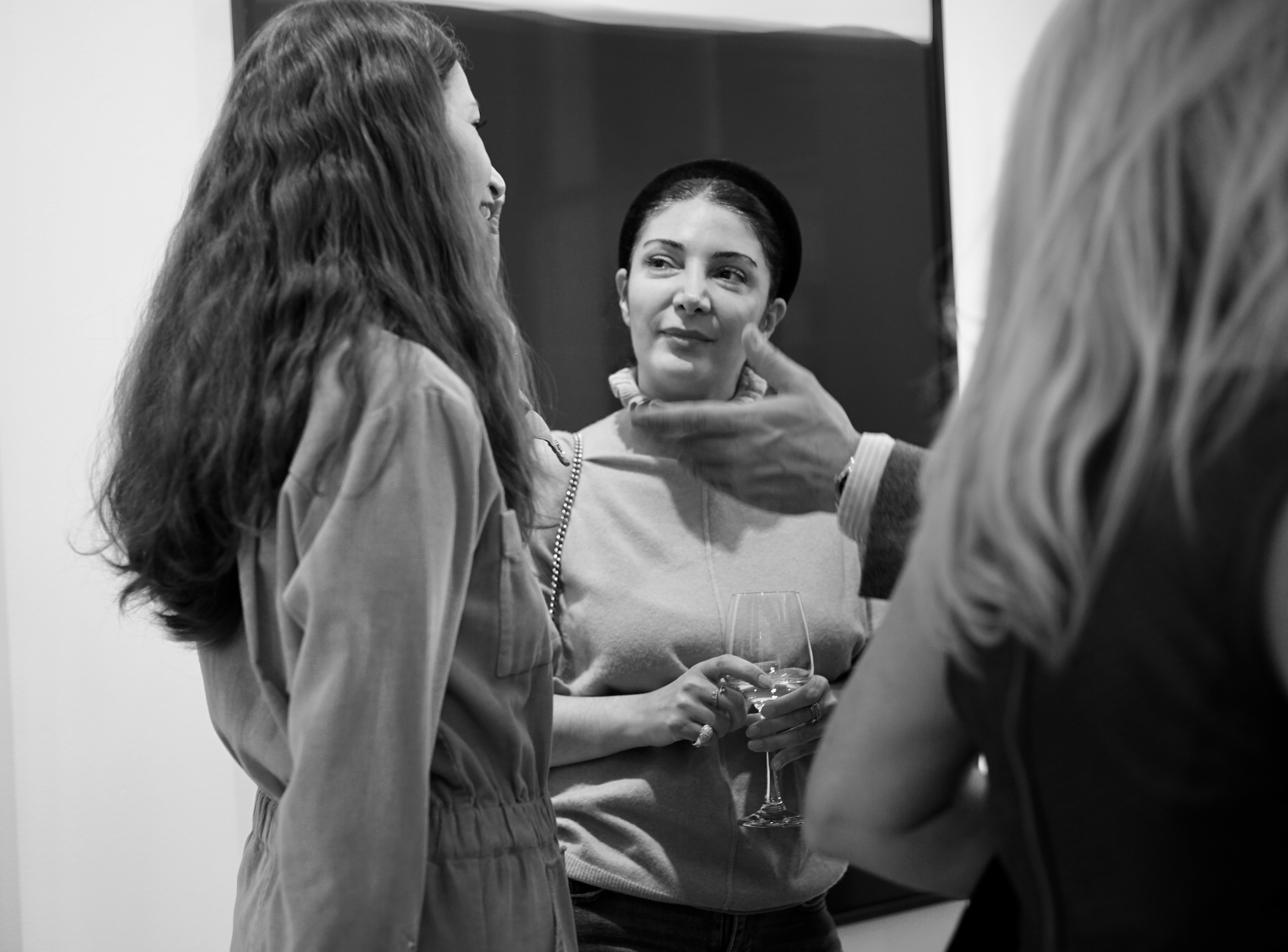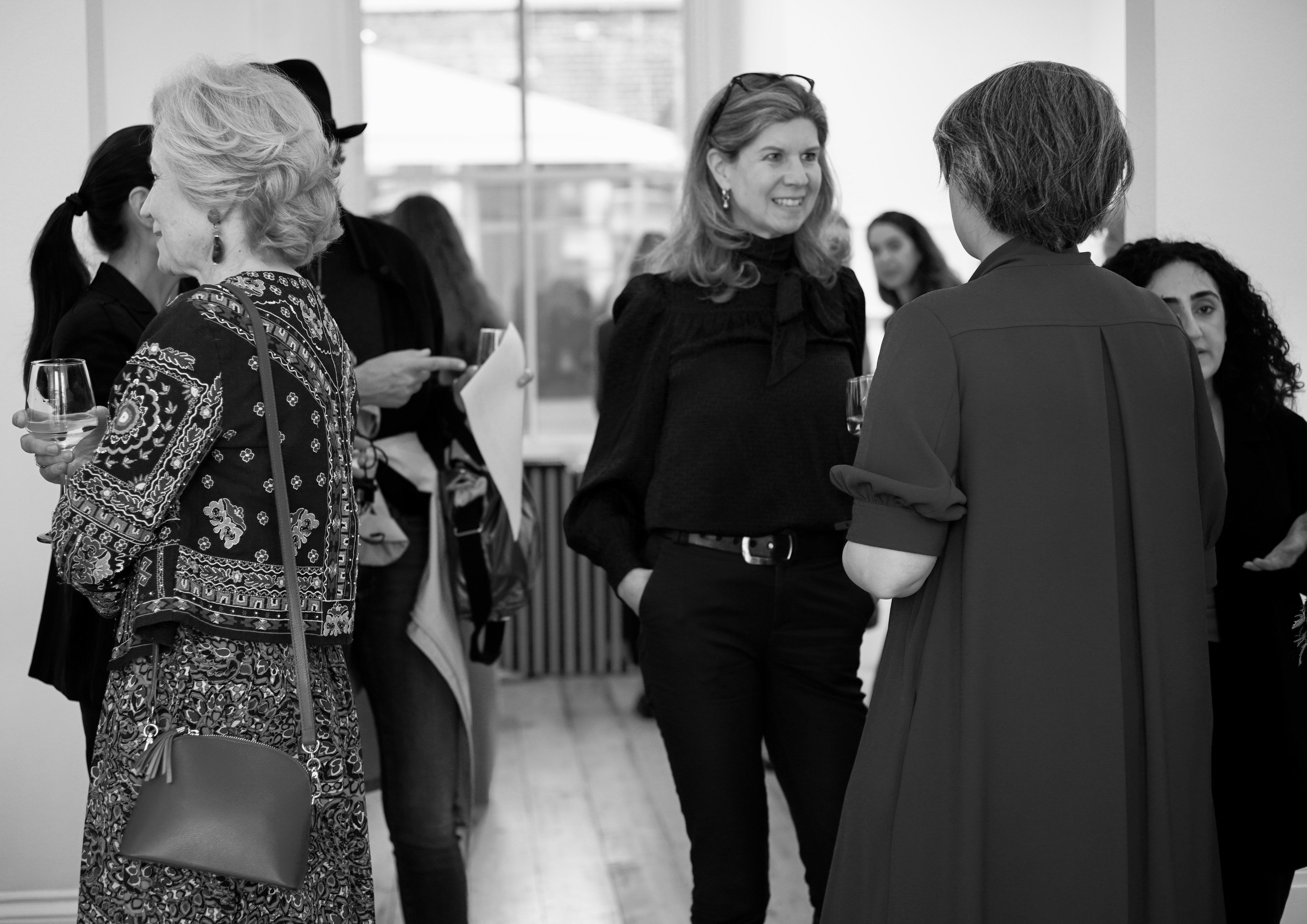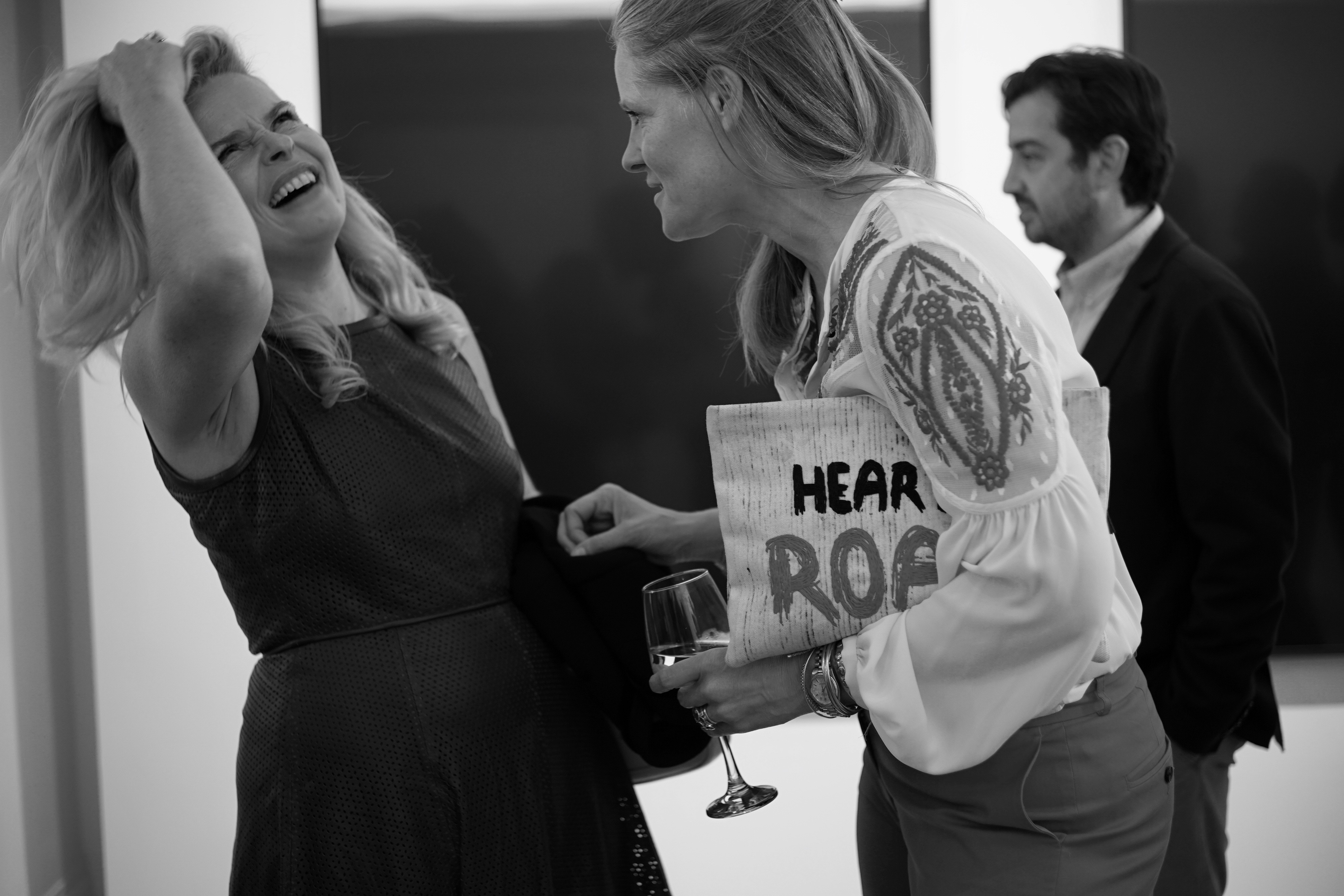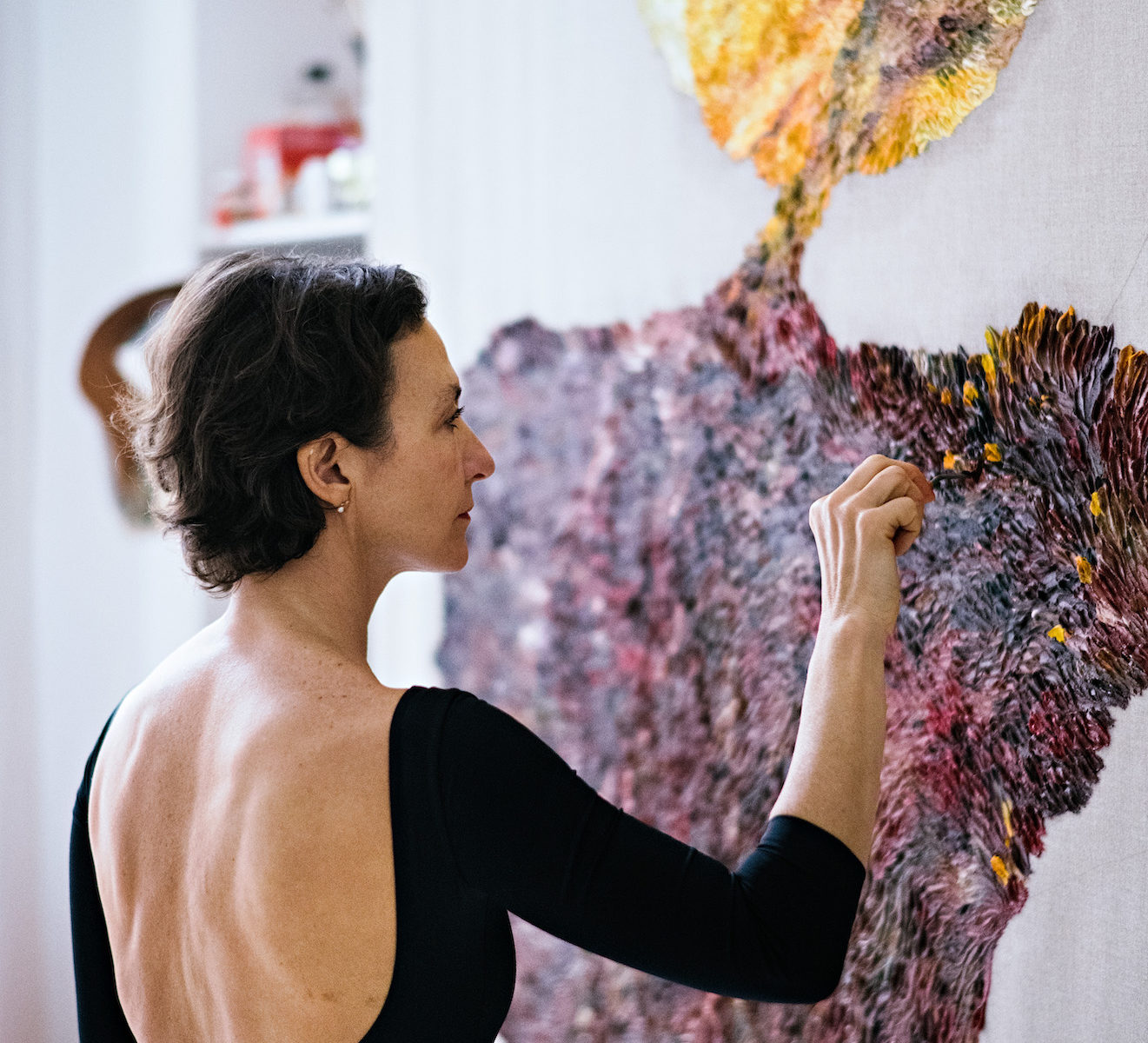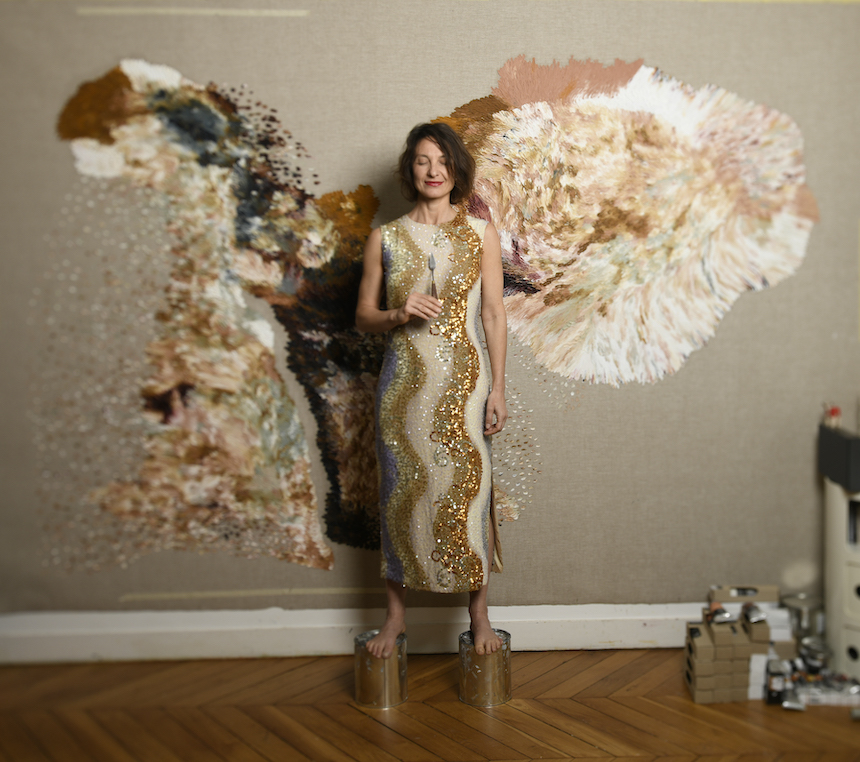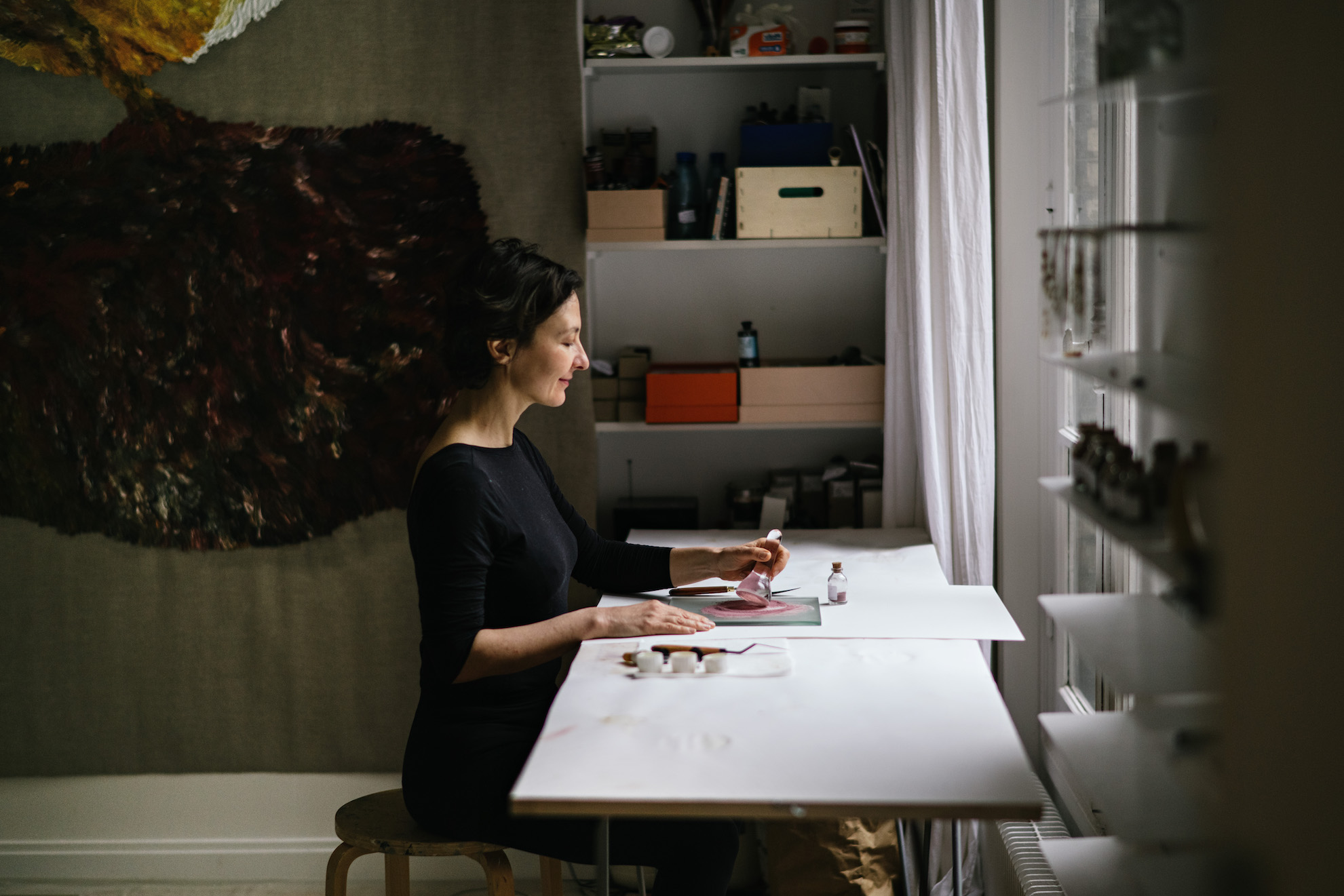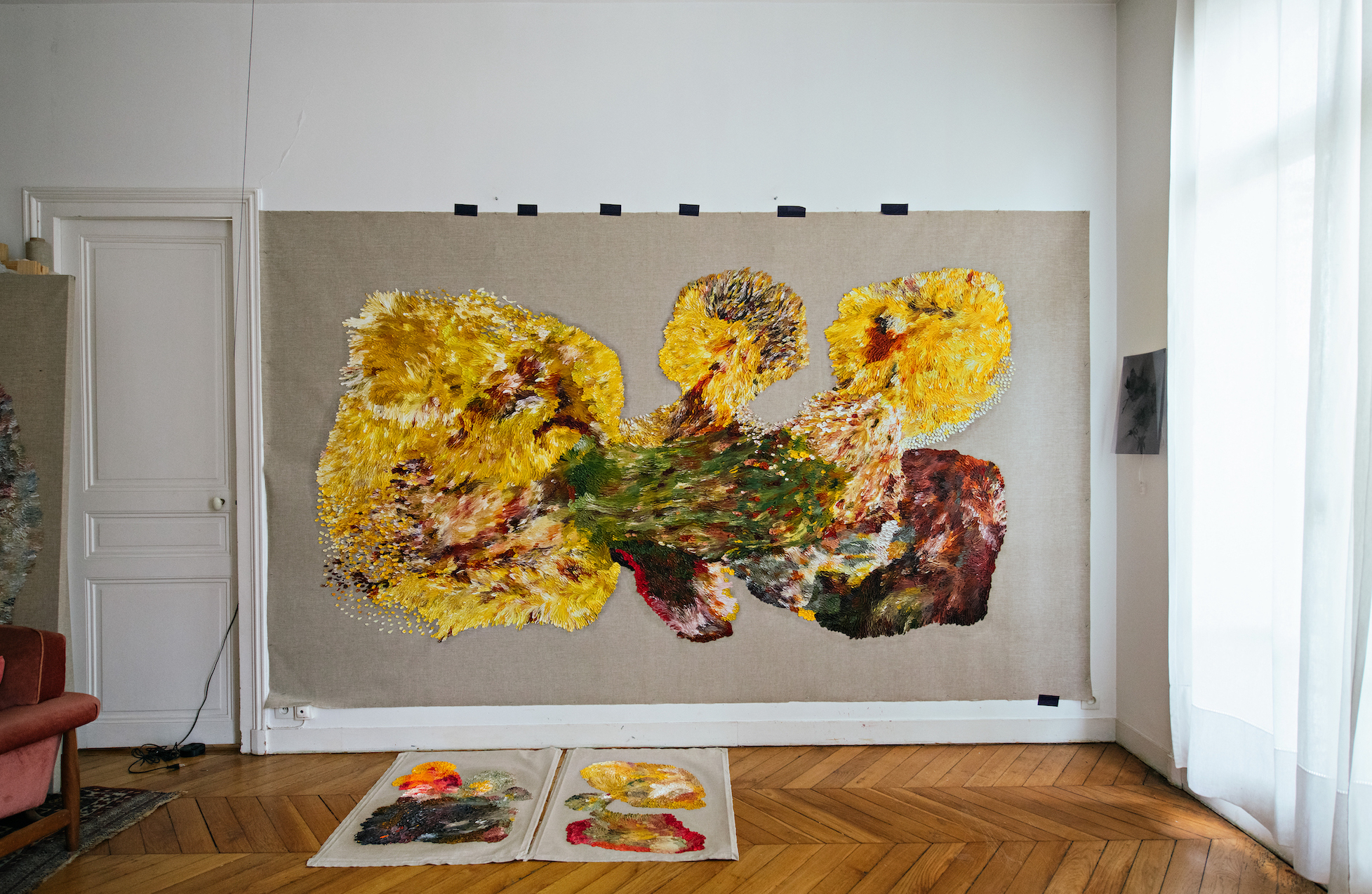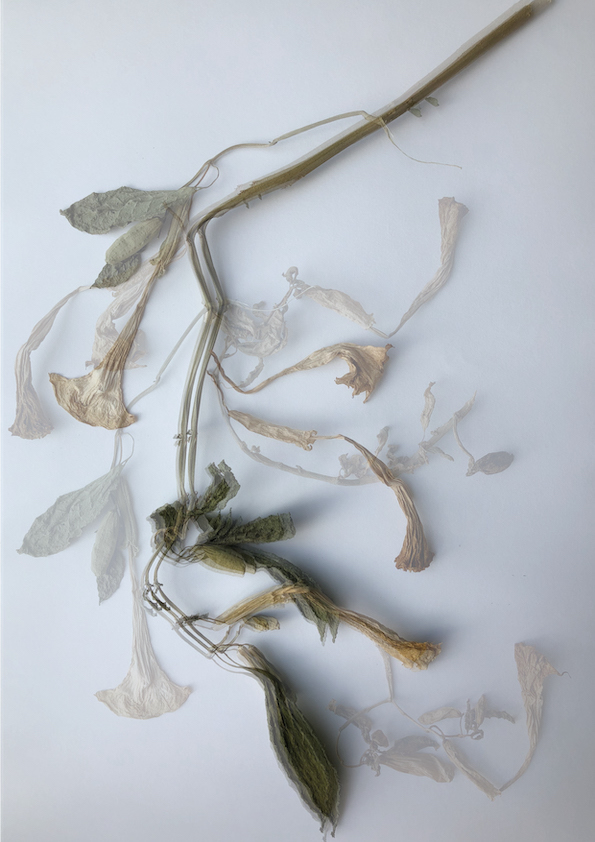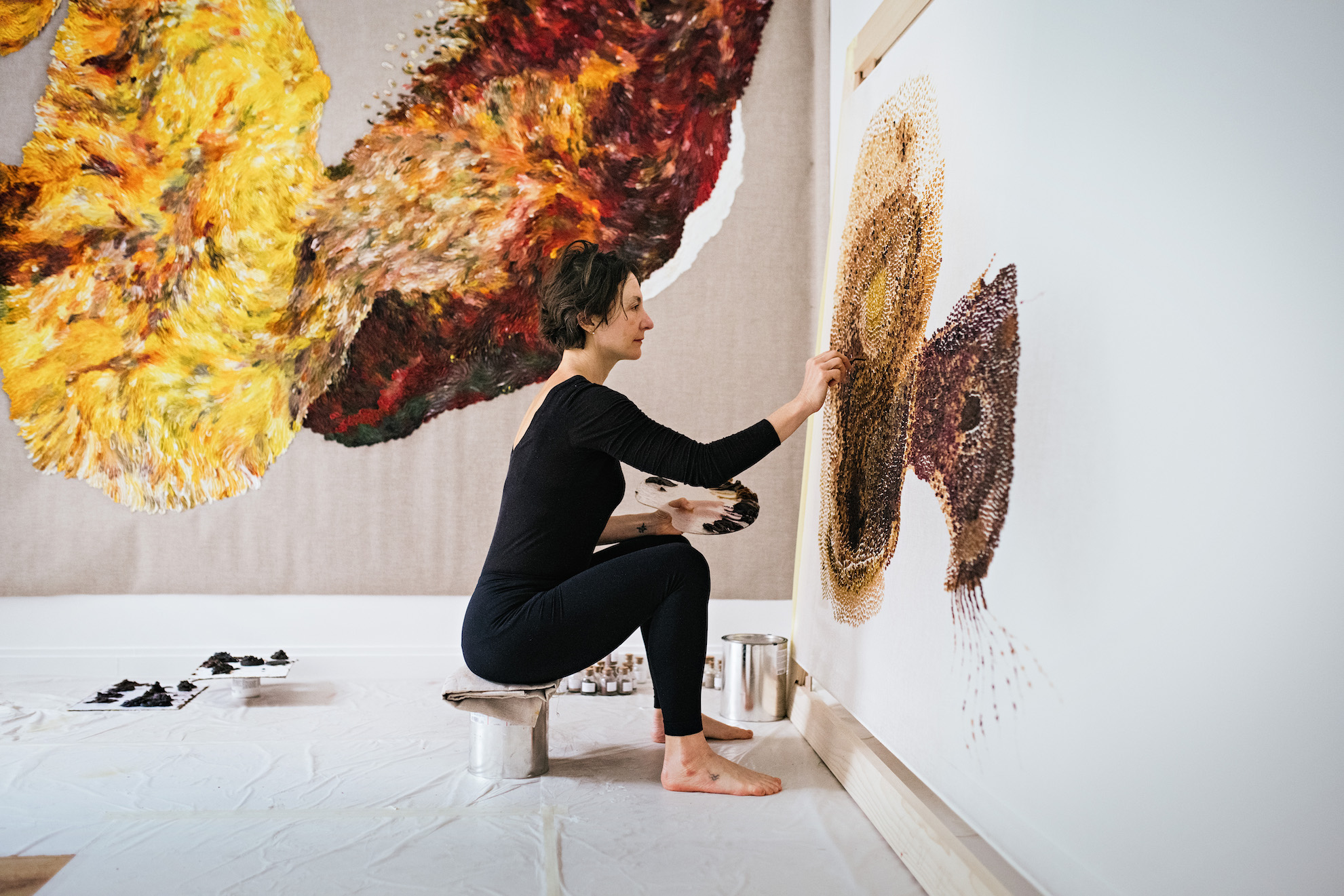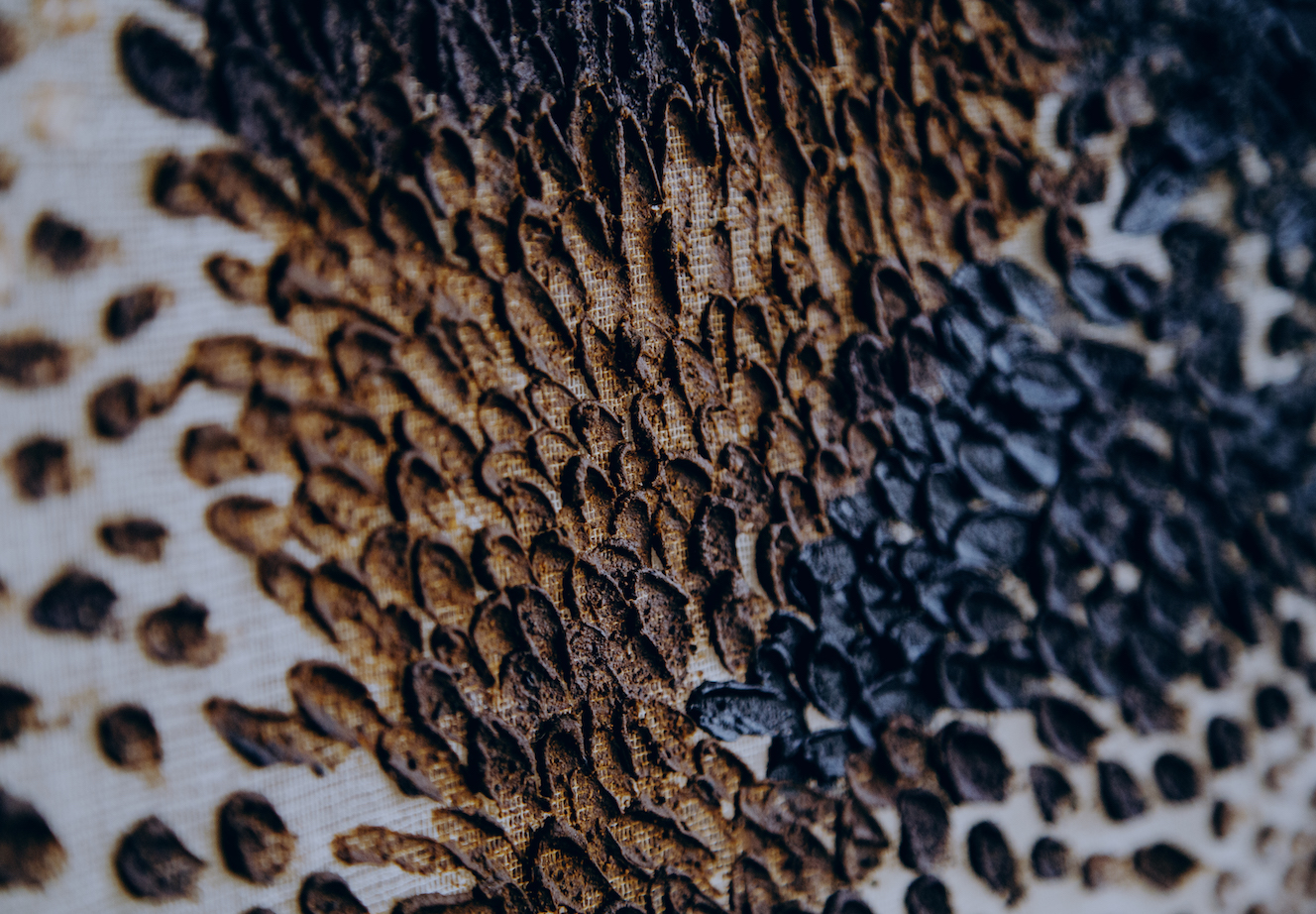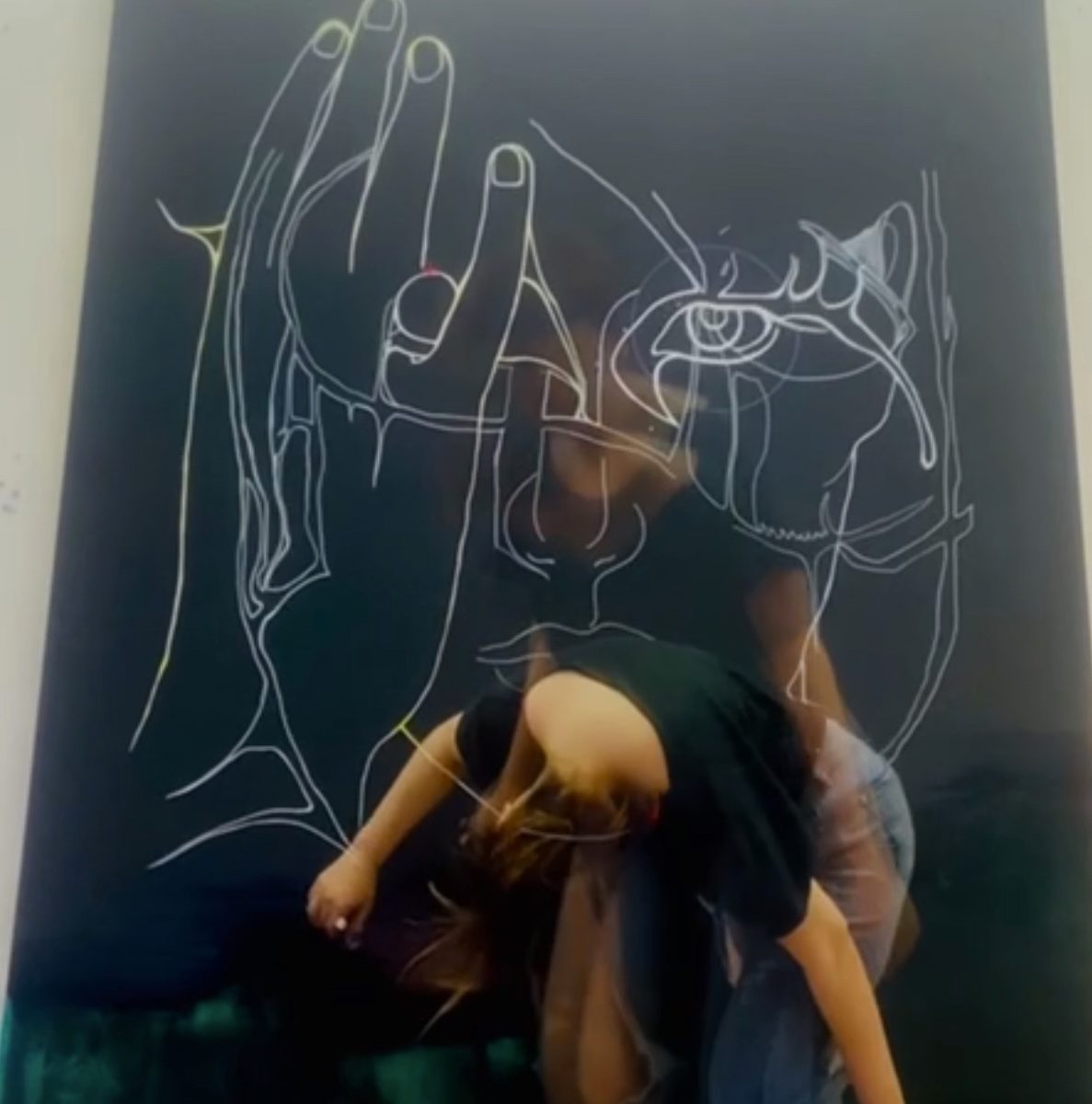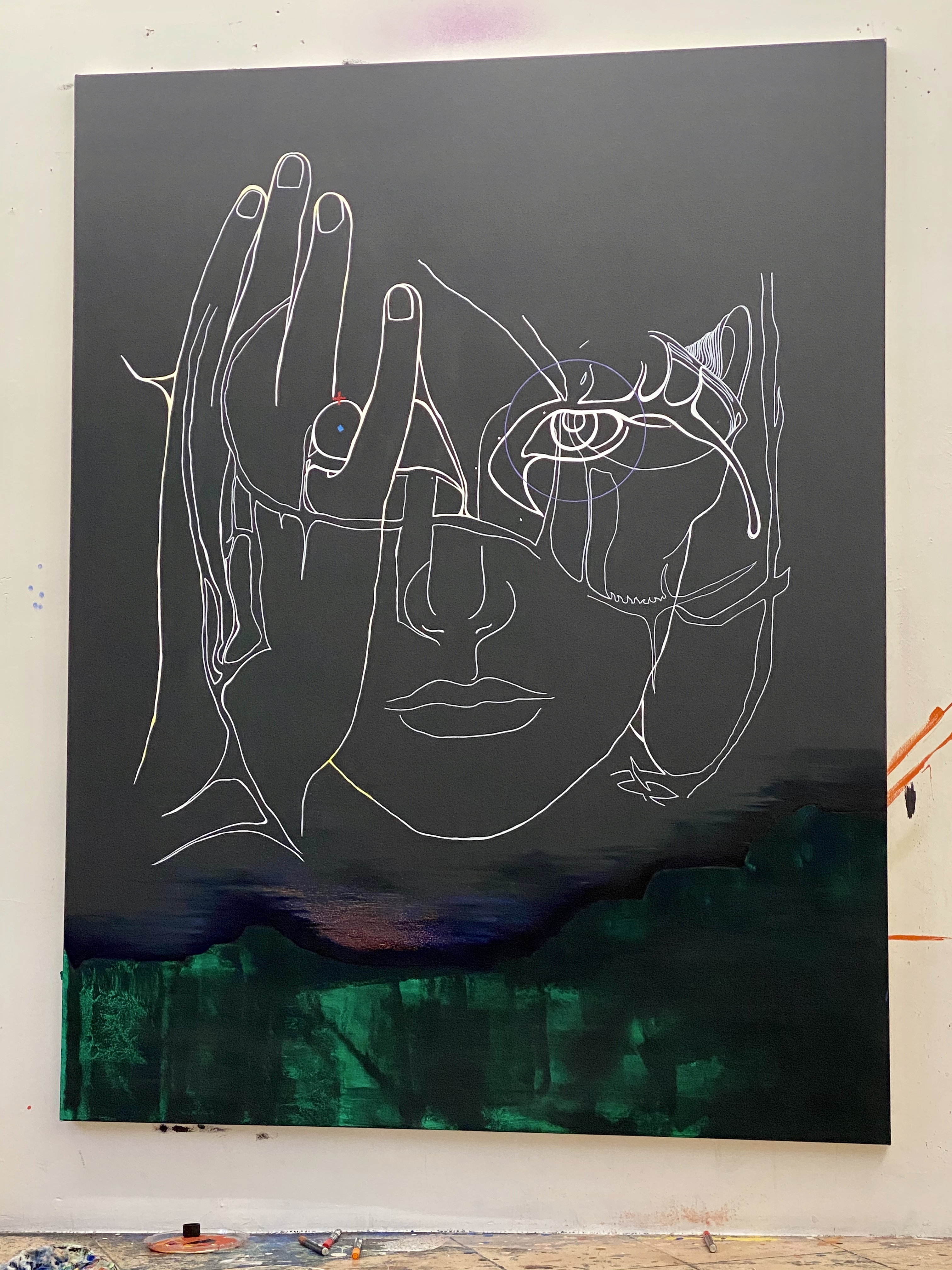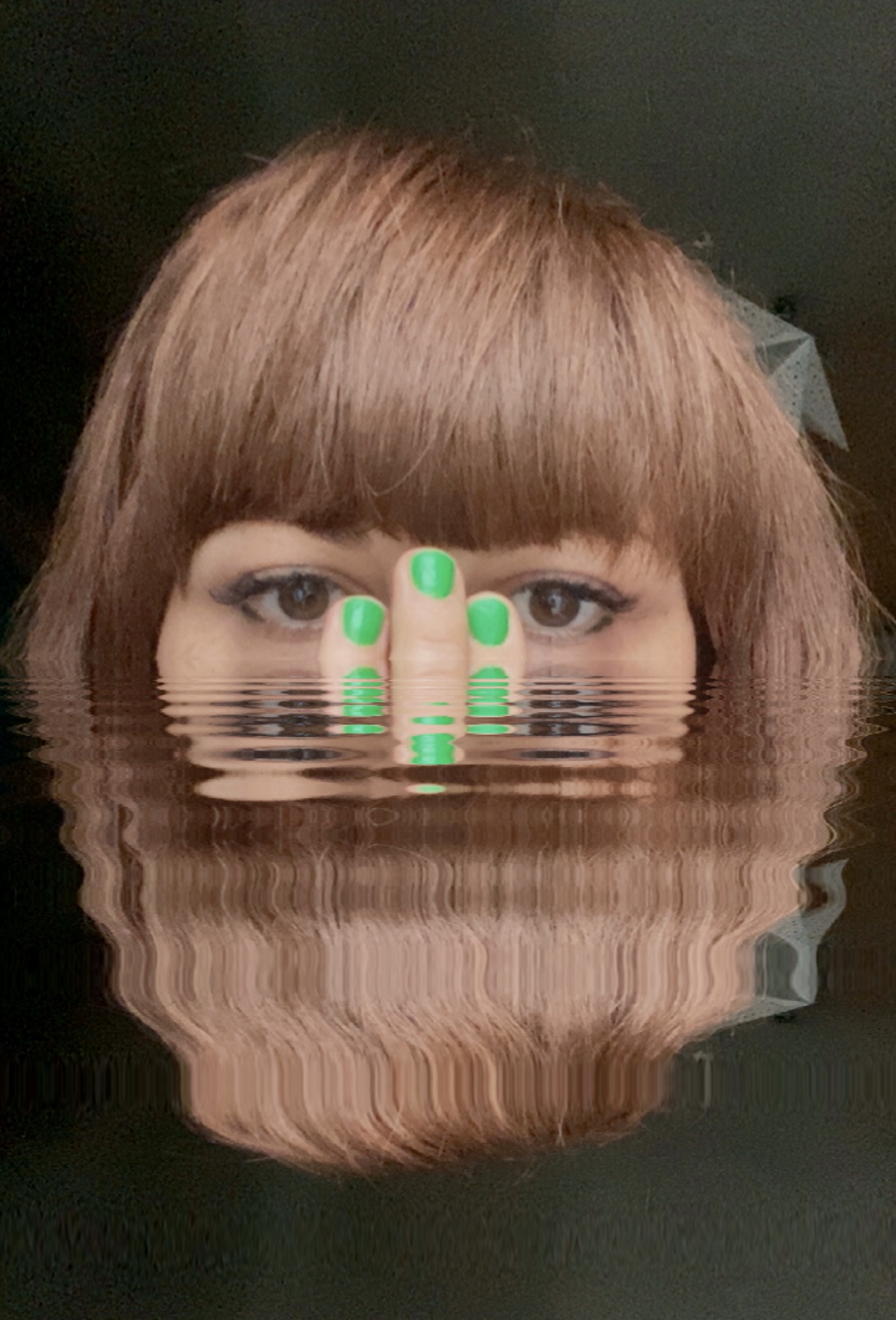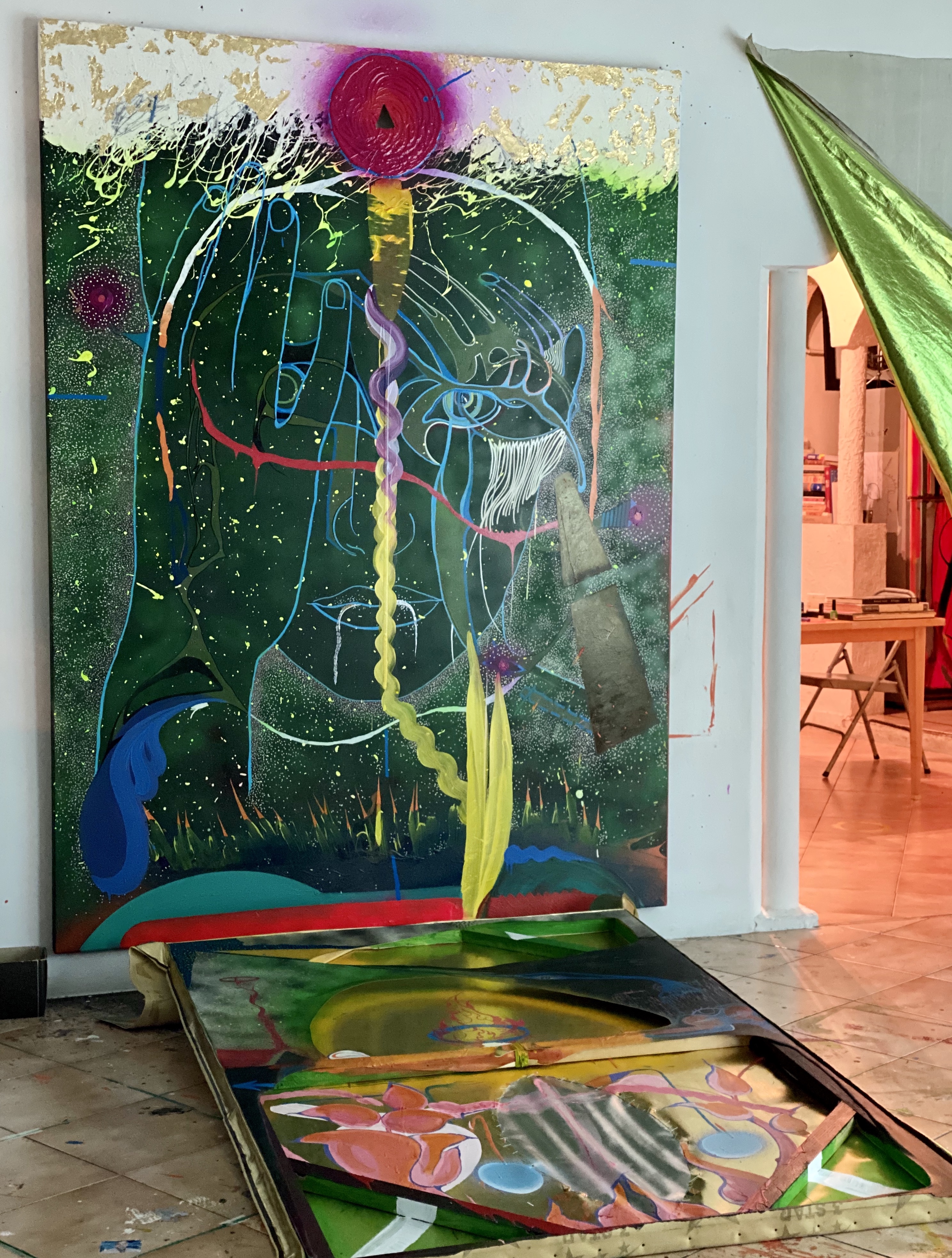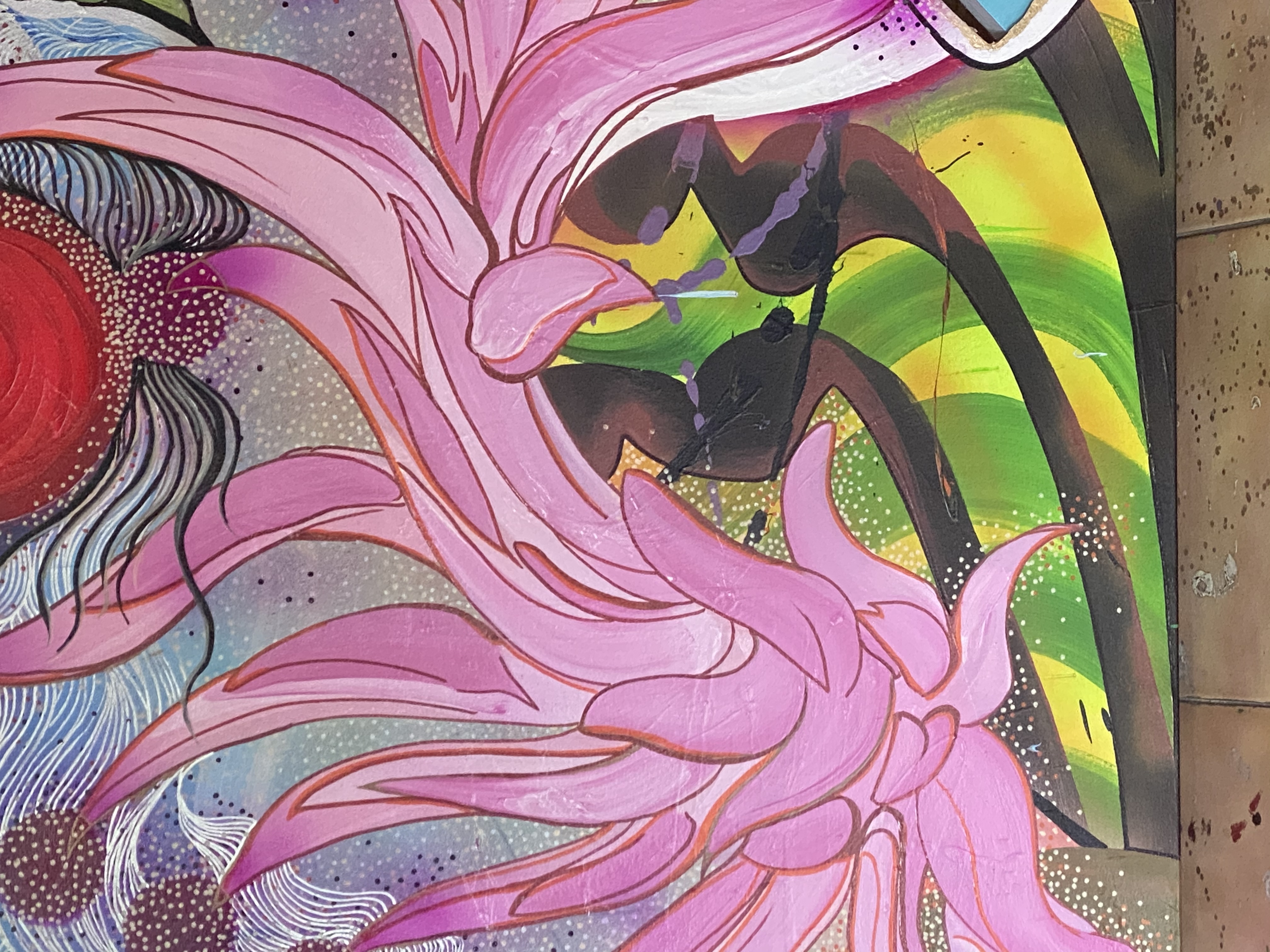JOSEPH ARZOUMANOV-DHEDIN: The Handcrafted Treasure of Dreams
Born in 2002, Joseph Arzoumanov-Dhedin is a jeweler and embroiderer whose work bridges craftsmanship and contemporary art. After prestigious residencies and training periods in India, Armenia, the United Arab Emirates, Uzbekistan, and at the Villa Albertine in the United States, Joseph has emerged as one of the most promising talents of the French art scene.
.
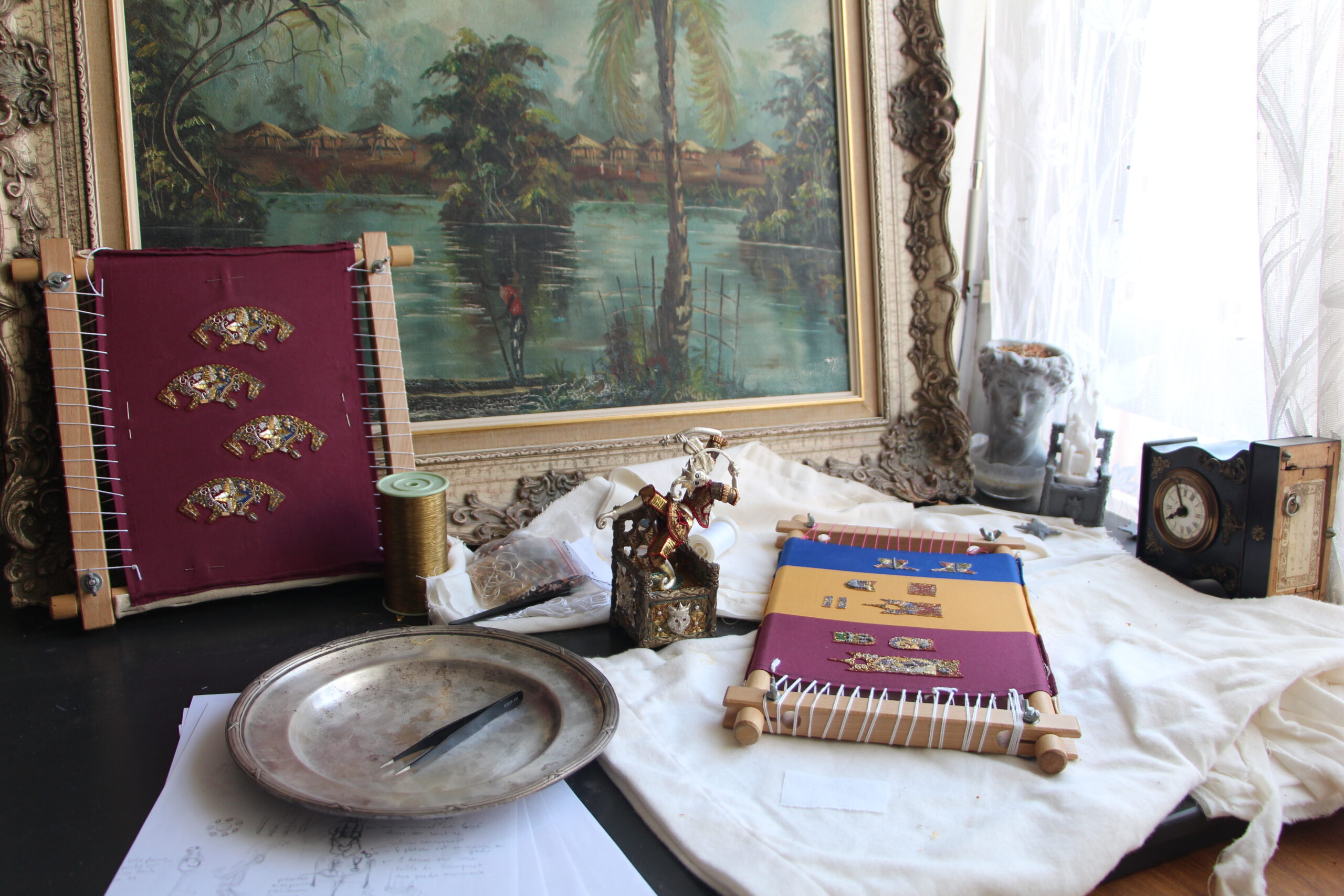
Joseph never forgets his dreams.
Each one occupies a vital place in his imagination. Charged with emotion, they inspire and guide his artistic journey.
It all began with a childhood dream — a radiant sun appearing before him. Beyond any symbolic reading, this sun became his personal emblem, now resting around his neck as a marvelous pendant of his own making.
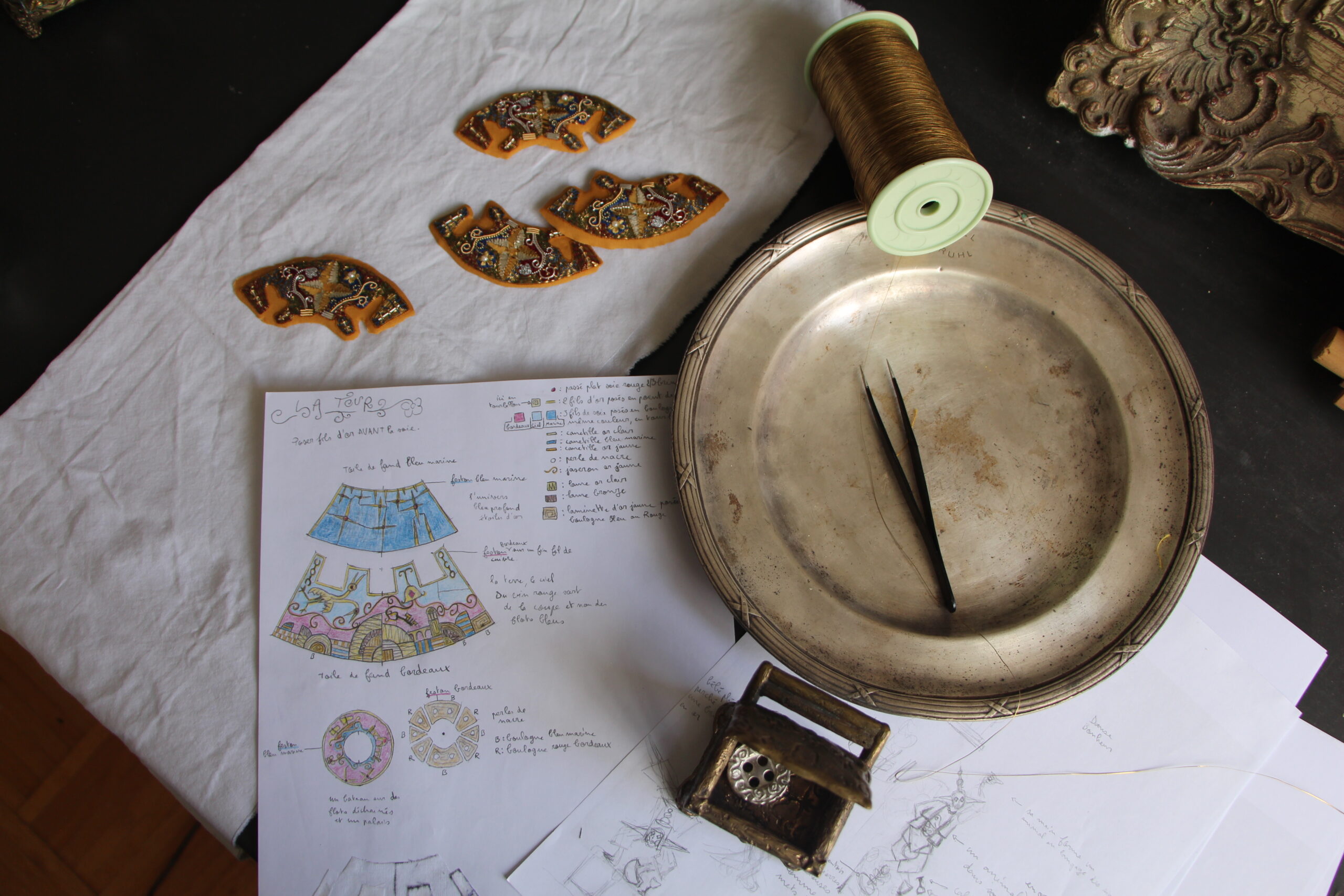
During his first year at École Duperré, Joseph began exploring a multiplicity of mediums. Embroidery, he says, became his gateway into sculpture. Thread by thread, he was led to the realm of goldsmithing through a decisive encounter with a jeweler who would become his mentor.
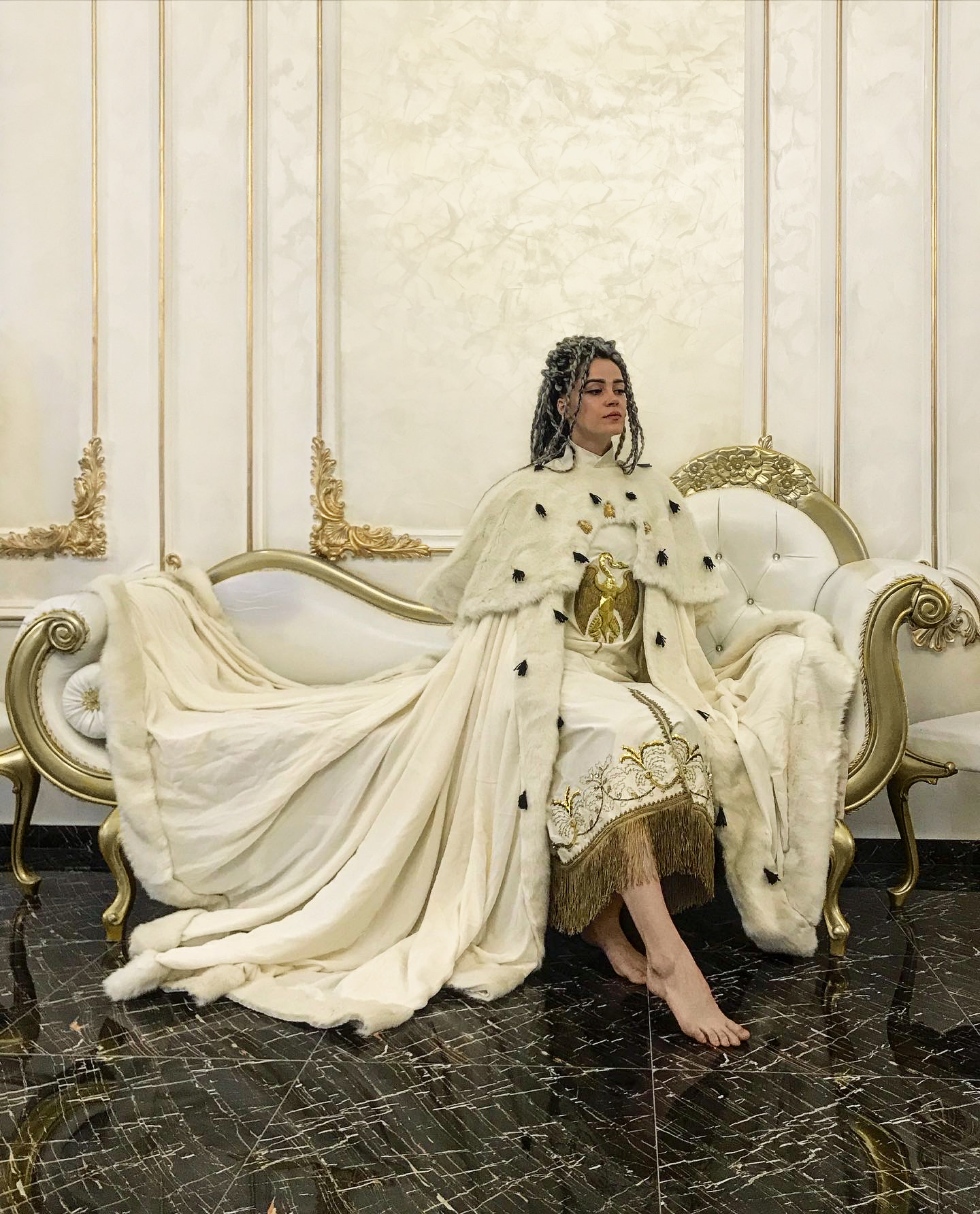
His singular practice gave rise to an extraordinary vision that he sums up with poetic precision:
“I am in pursuit of a treasure — the kind a child would dream of finding — and since I cannot discover it myself, I create it by digging into the earth.”
Through this act of creation, Joseph fulfills both his childhood desire to become a “treasure hunter” (an archaeologist) and his artistic necessity.

Gold, diamonds, rubies, emeralds… today Joseph swears only by the noblest of materials. Between goldsmithing and jewelry, his creations weave enchanting narratives. Every figure he sculpts or scene he embroiders is born from a dream. From The Violinist to The Storyteller, Joseph invites us into a oneiric world as surprising as it is original — a universe without boundaries, shaped by his global experiences: sculpting in Armenia, weaving in India and the Emirates, embroidering in Uzbekistan, and coding in the United States.

This openness to the world is deeply rooted in his family history. Raised in a Franco-Russian household, Joseph grew up celebrating the dialogue between these two cultures. Descended from Jewish and Armenian exile, he finds strength in this plural heritage. For a time, he lived with his parents in Morocco, where he also drew new references and inspirations.
When asked about his greatest treasure, he immediately mentions his Mausoleum — a six-meter-high installation that fuses sculpture and embroidery. For Joseph, it is “the perfect blend of Morocco, Russia, and France.”
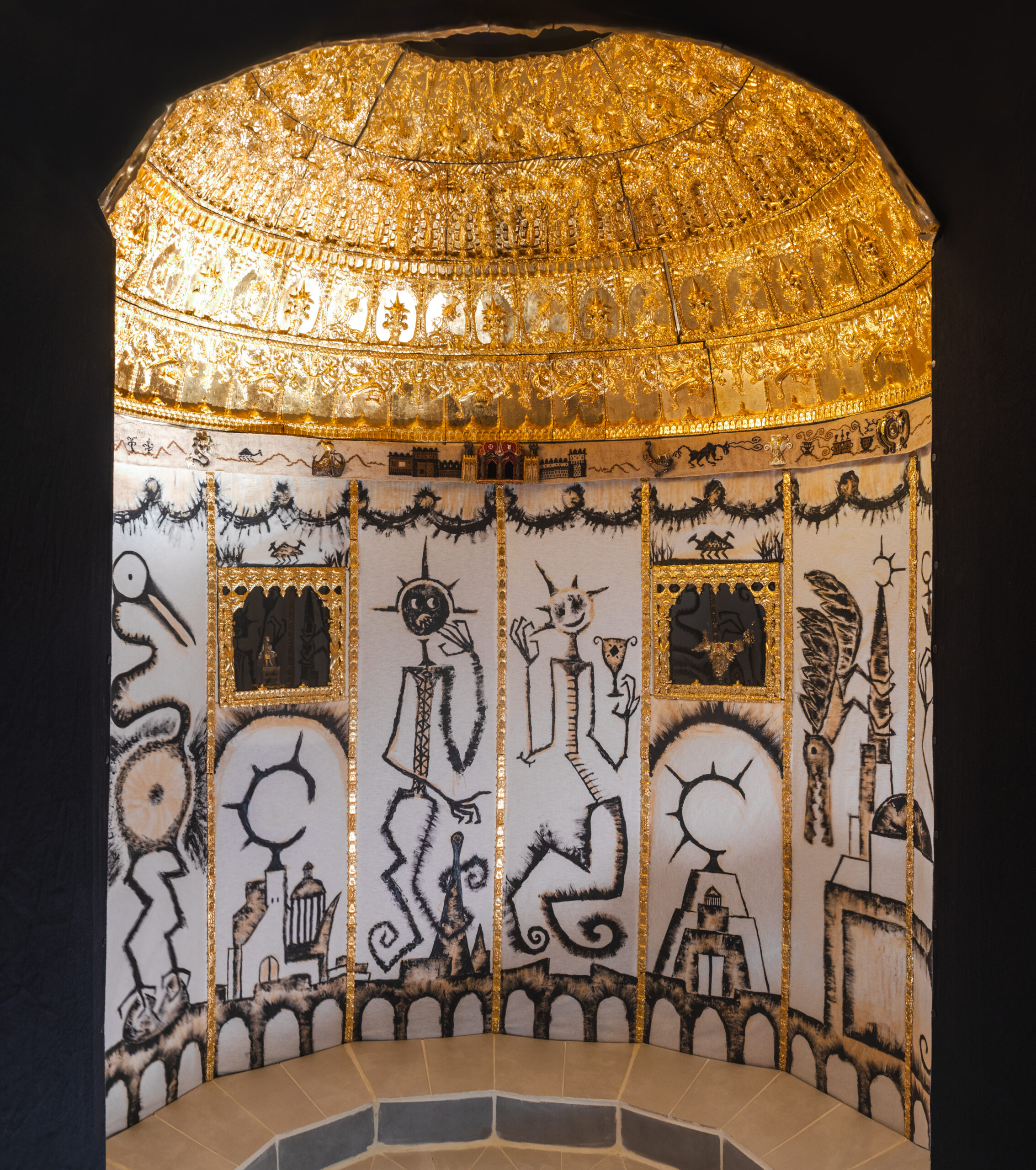
Now in his fourth year at the Beaux-Arts de Paris, Joseph reflects on his approach to making:
“At the Beaux-Arts, craftsmanship is almost a dirty word. Yet I firmly believe that even in the simplest embroidery, there’s an incredible randomness that gives the work its emotional depth.”
And when faced with the perennial question — Art or Craft? — he replies, with a smile:
“I’m an artist… but honestly, I don’t care.”
For Joseph, who moves freely between master jewelers, weavers, embroiderers, and art professors, the distinction is meaningless — a debate not worth having.
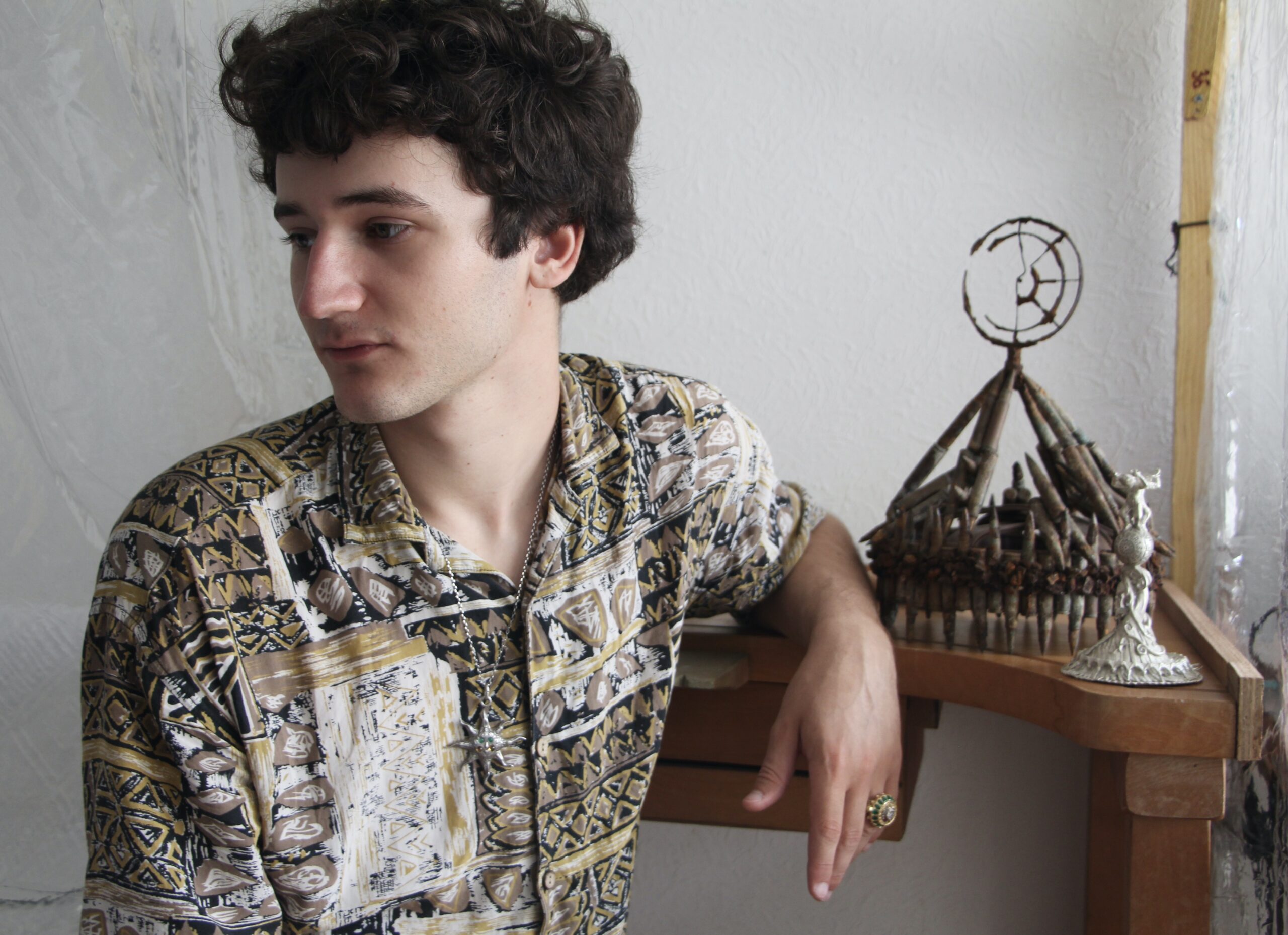
The future looks bright for this young artist. His residencies, commissions, and exhibitions multiply. As his first film is about to premiere, a second is already being written, alongside an ambitious virtual reality project.
Following his Villa Albertine residency in 2024, Joseph developed a surreal chessboard where each piece is played by a robotic arm he designed in collaboration with researchers at M.I.T. This new treasure is soon to be unveiled — to be continued.
Credits:
Cover photo (Home) : Anahita Vessier
Text : Raphaël Levy
Share this post
